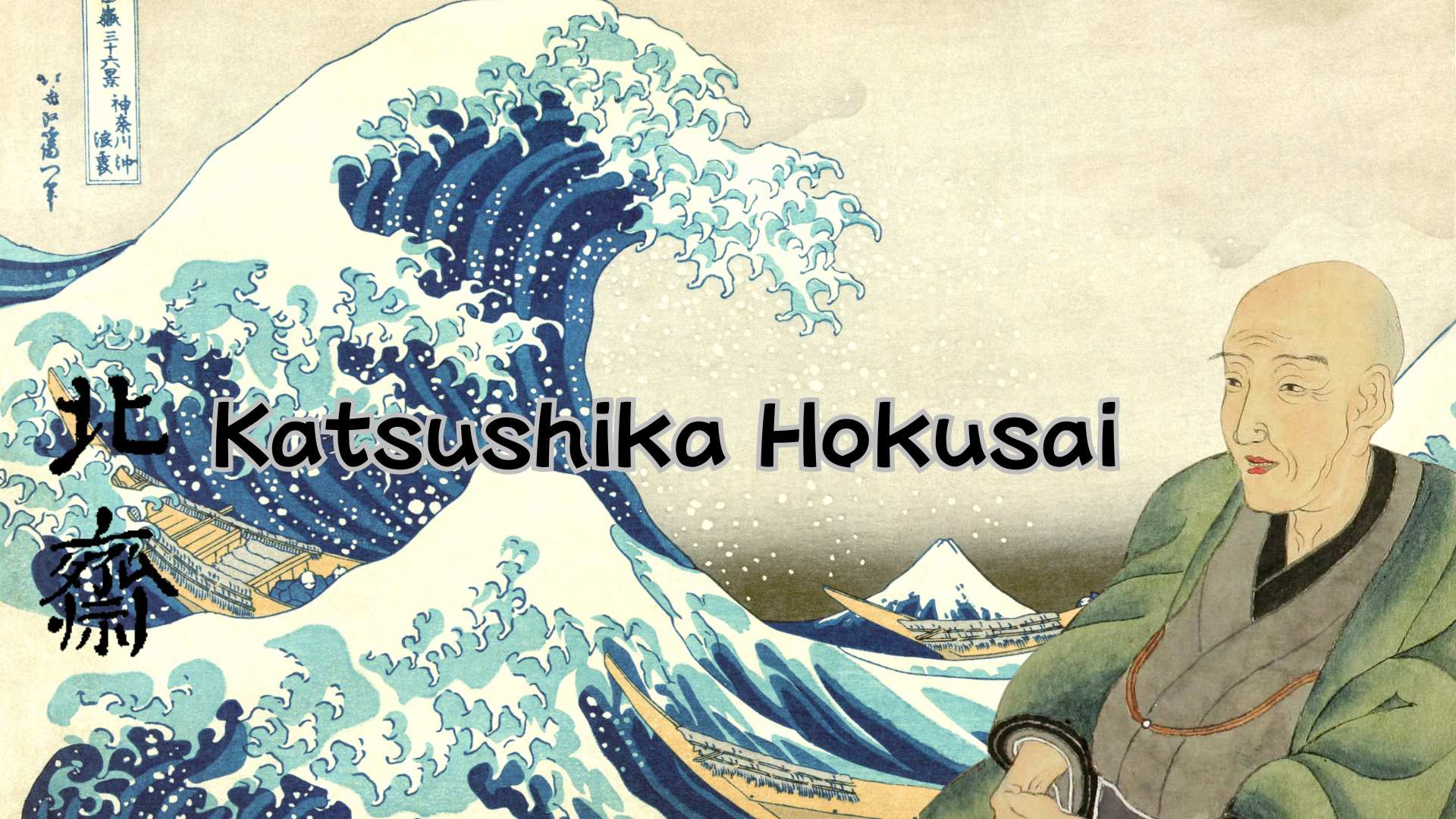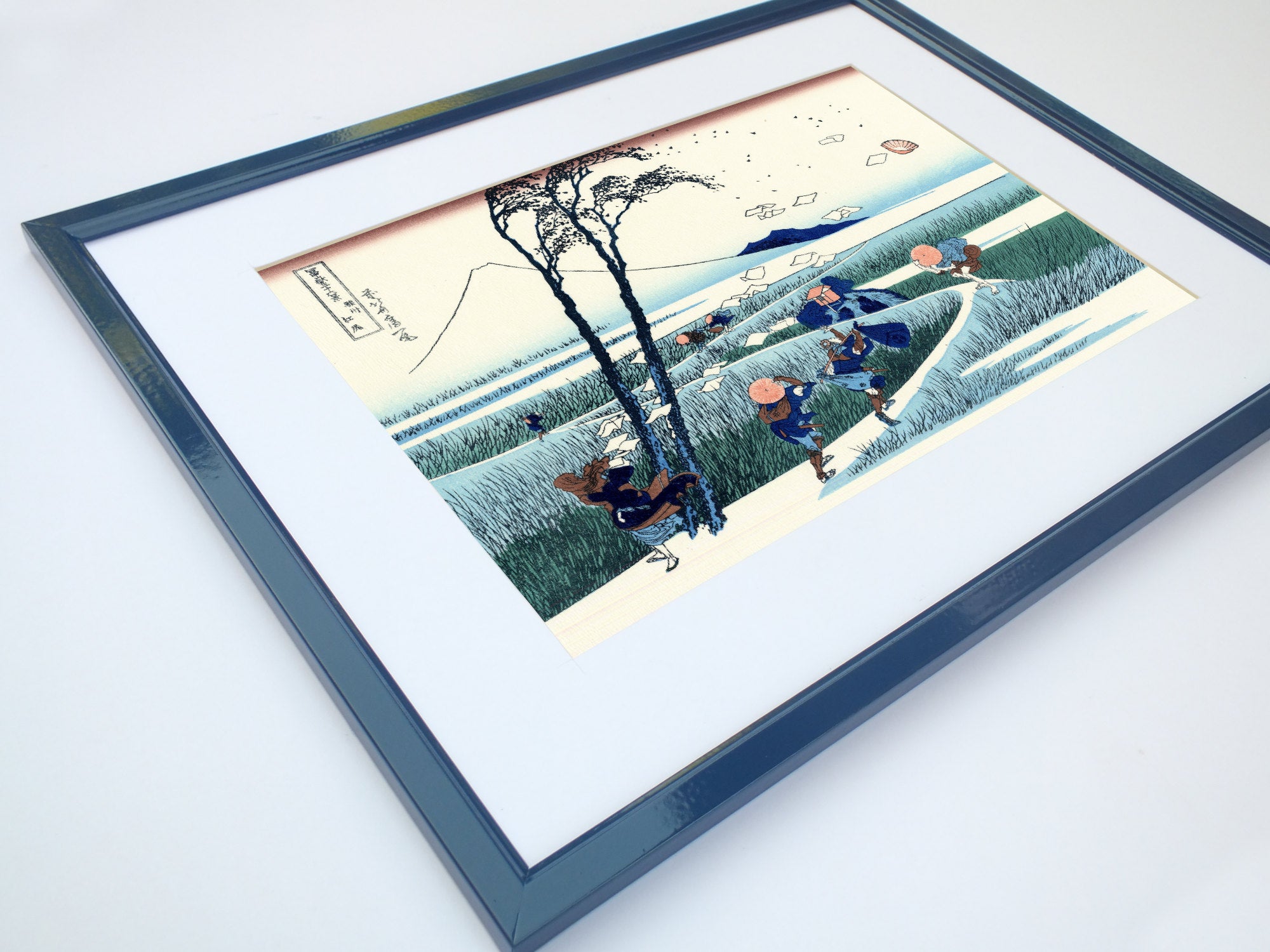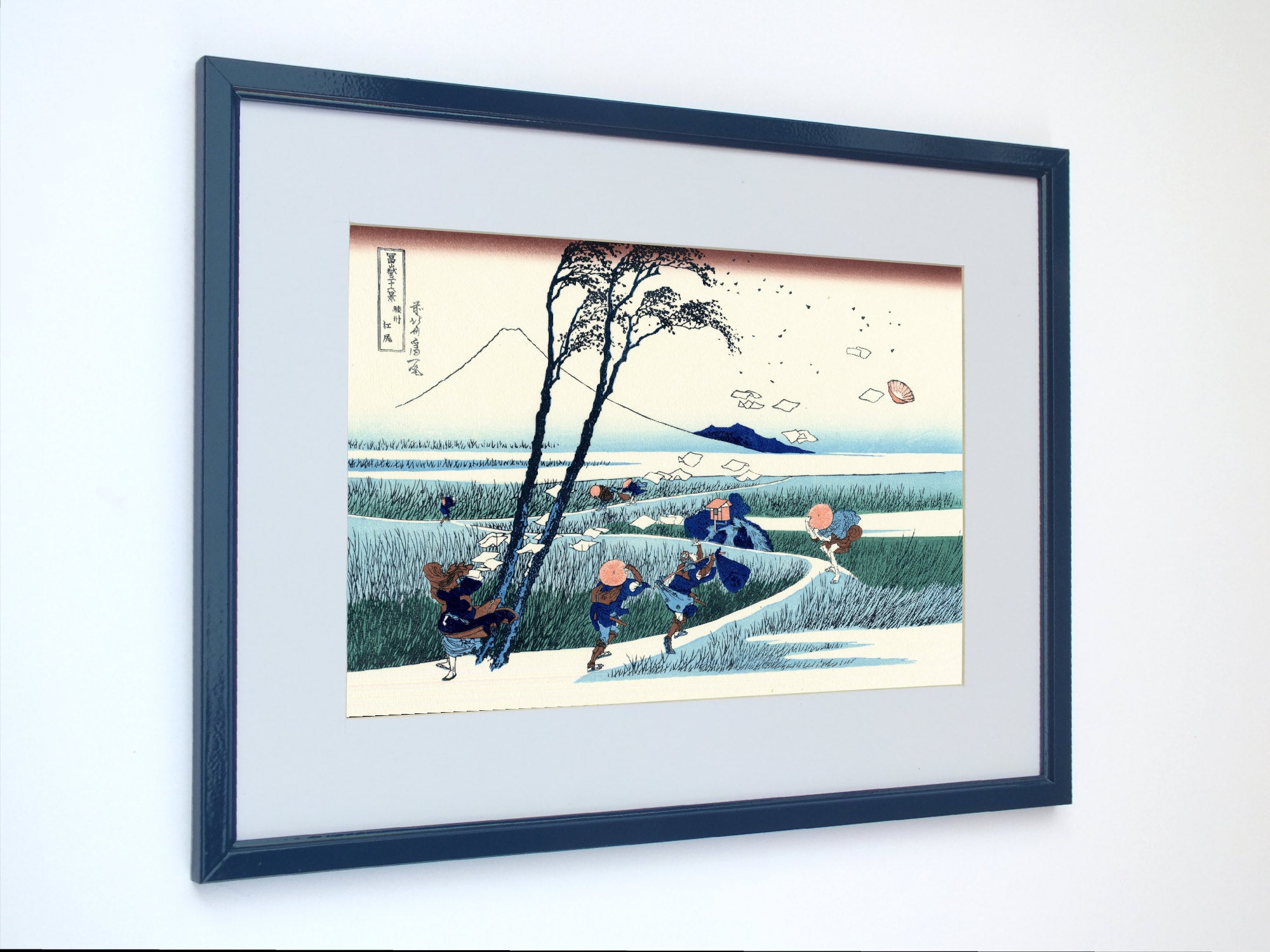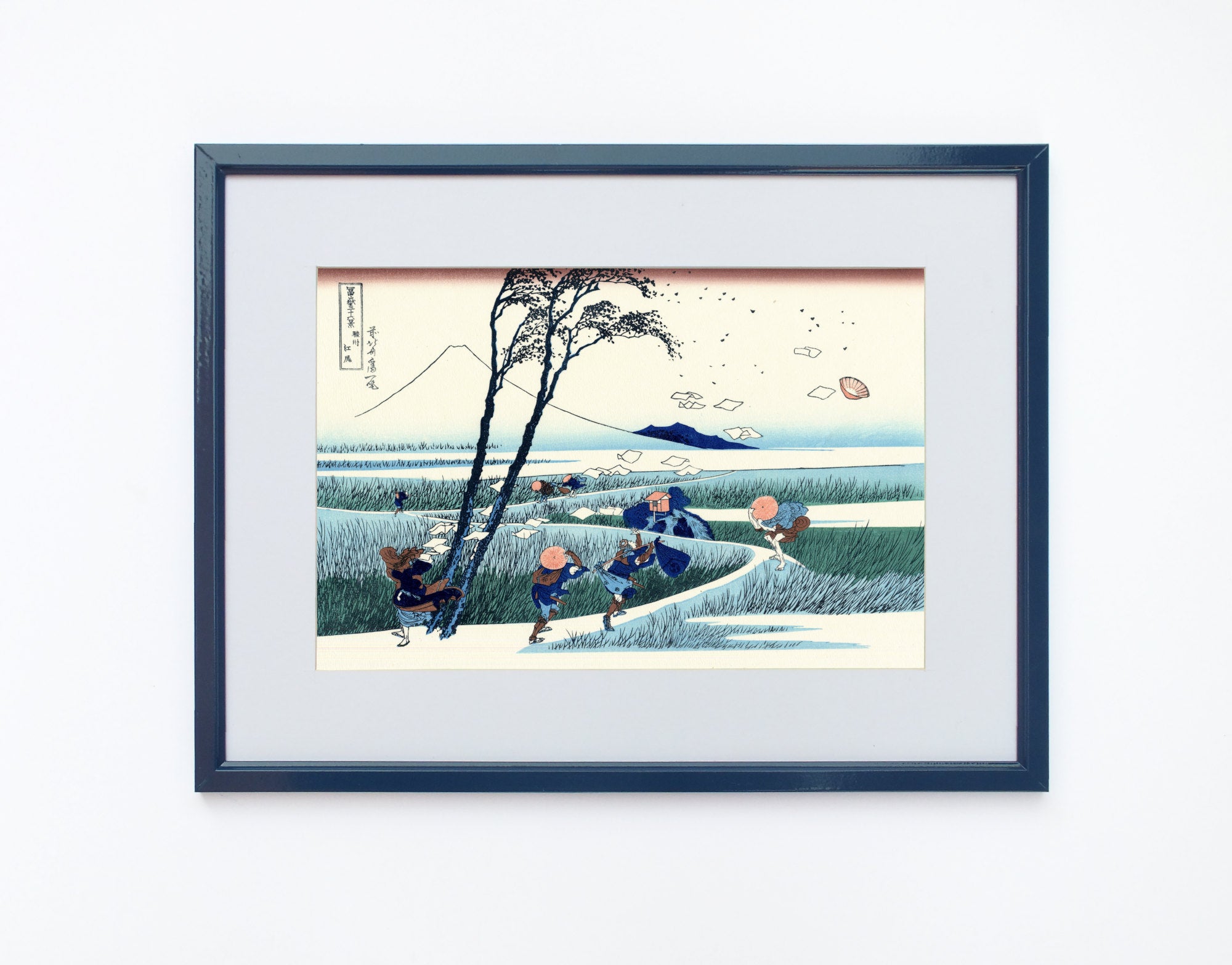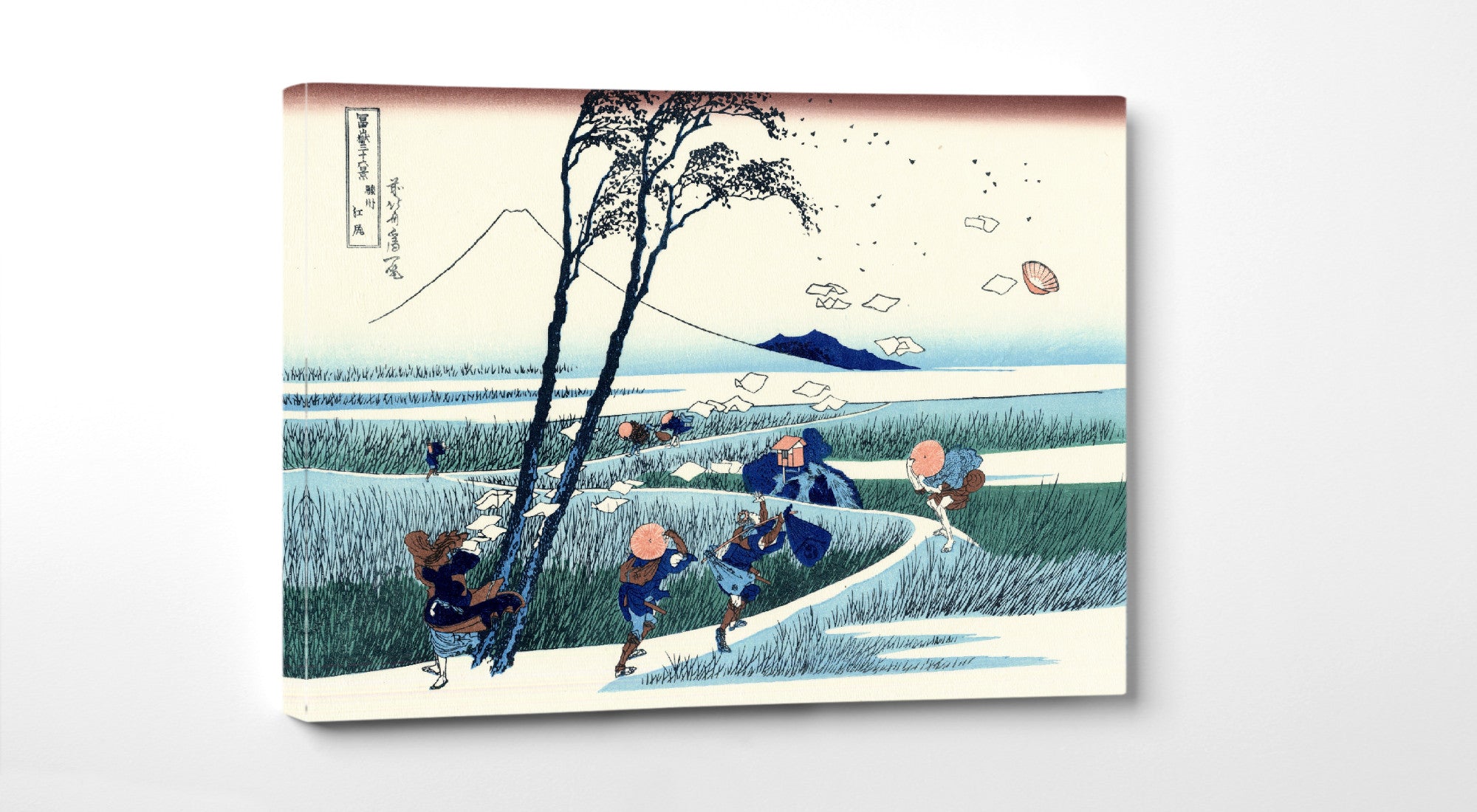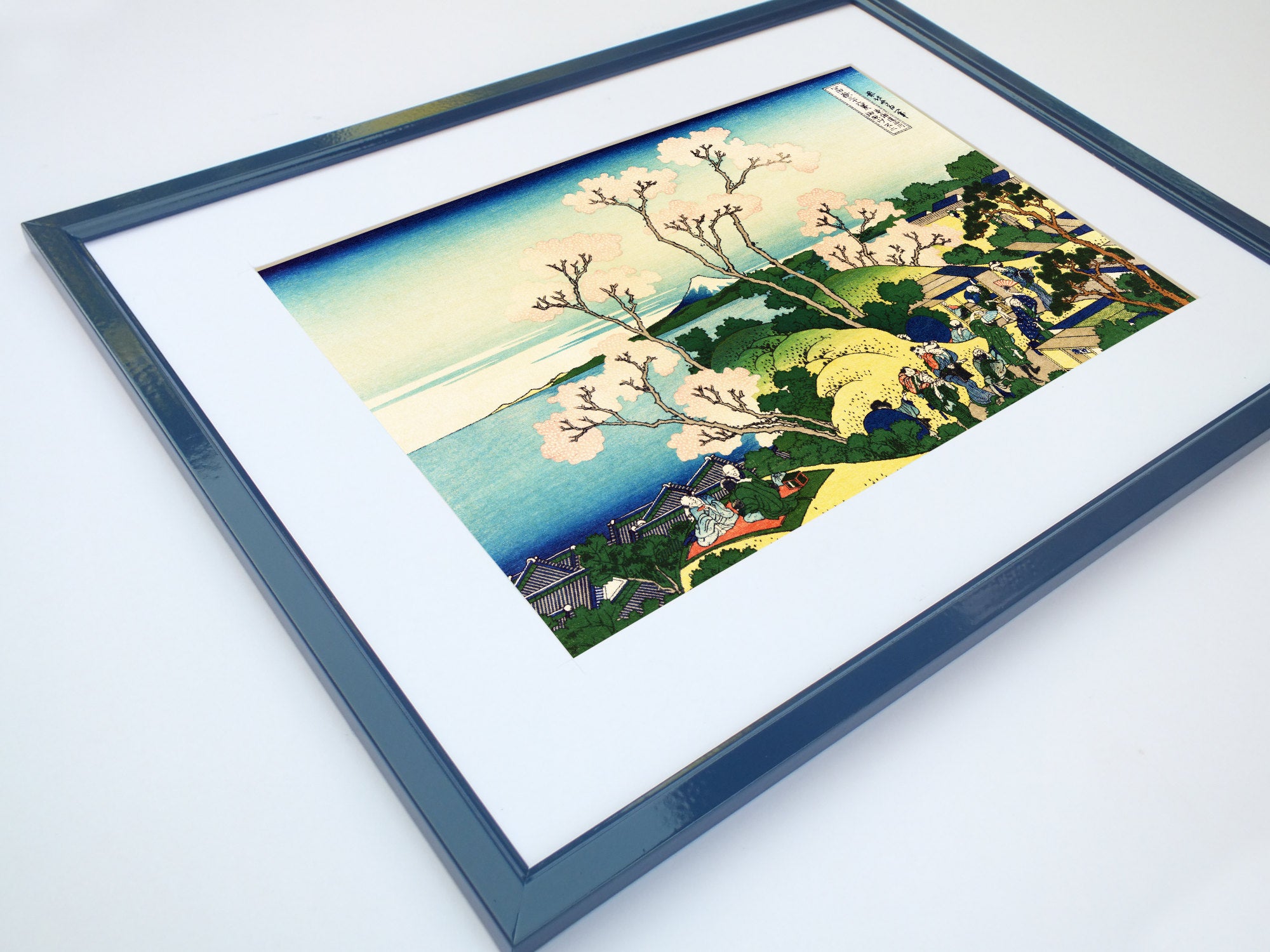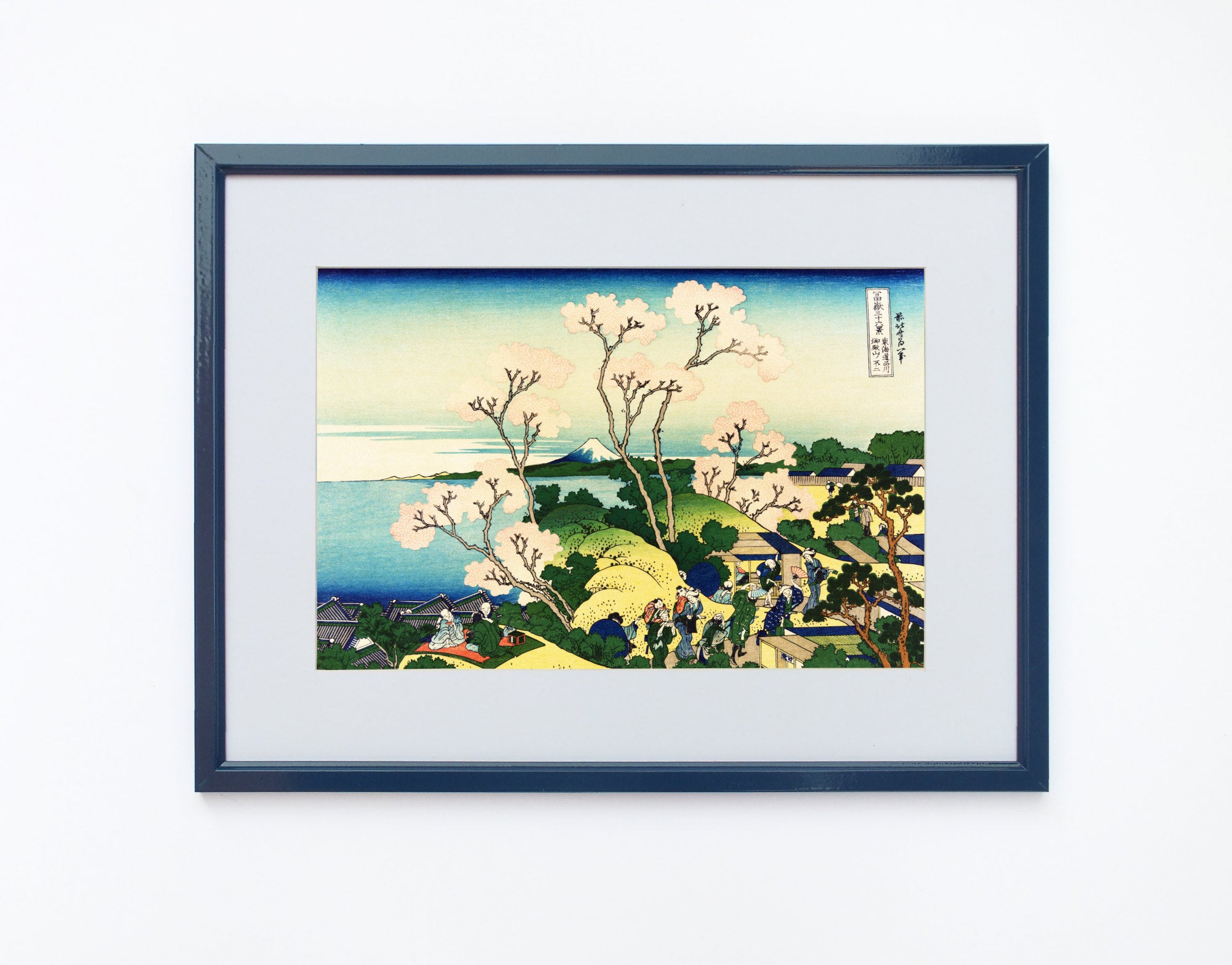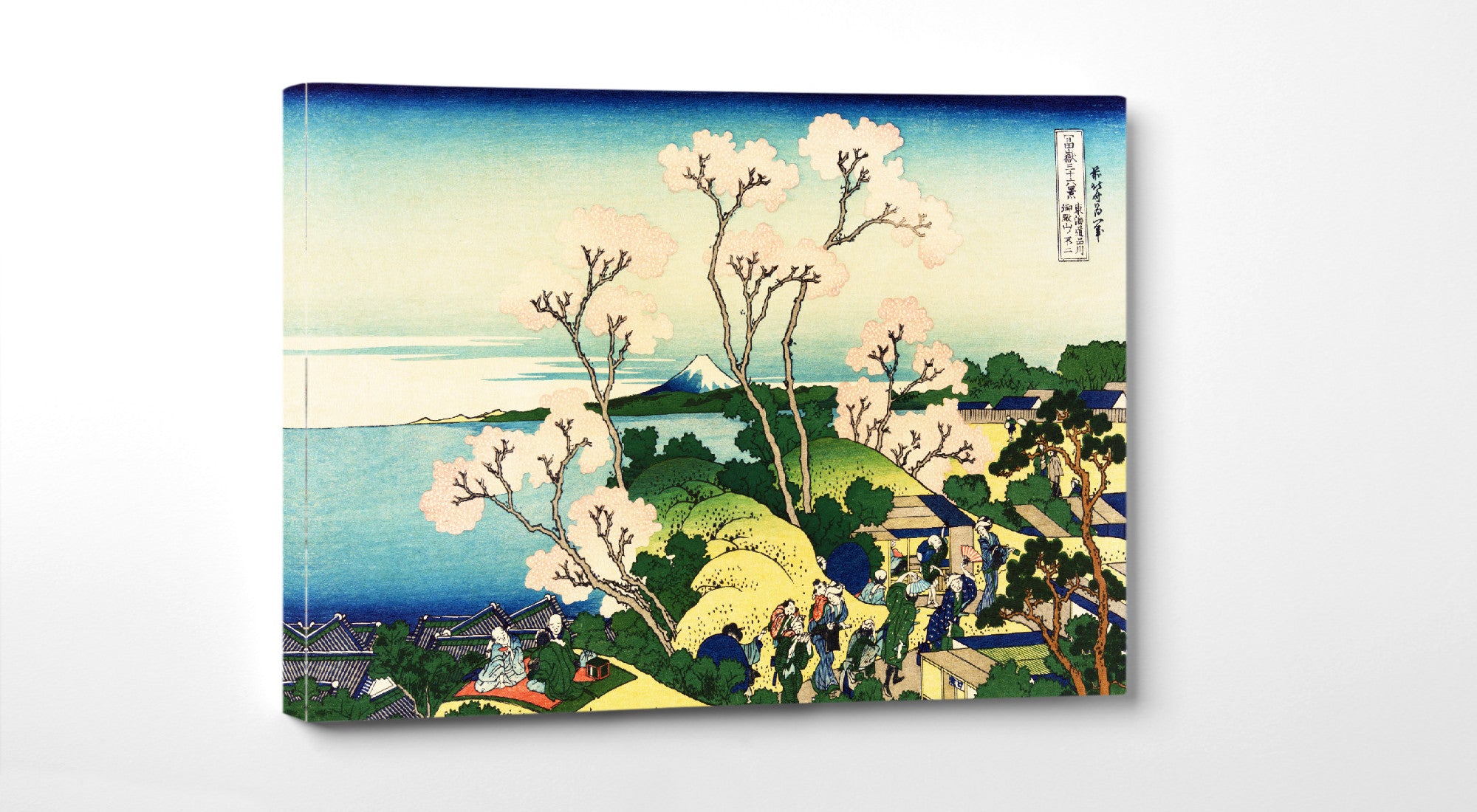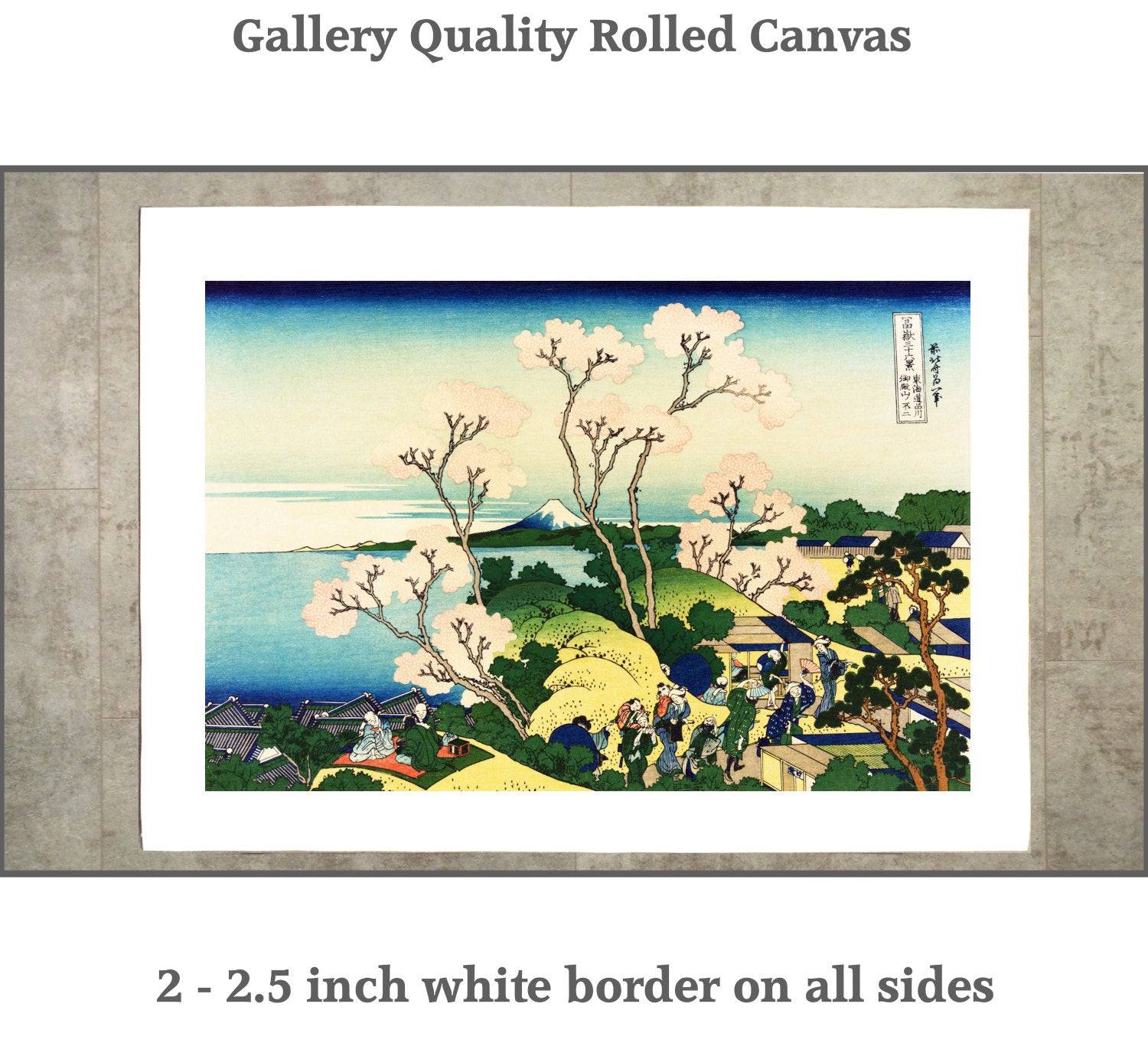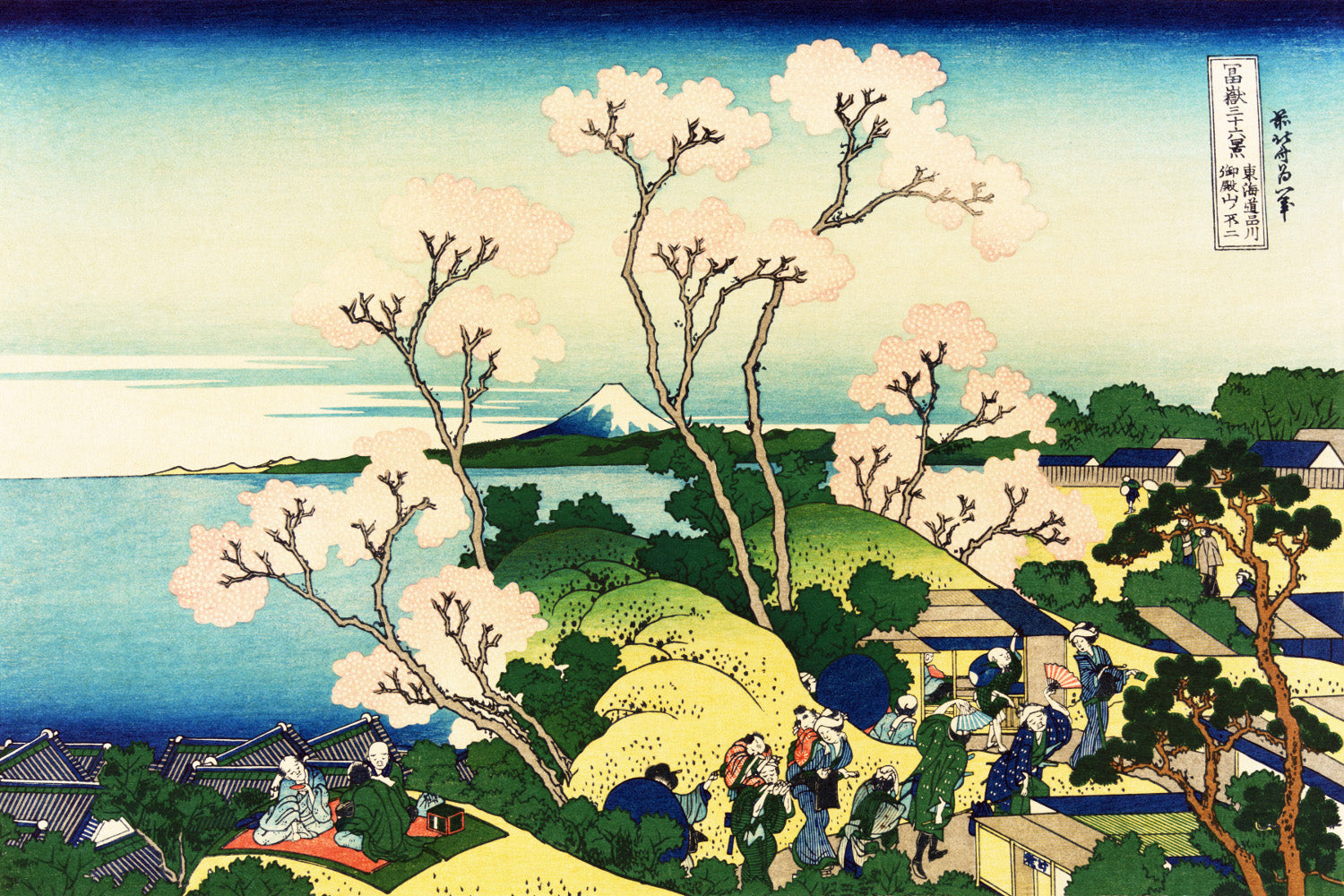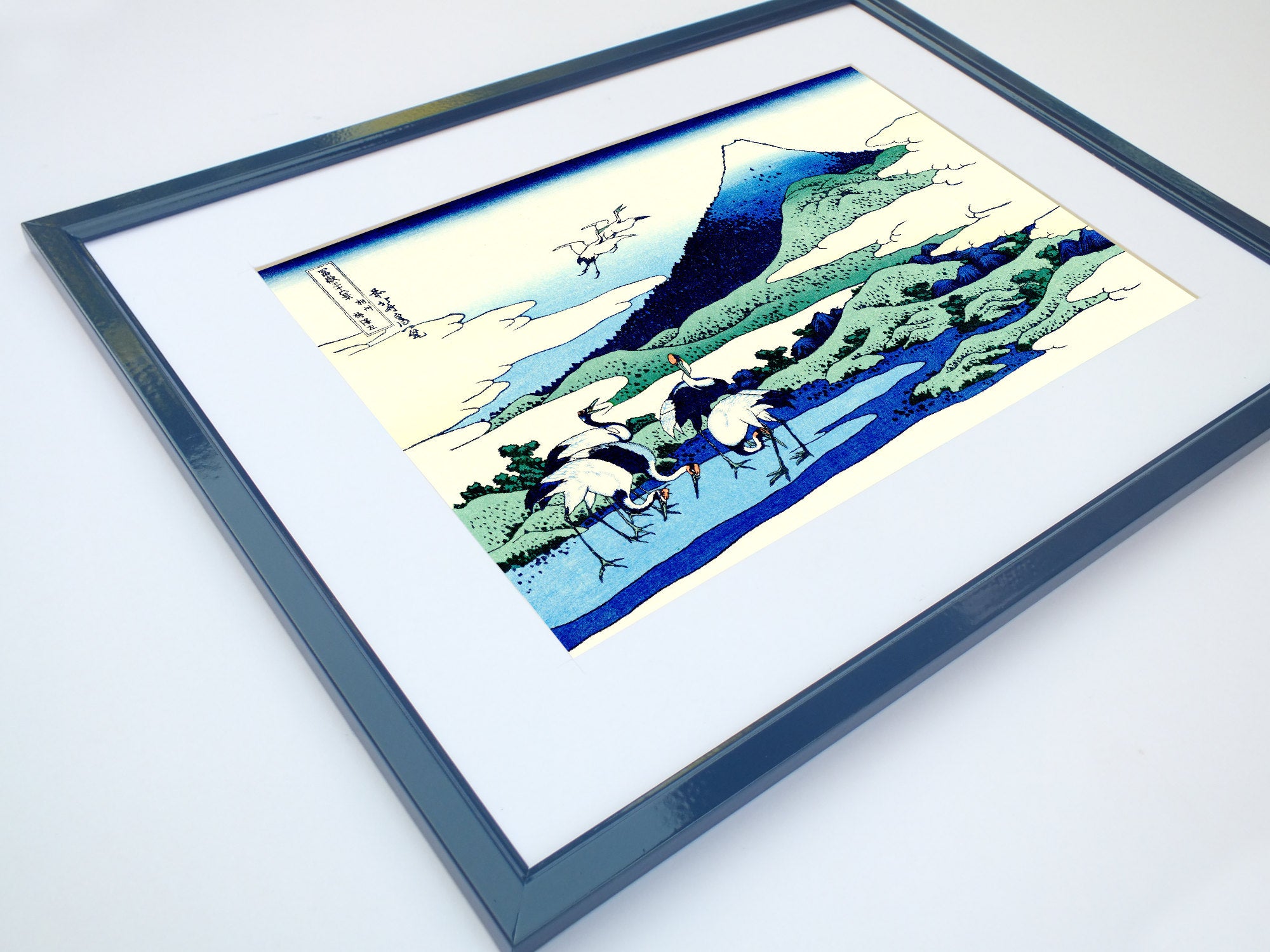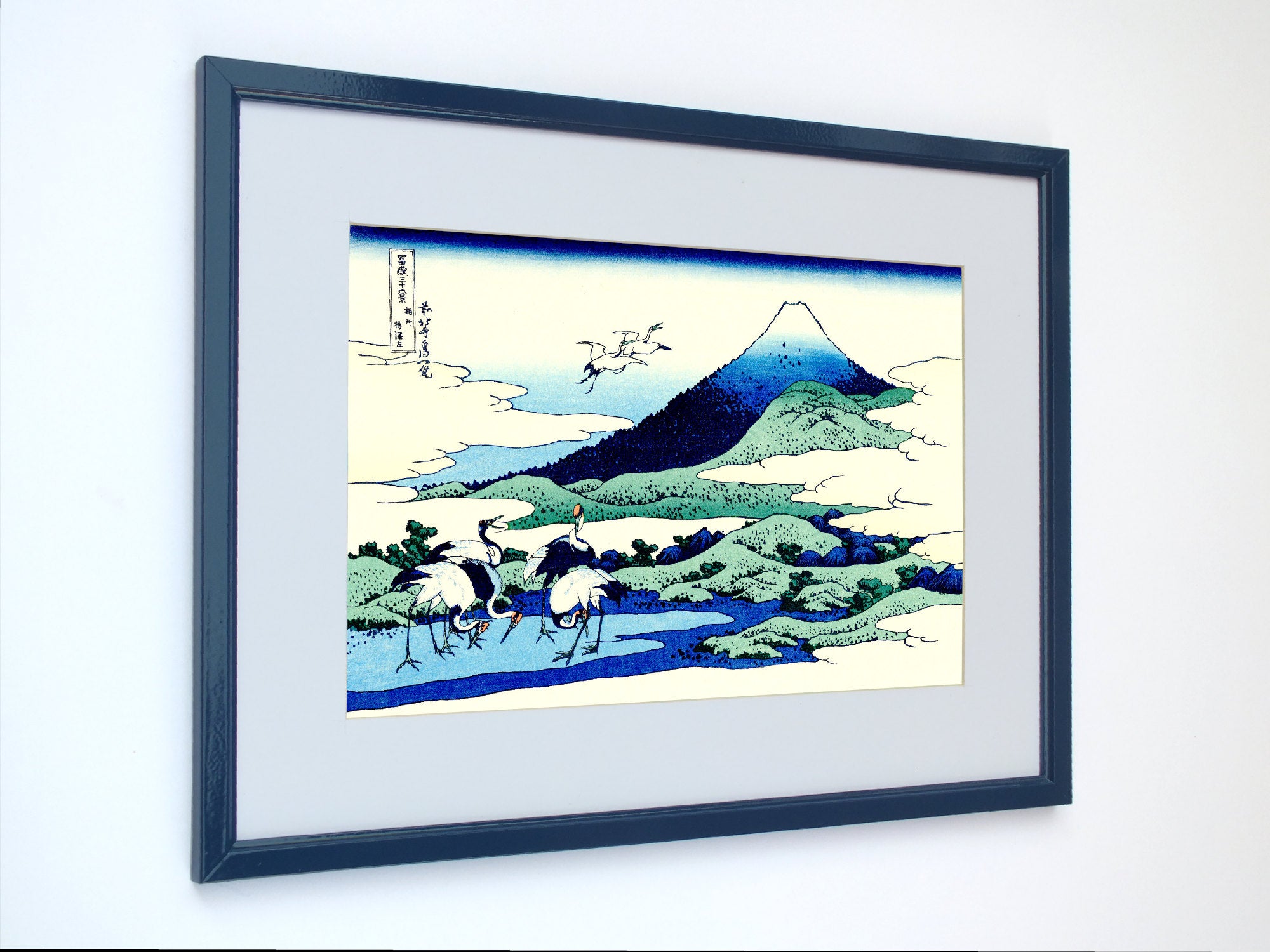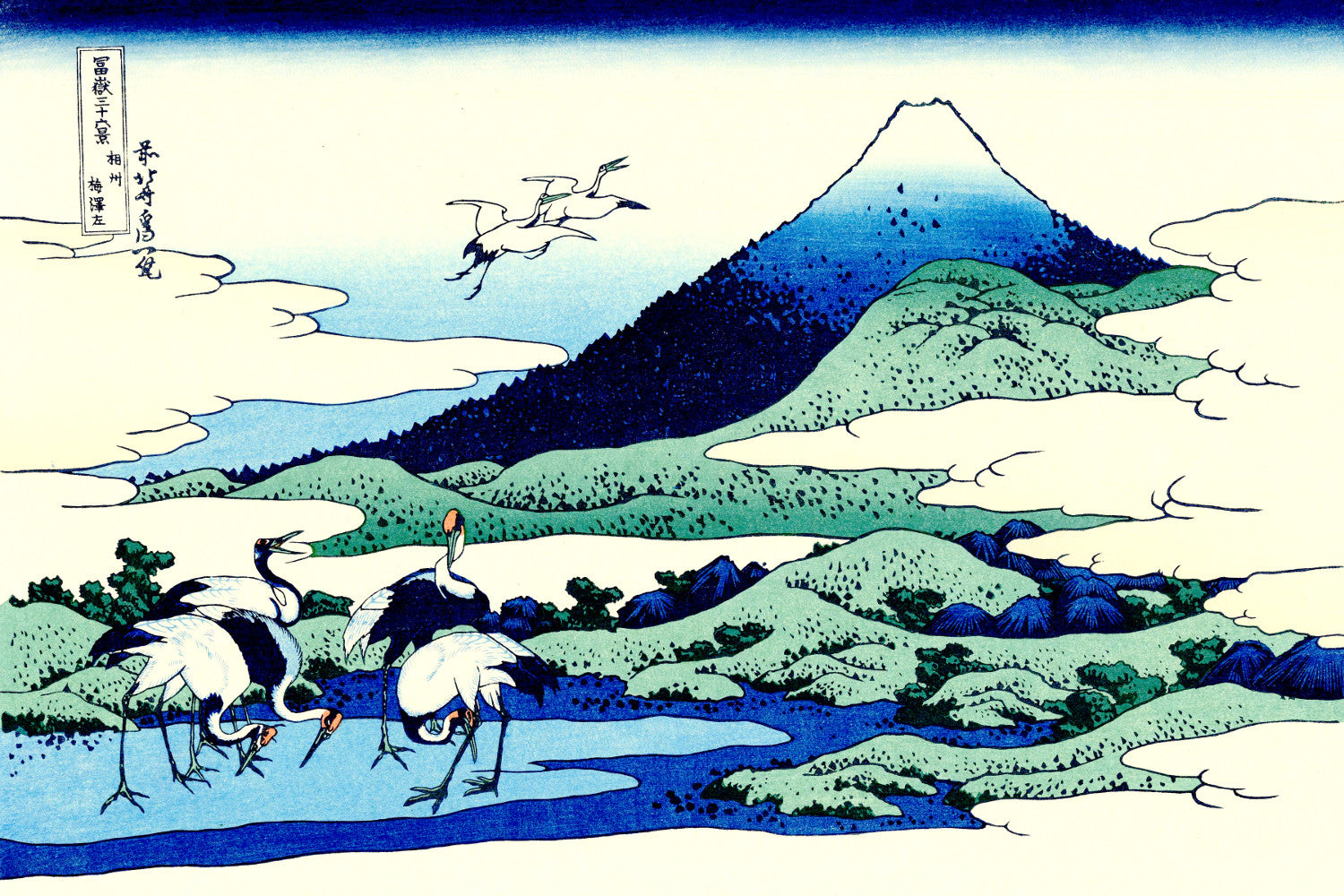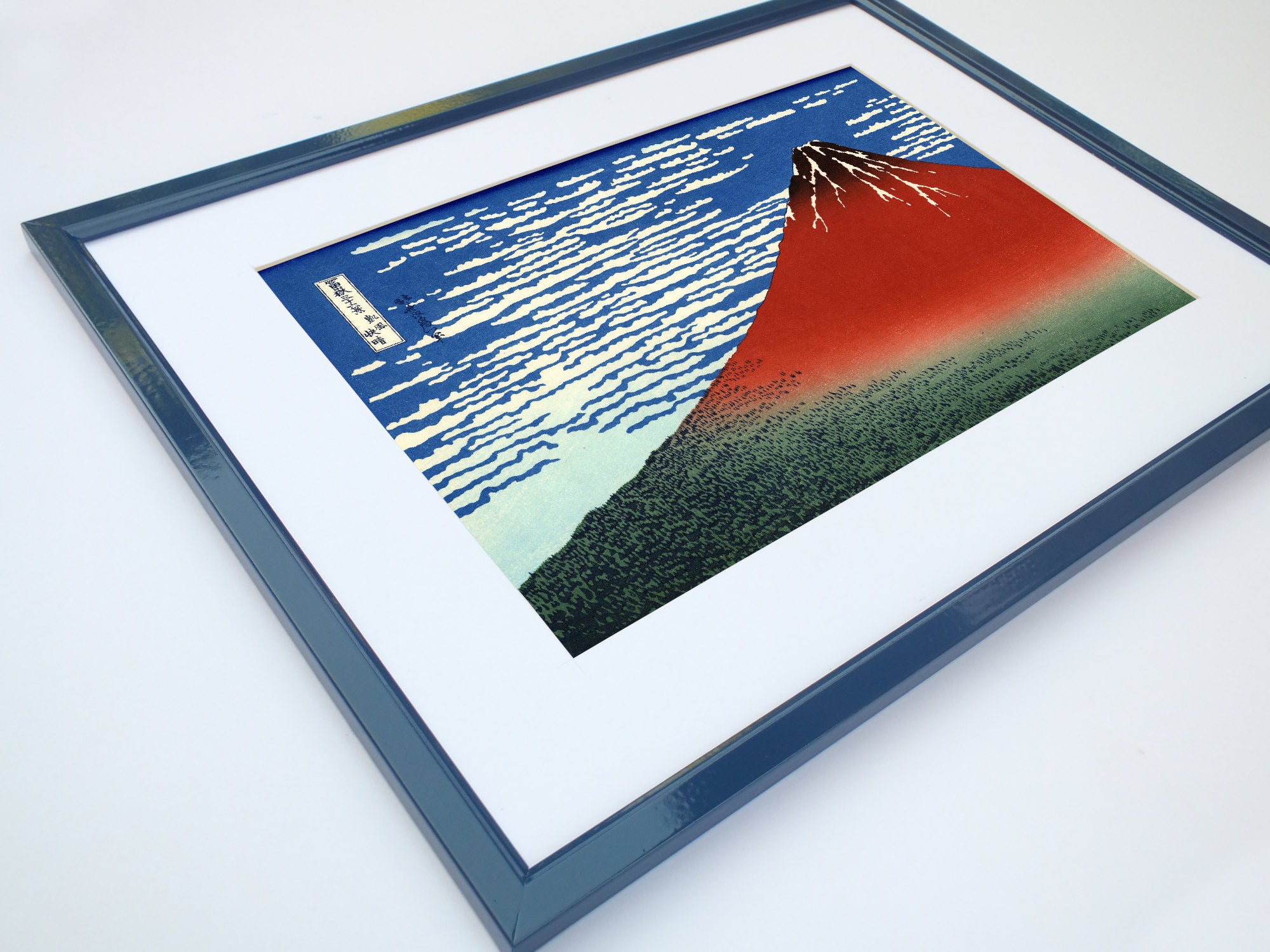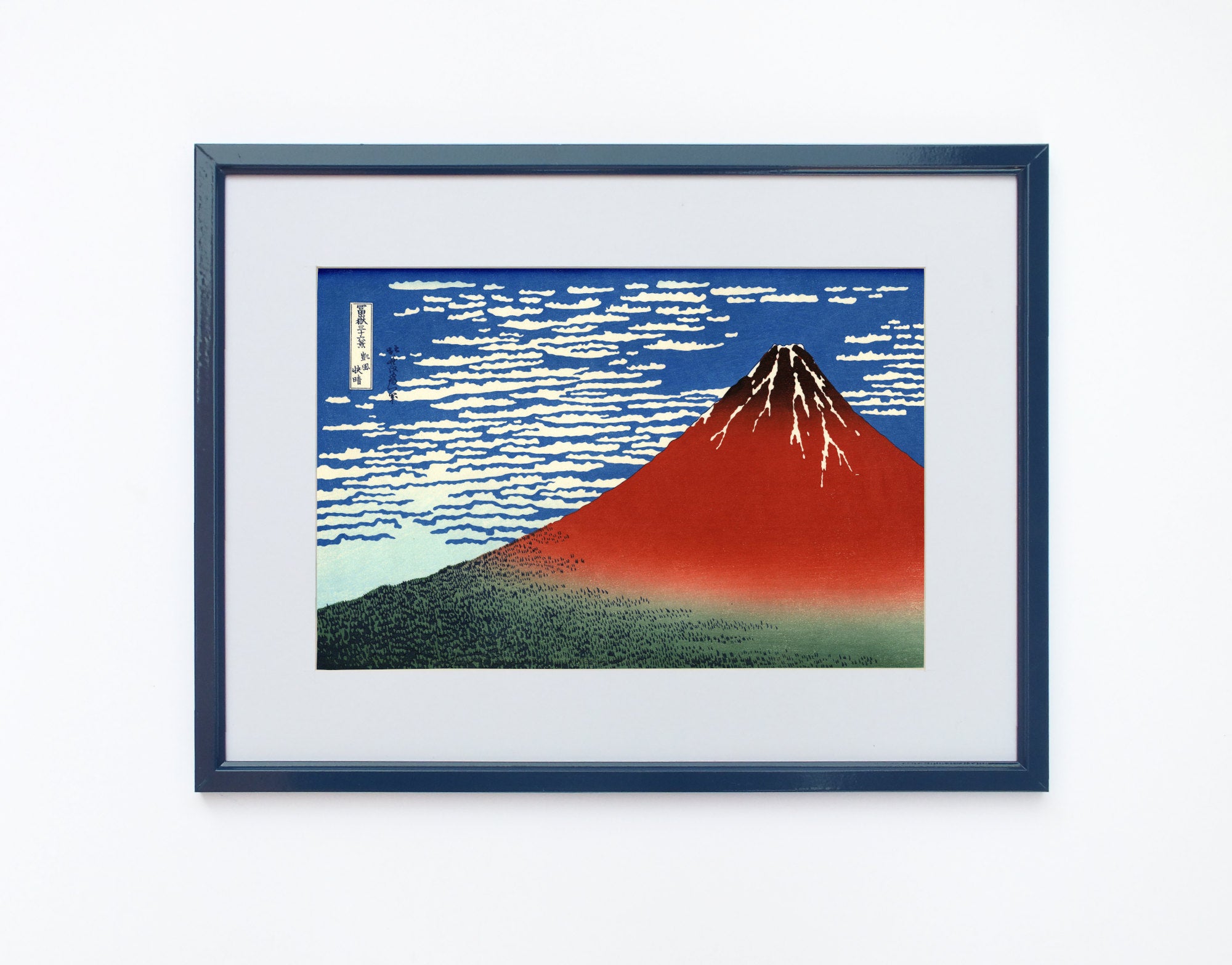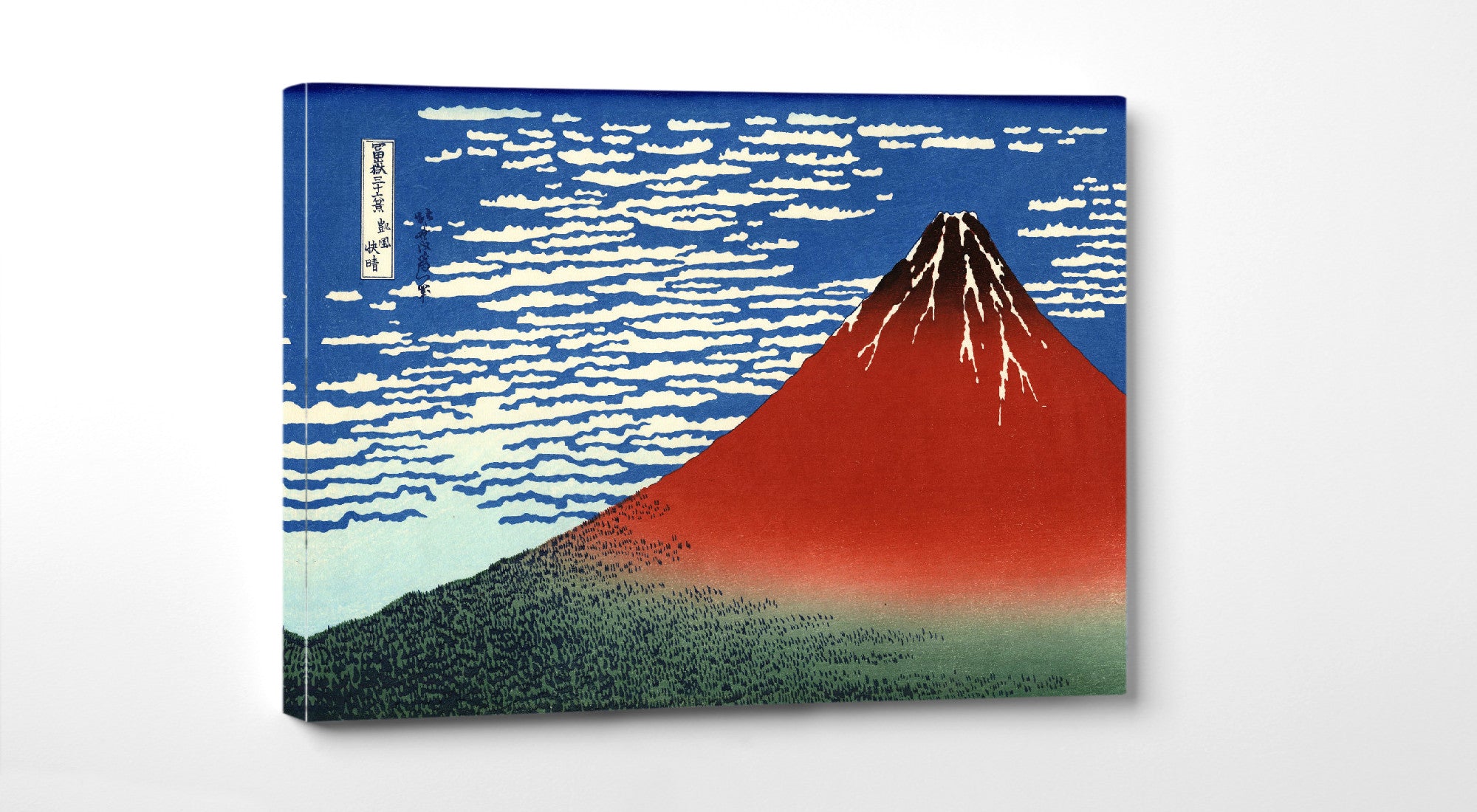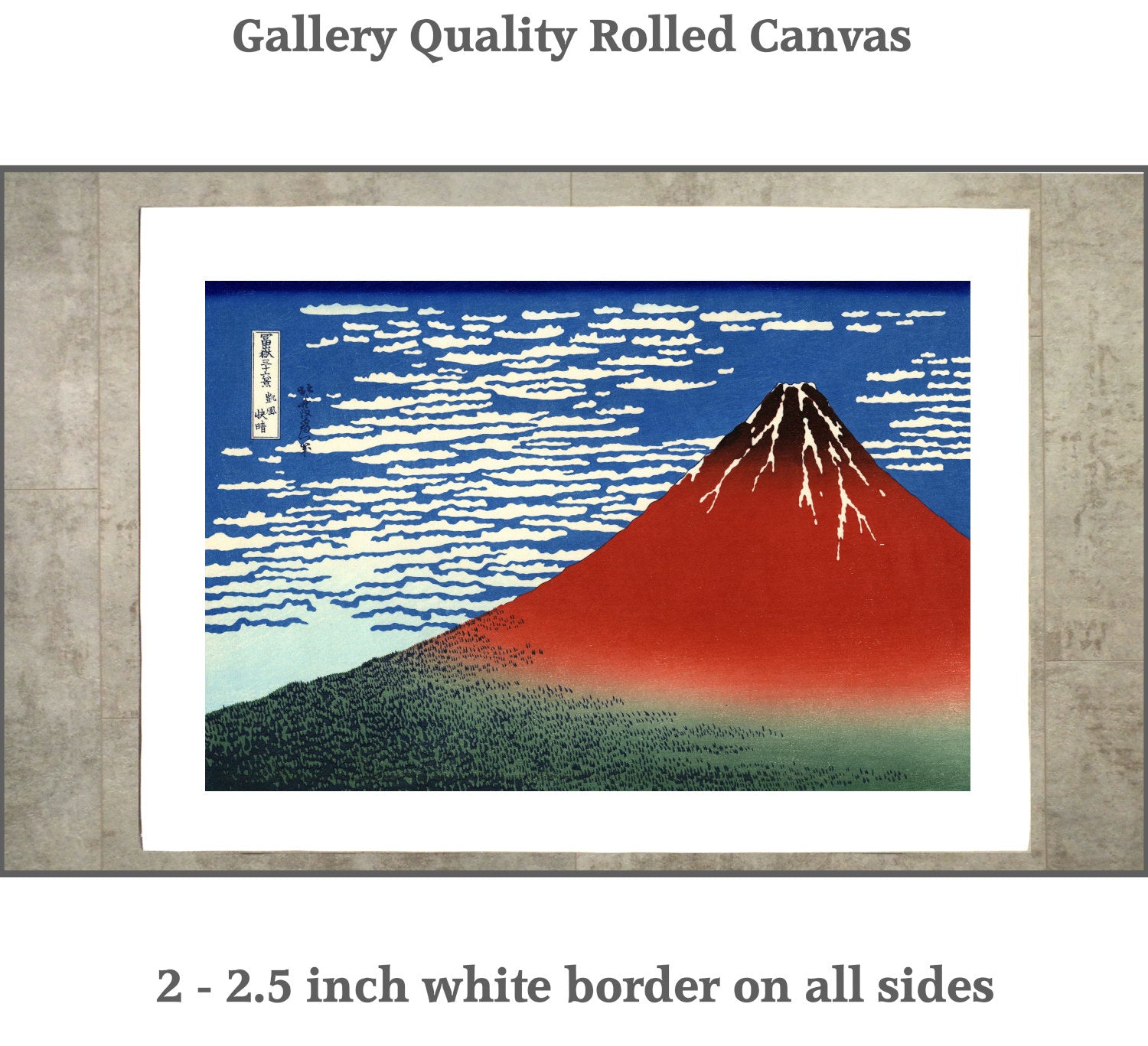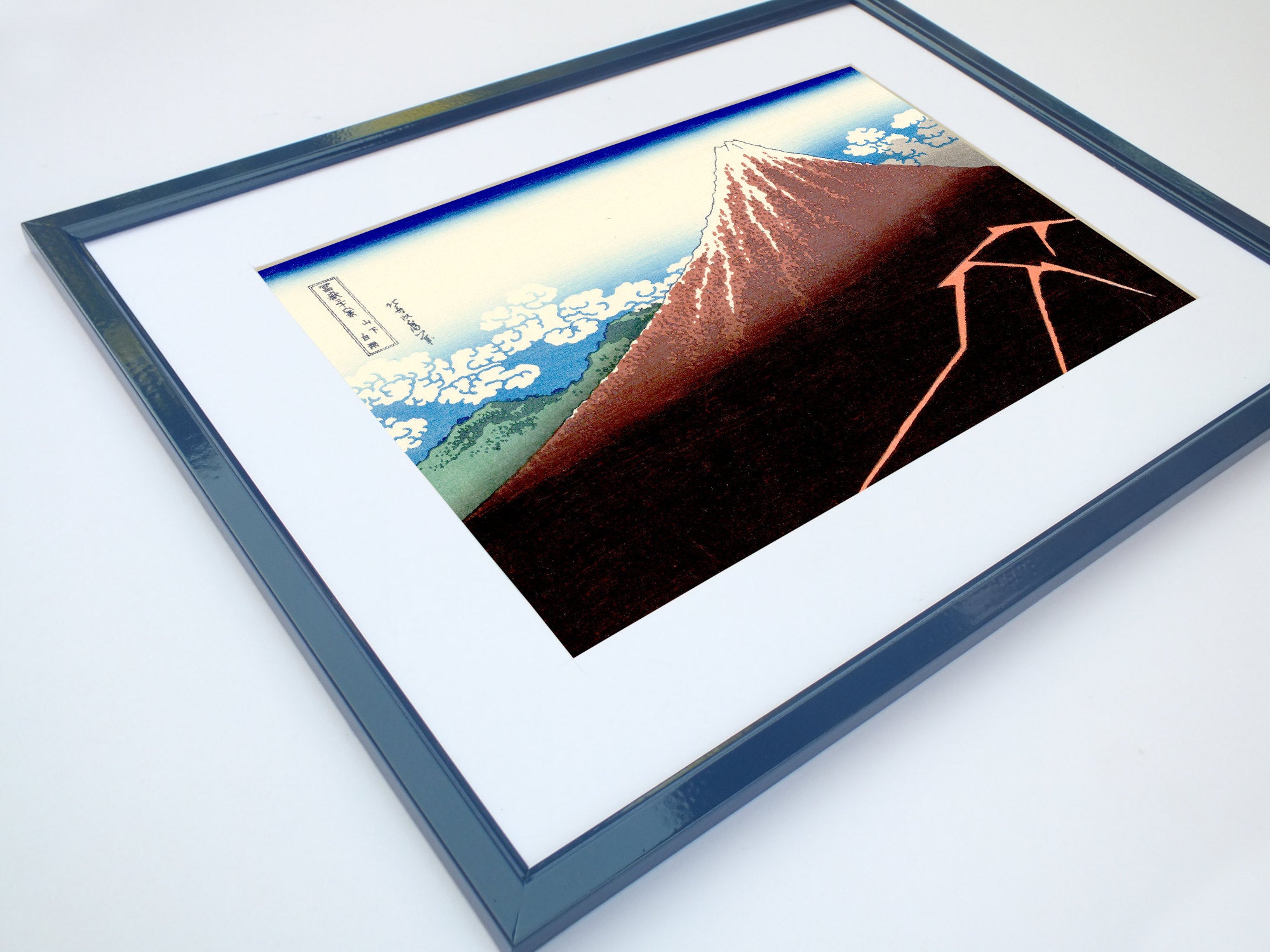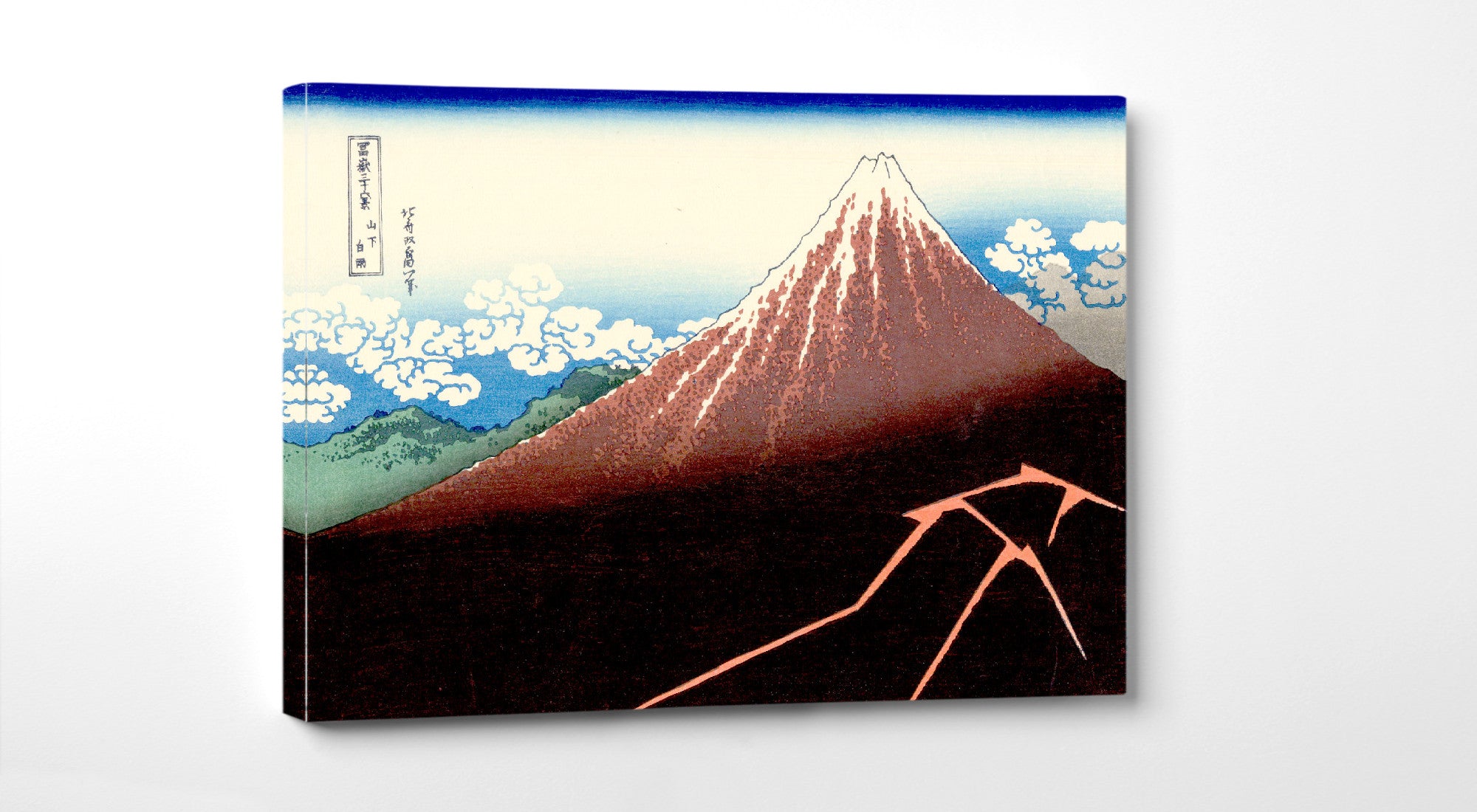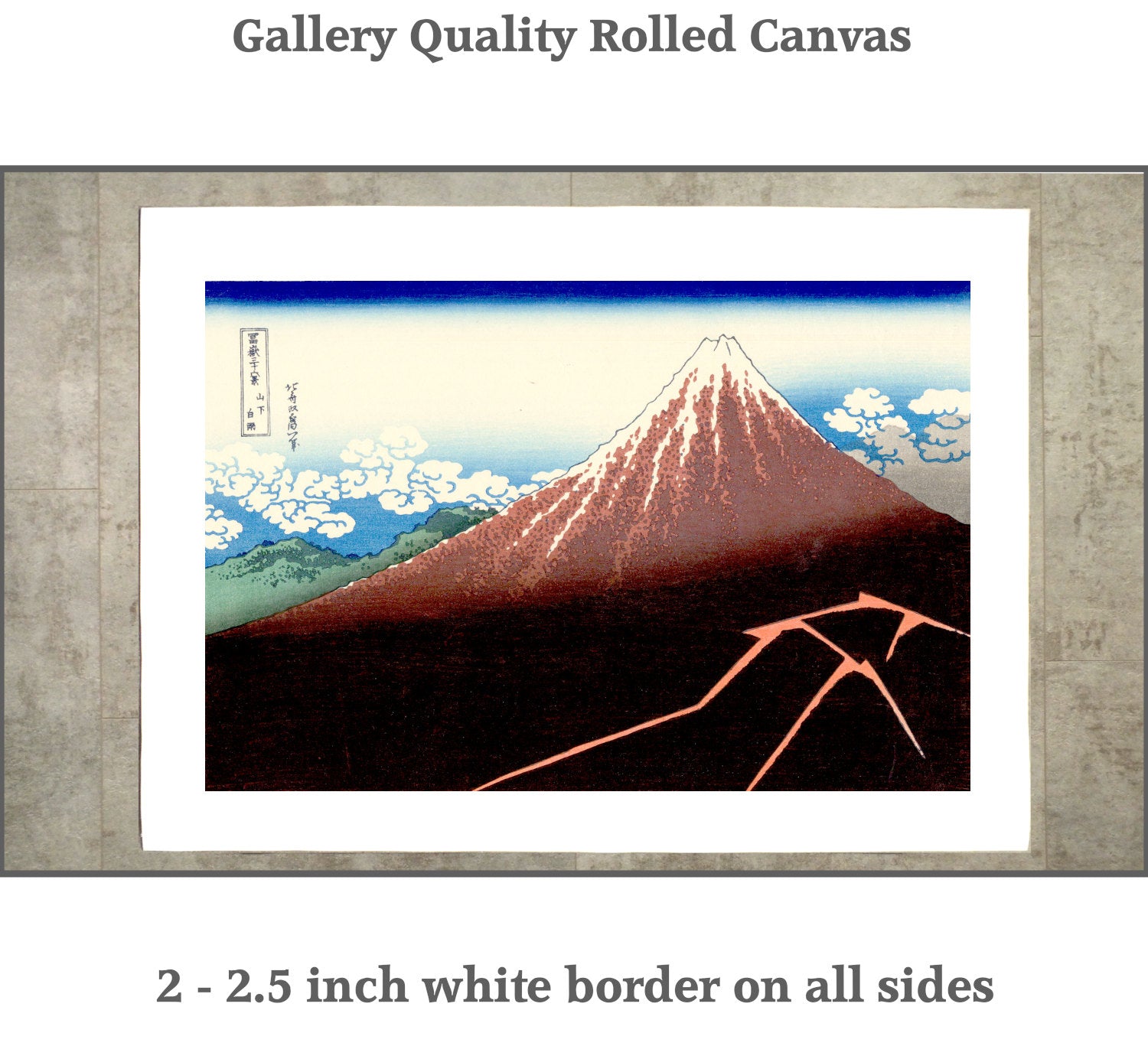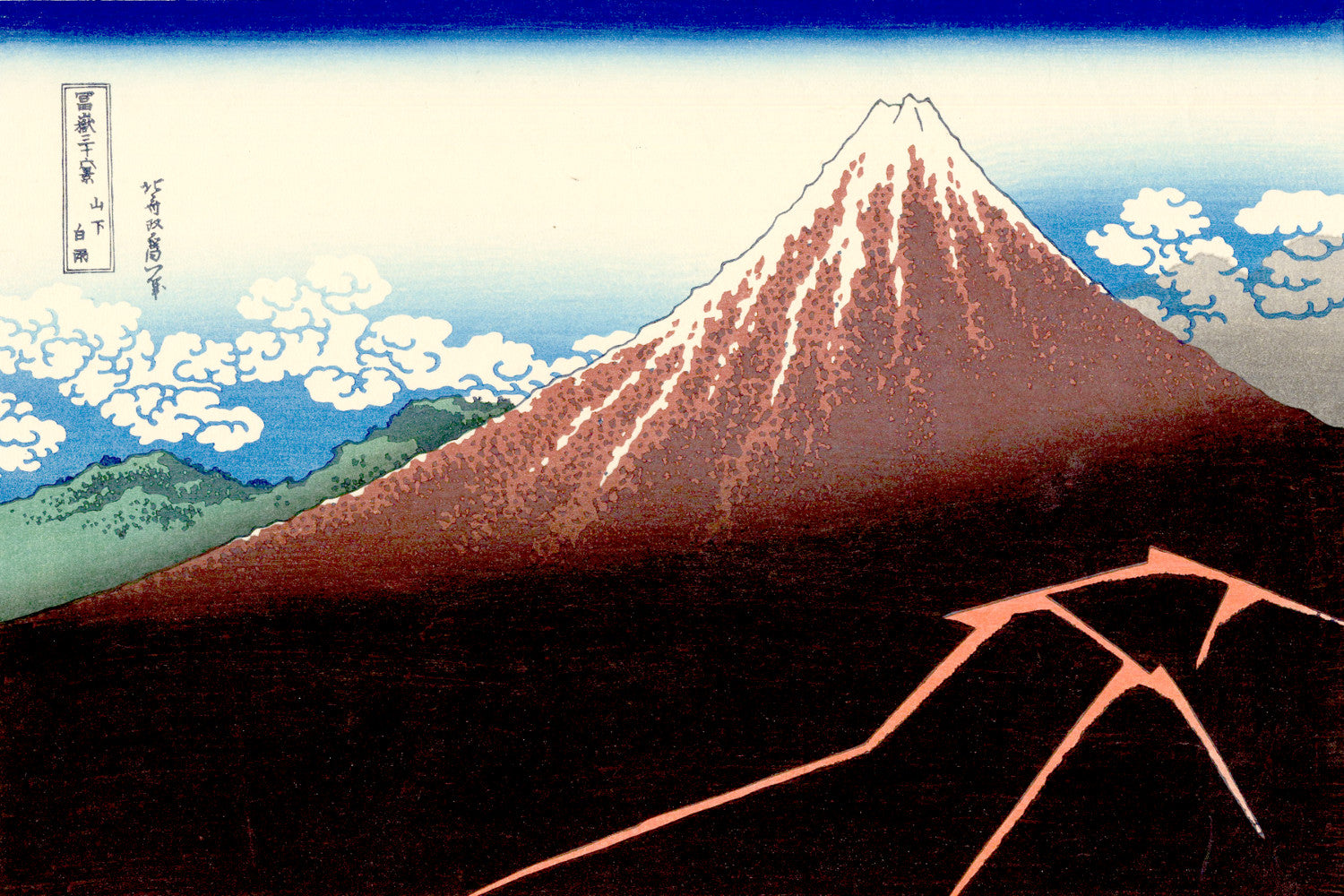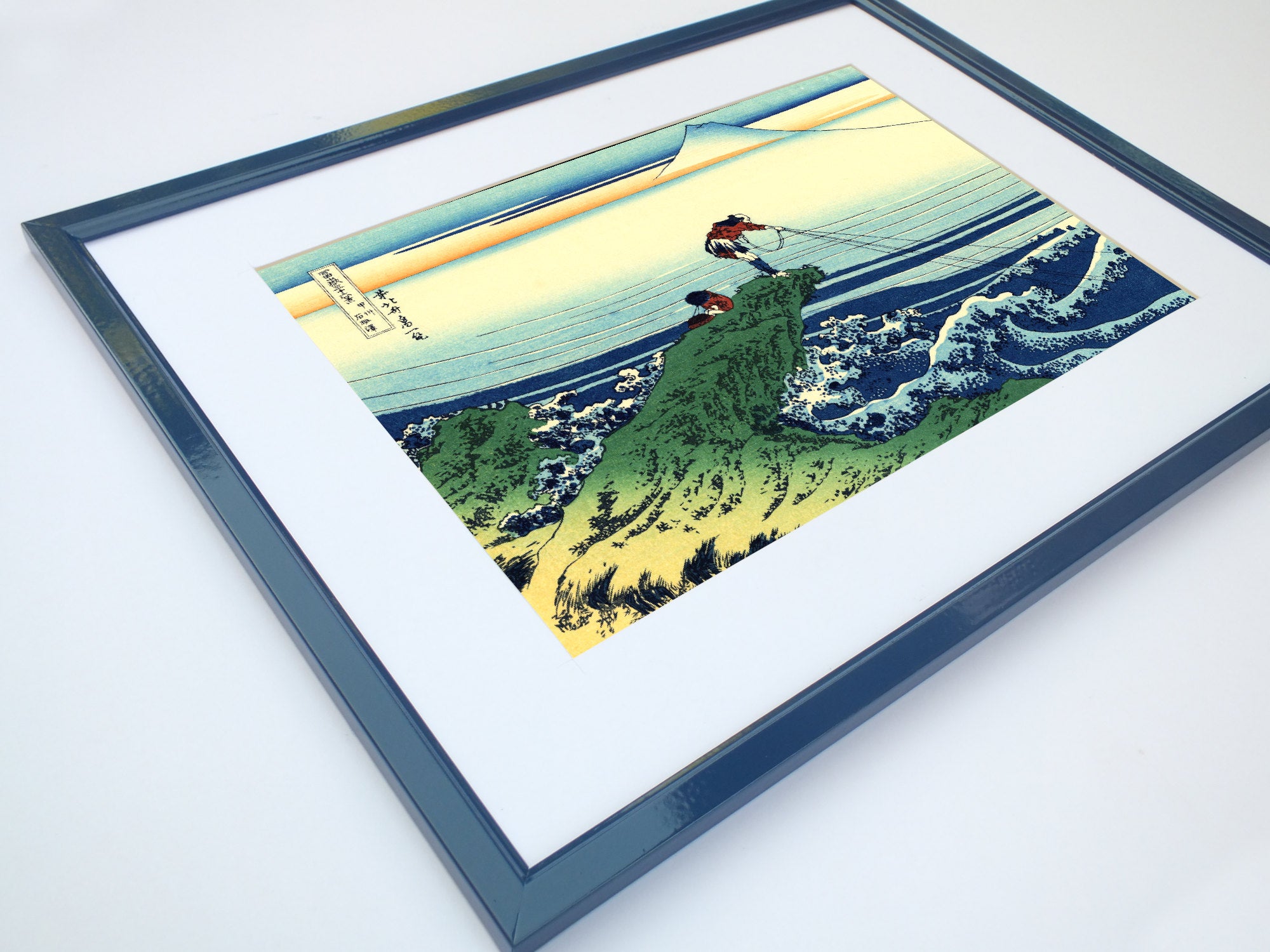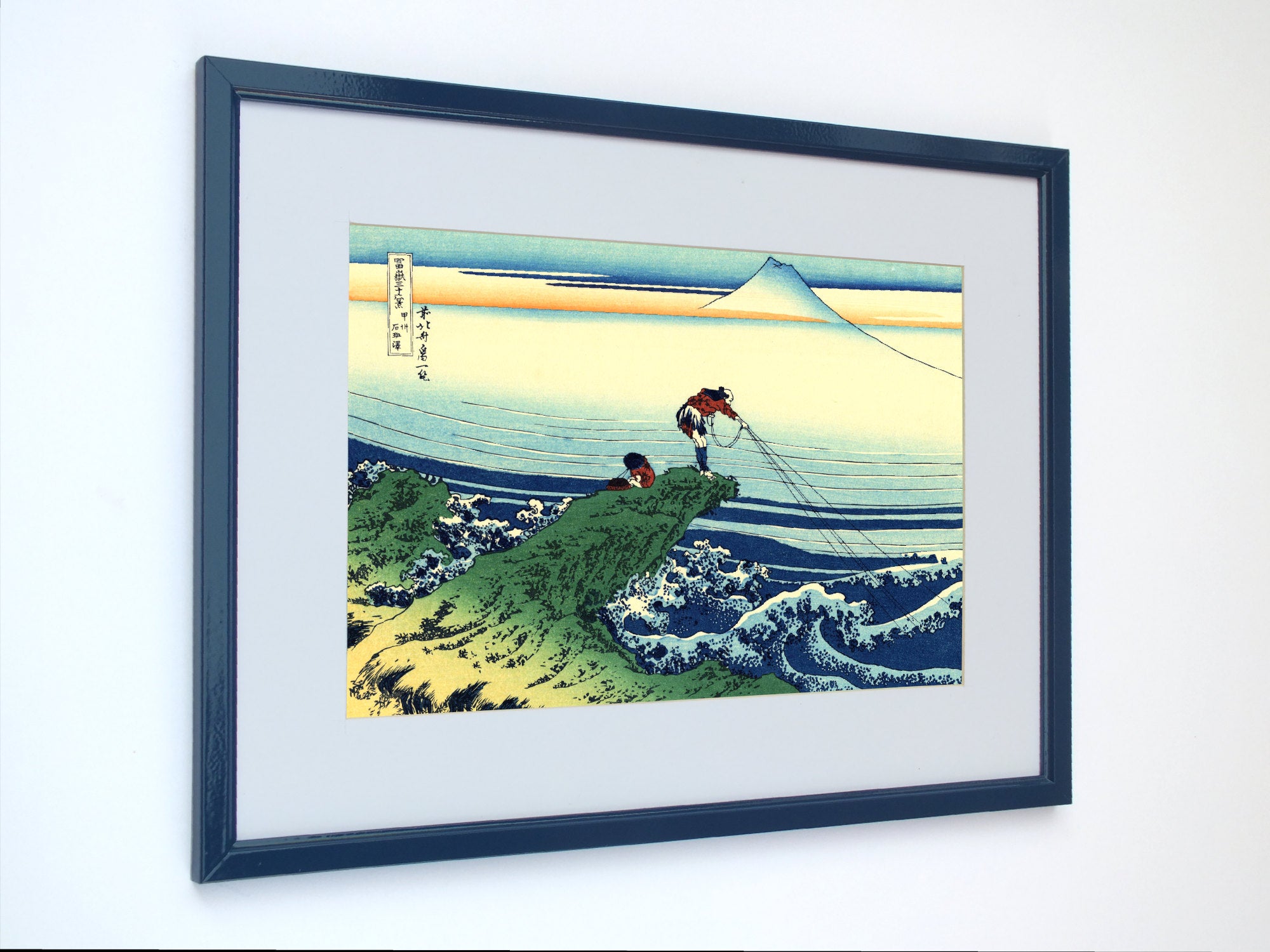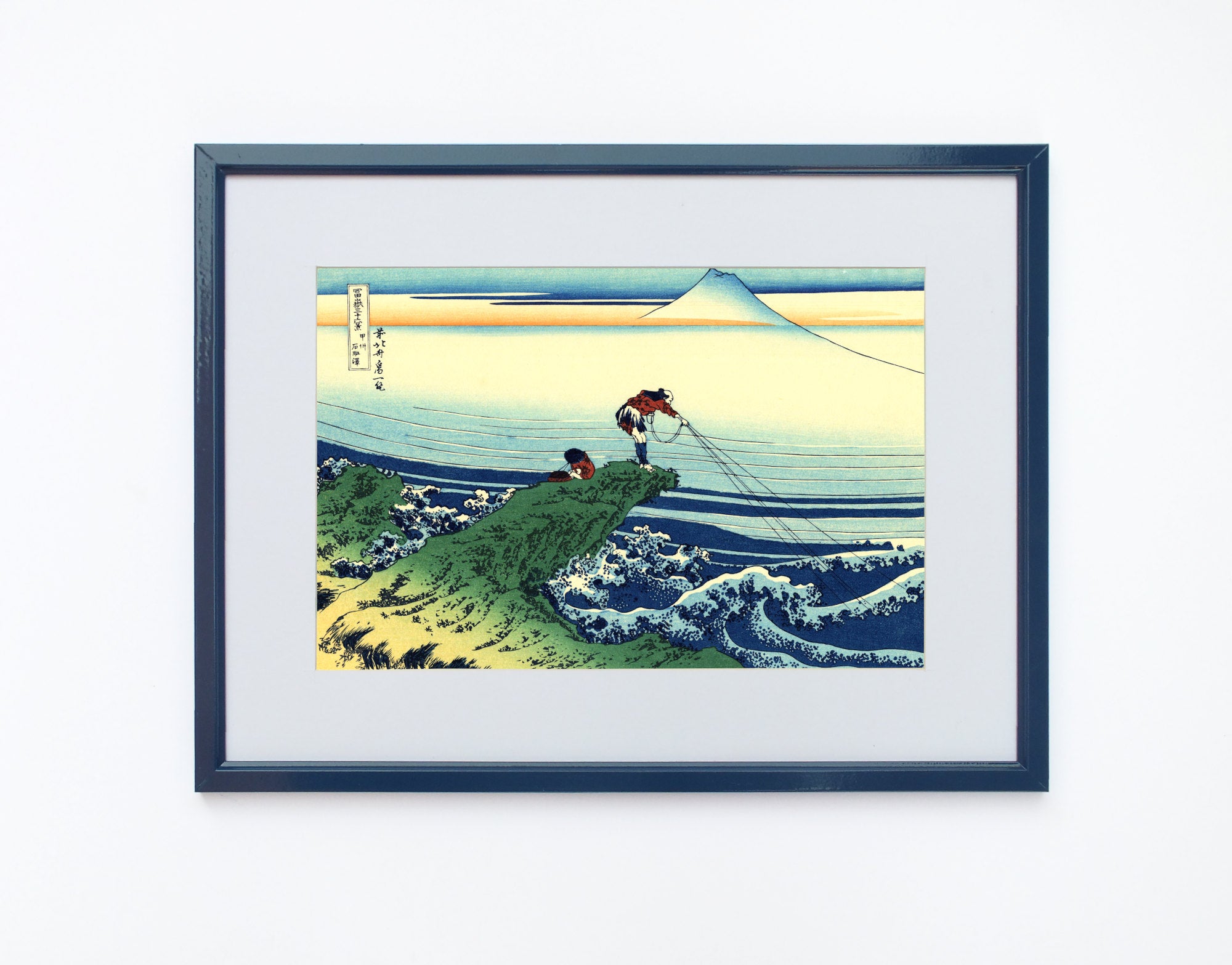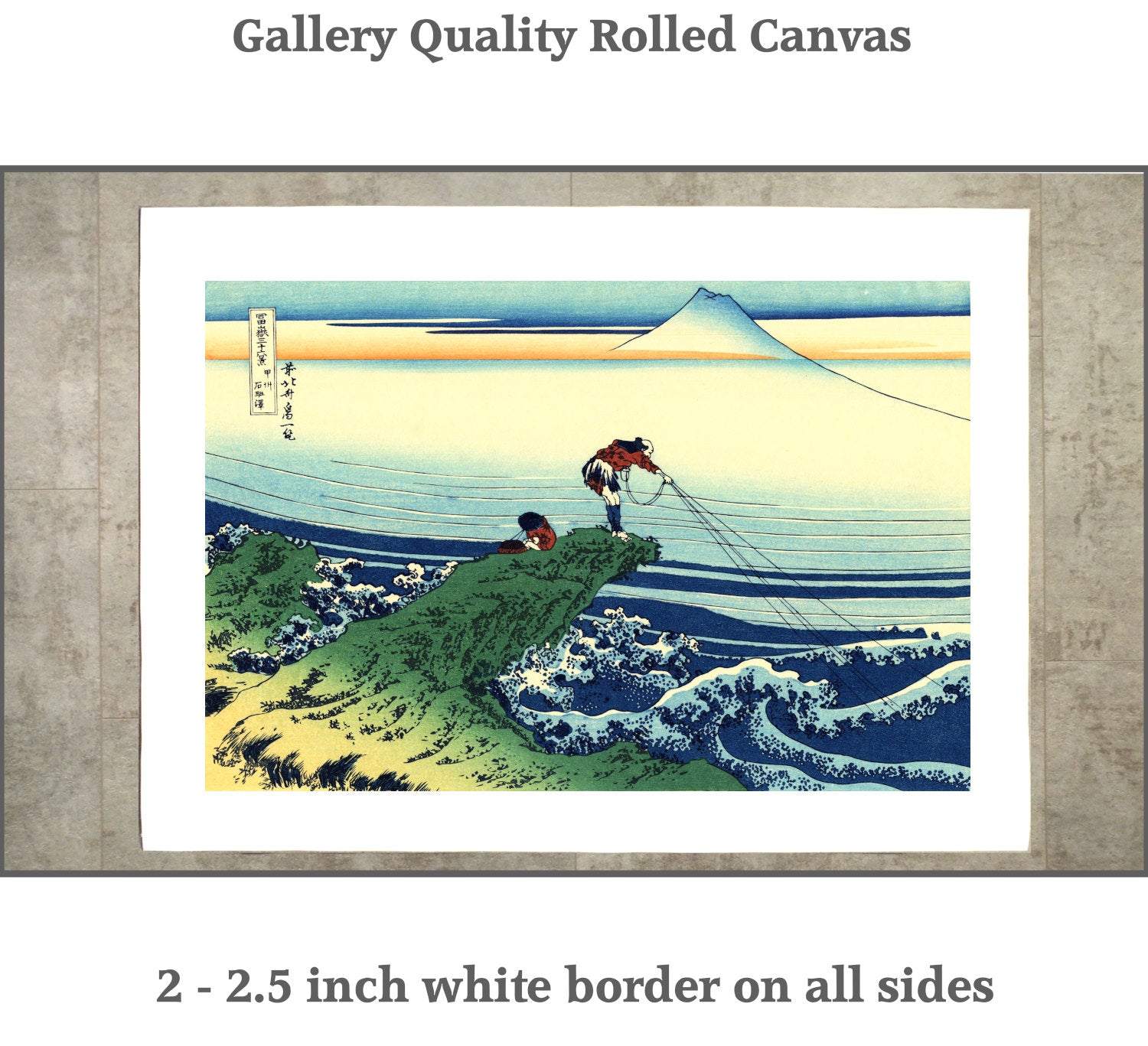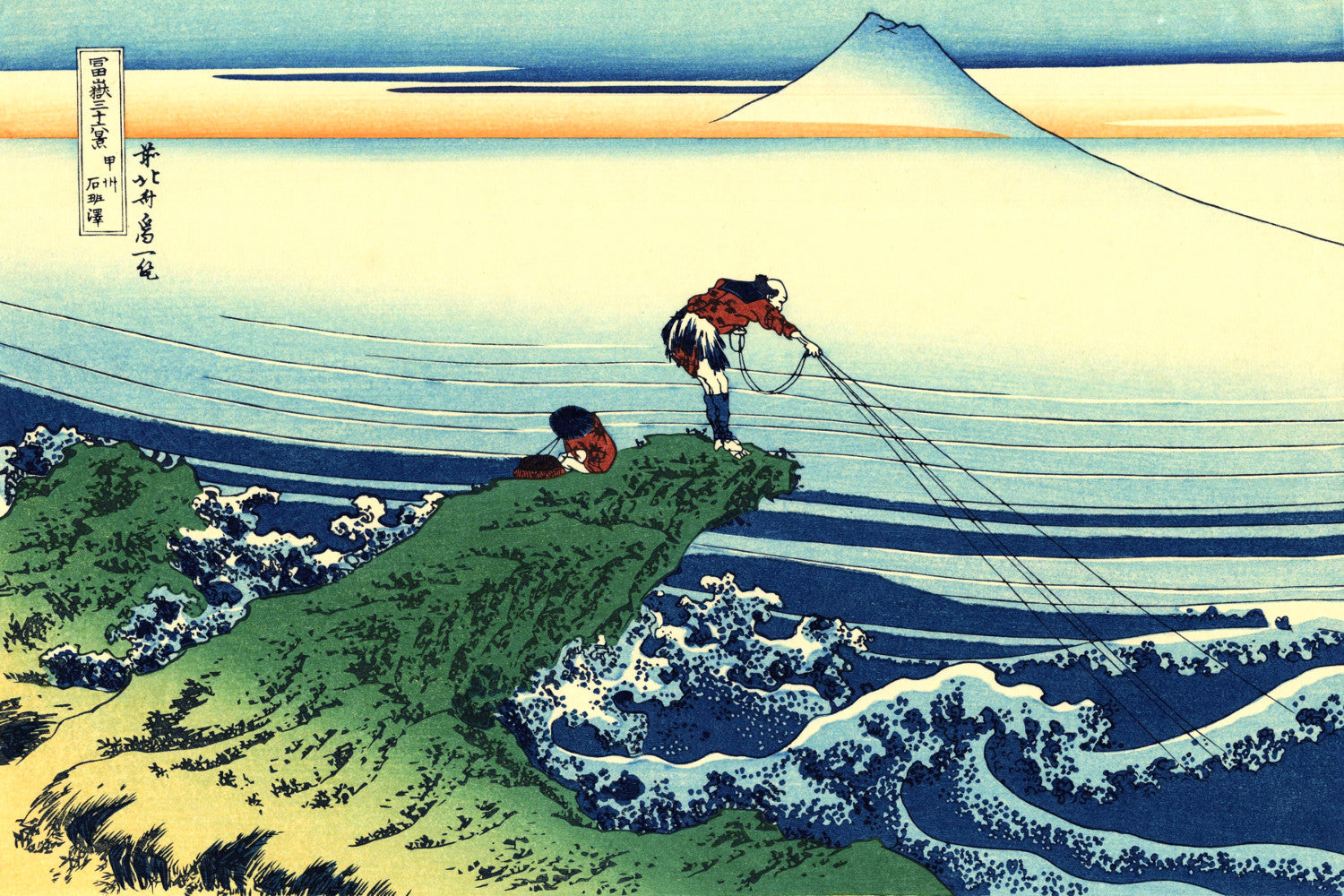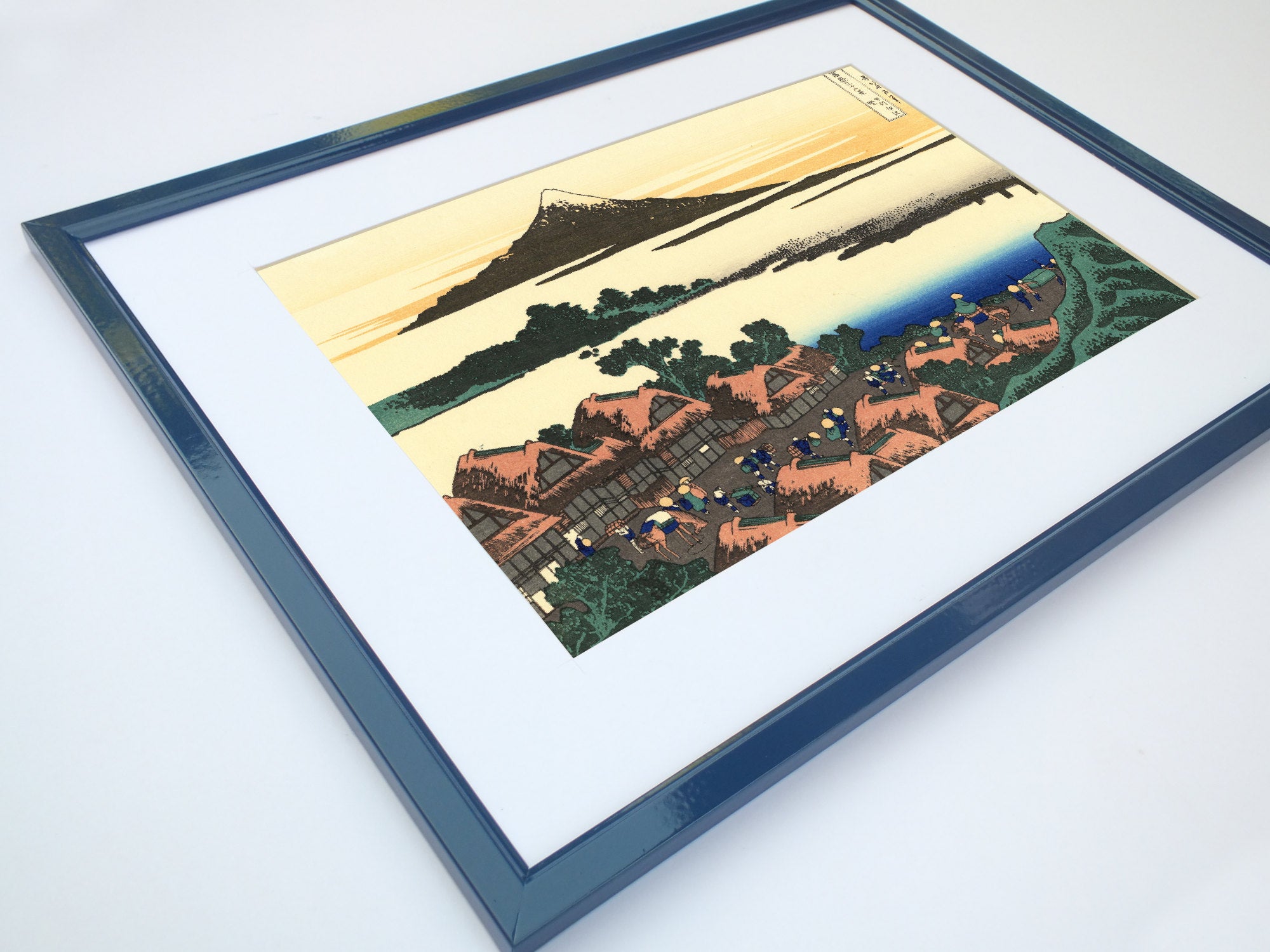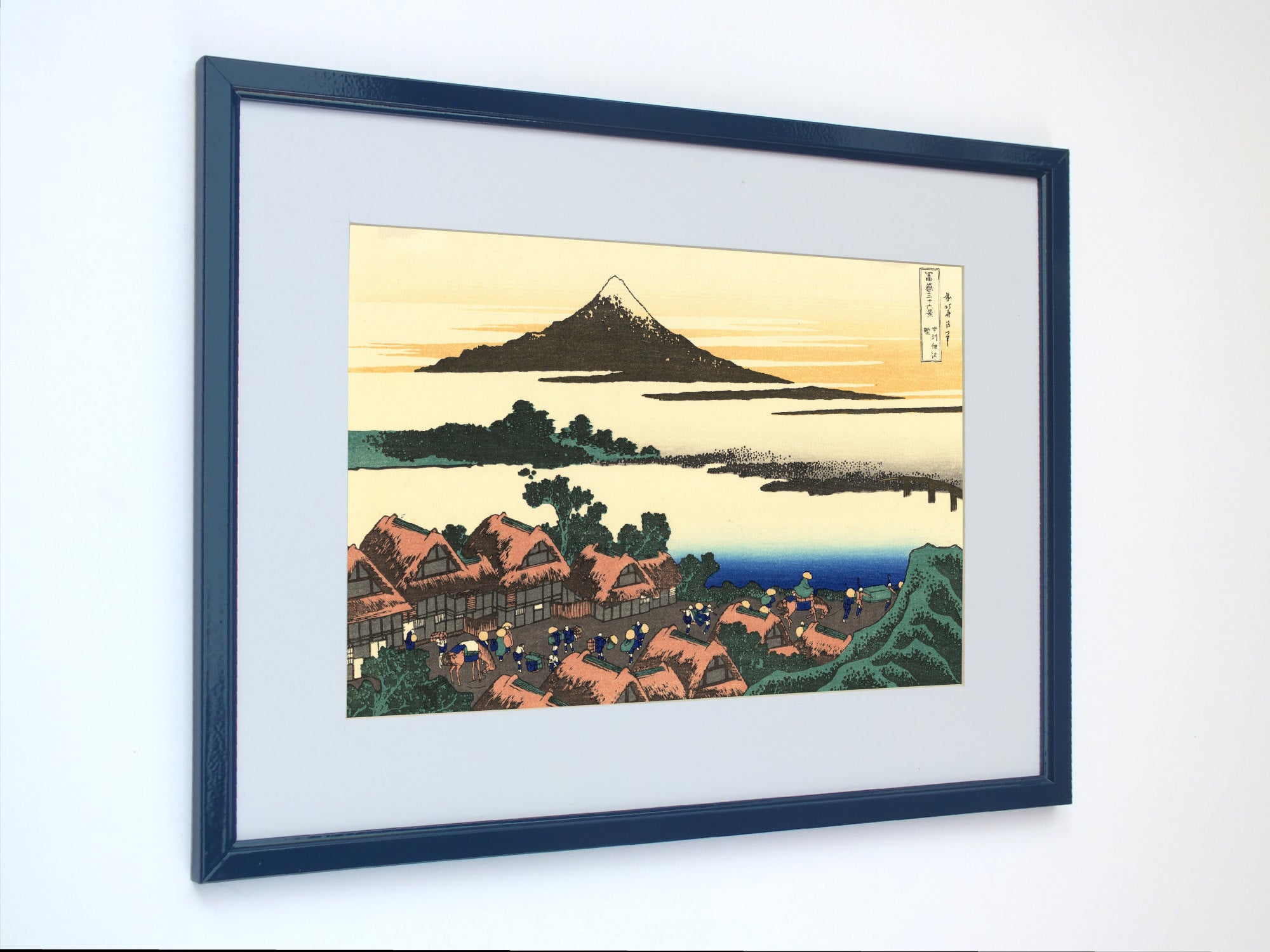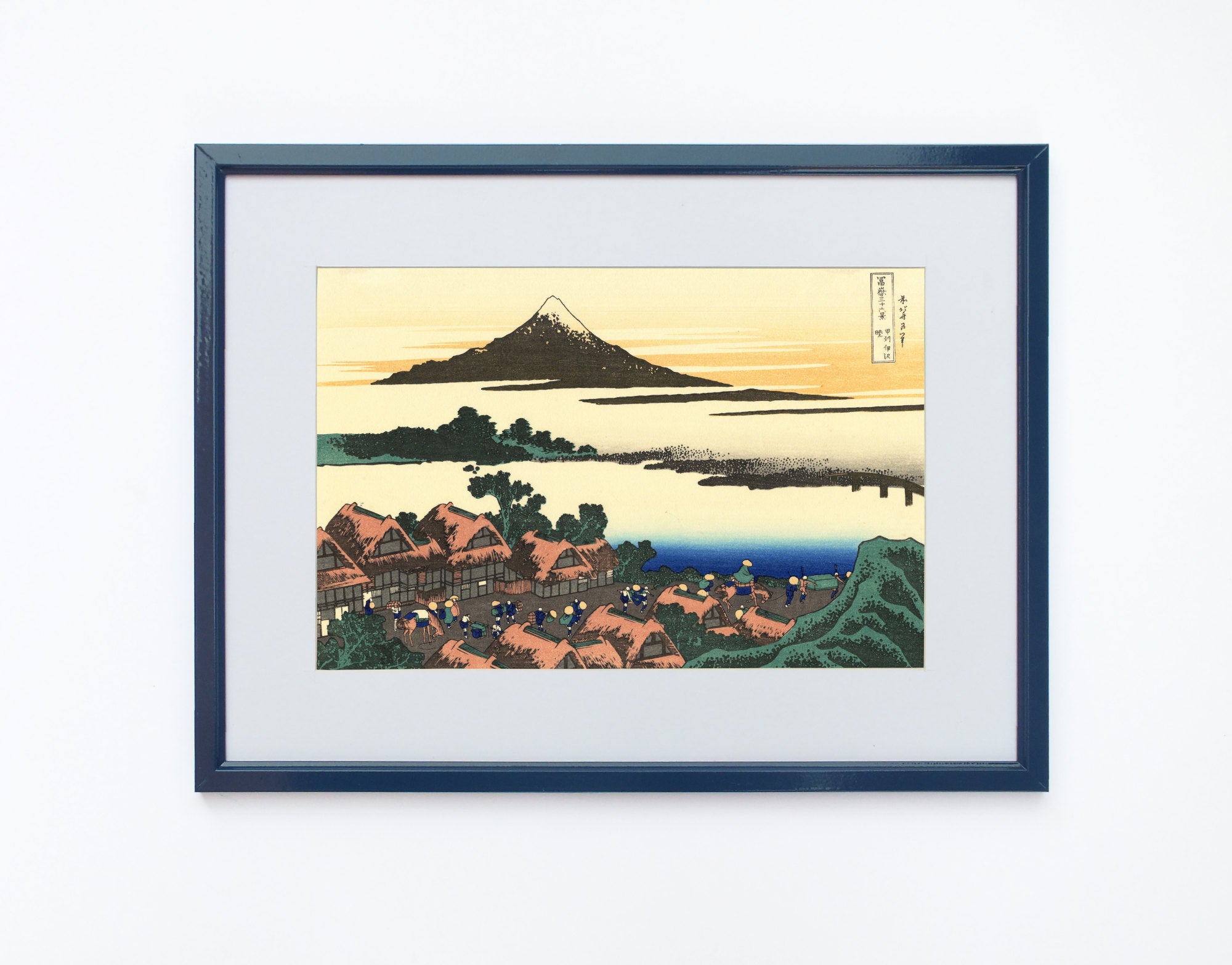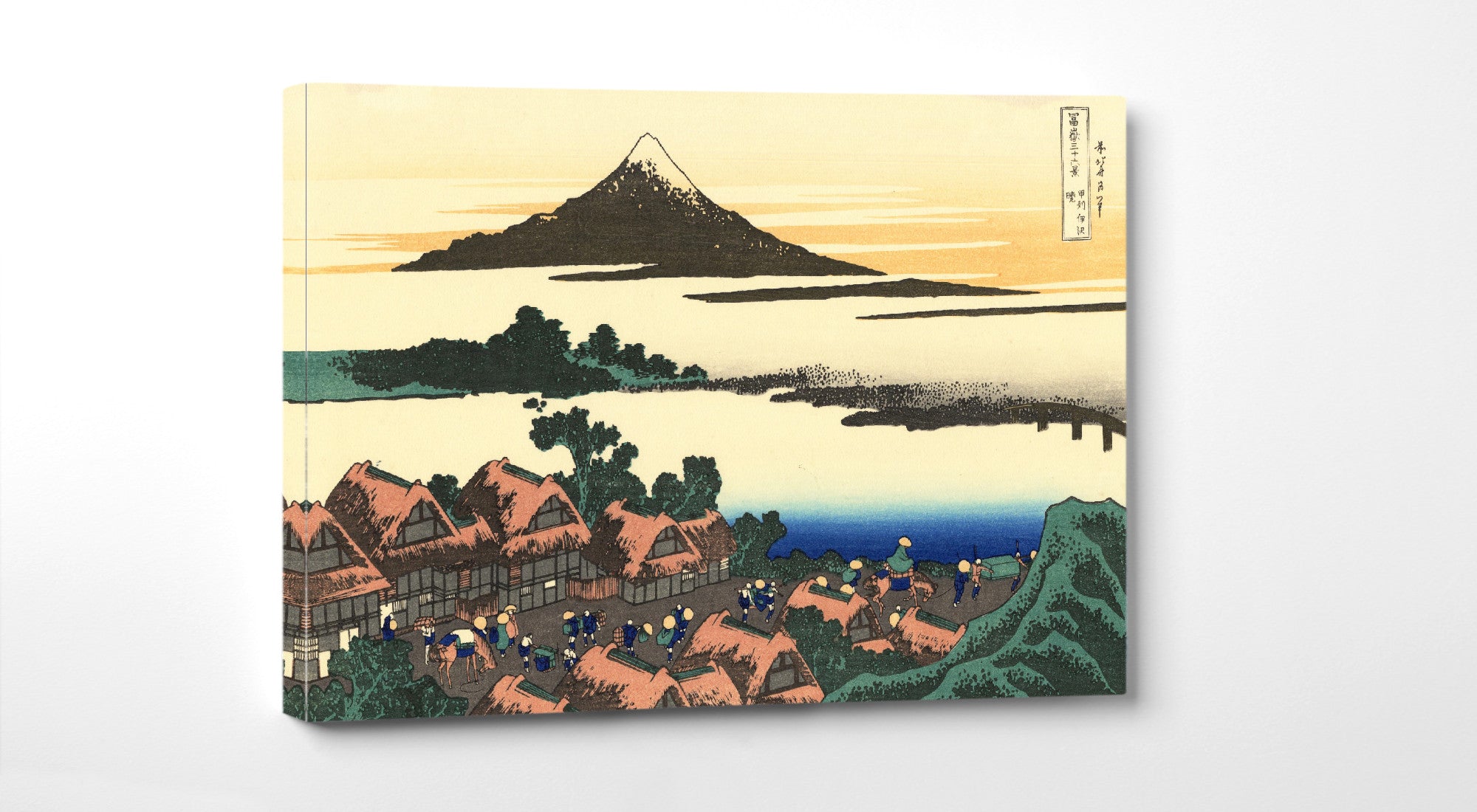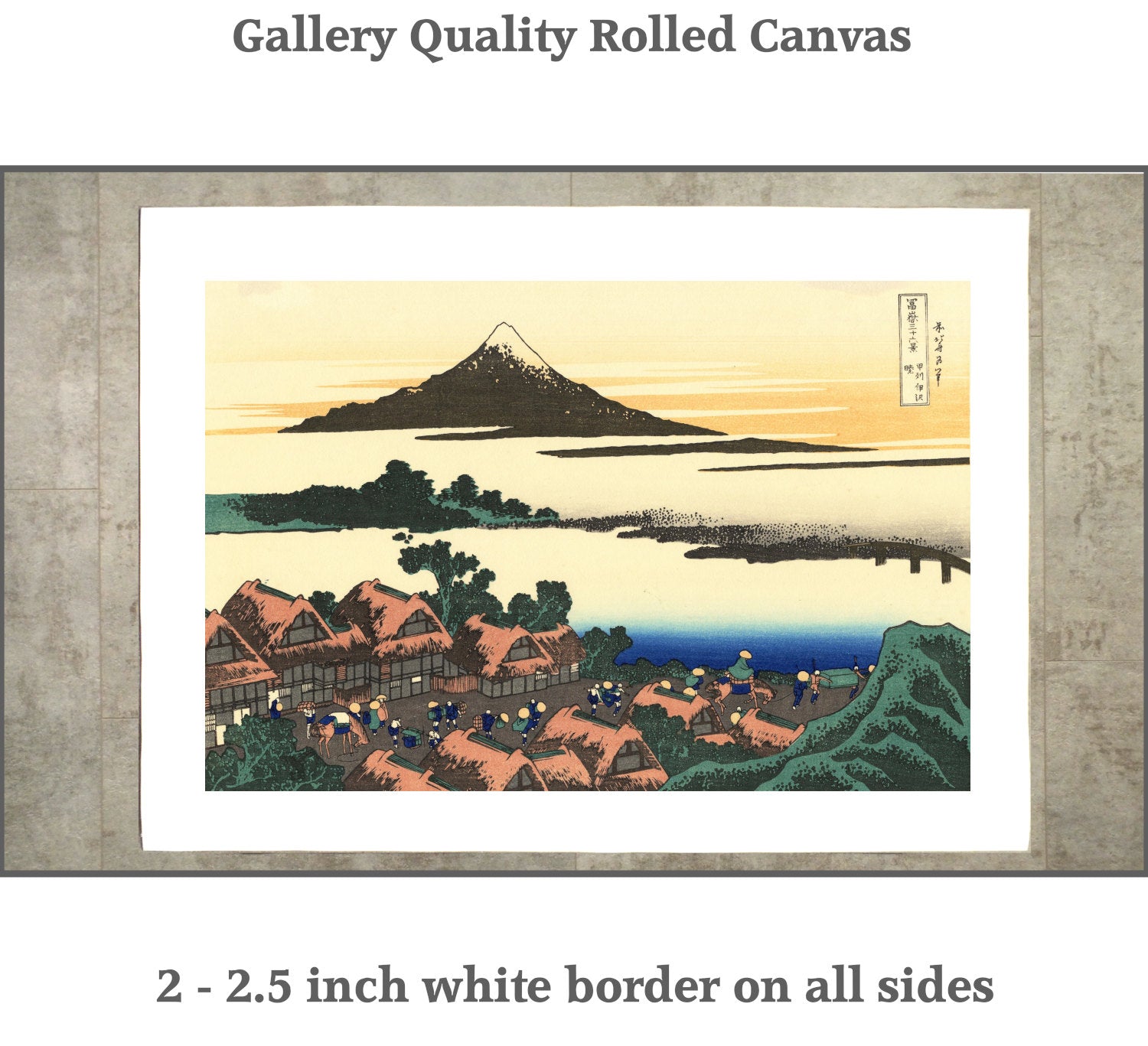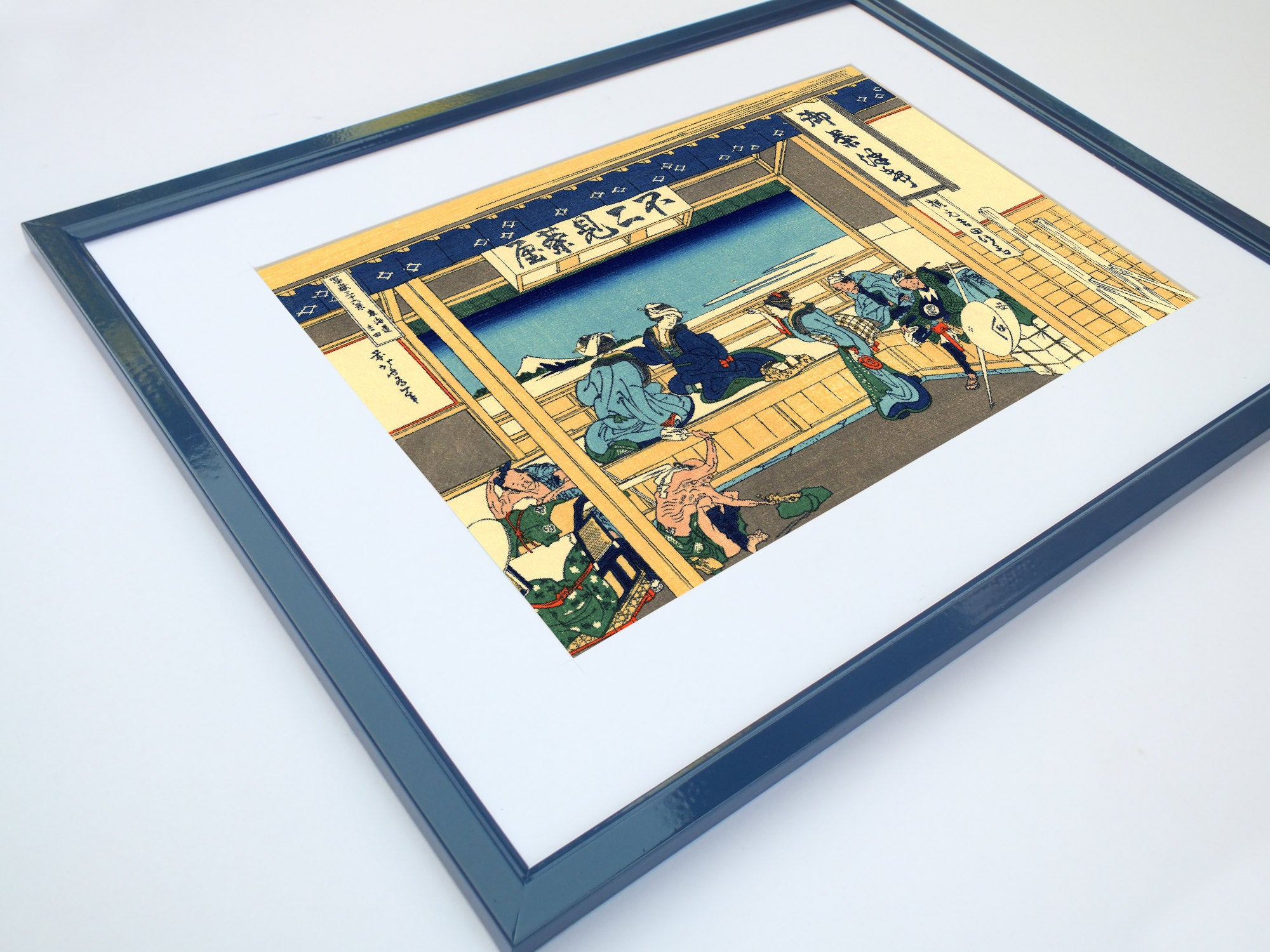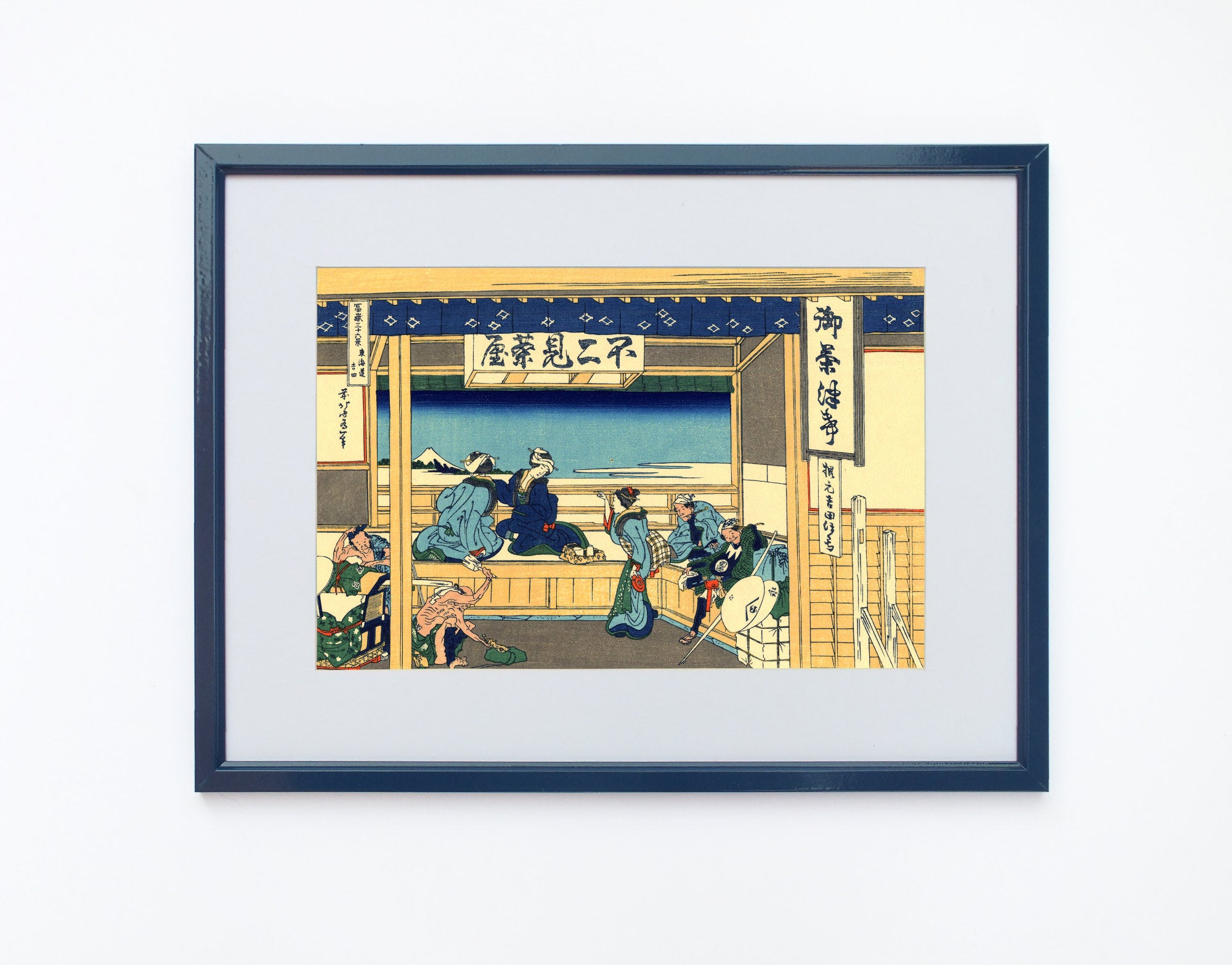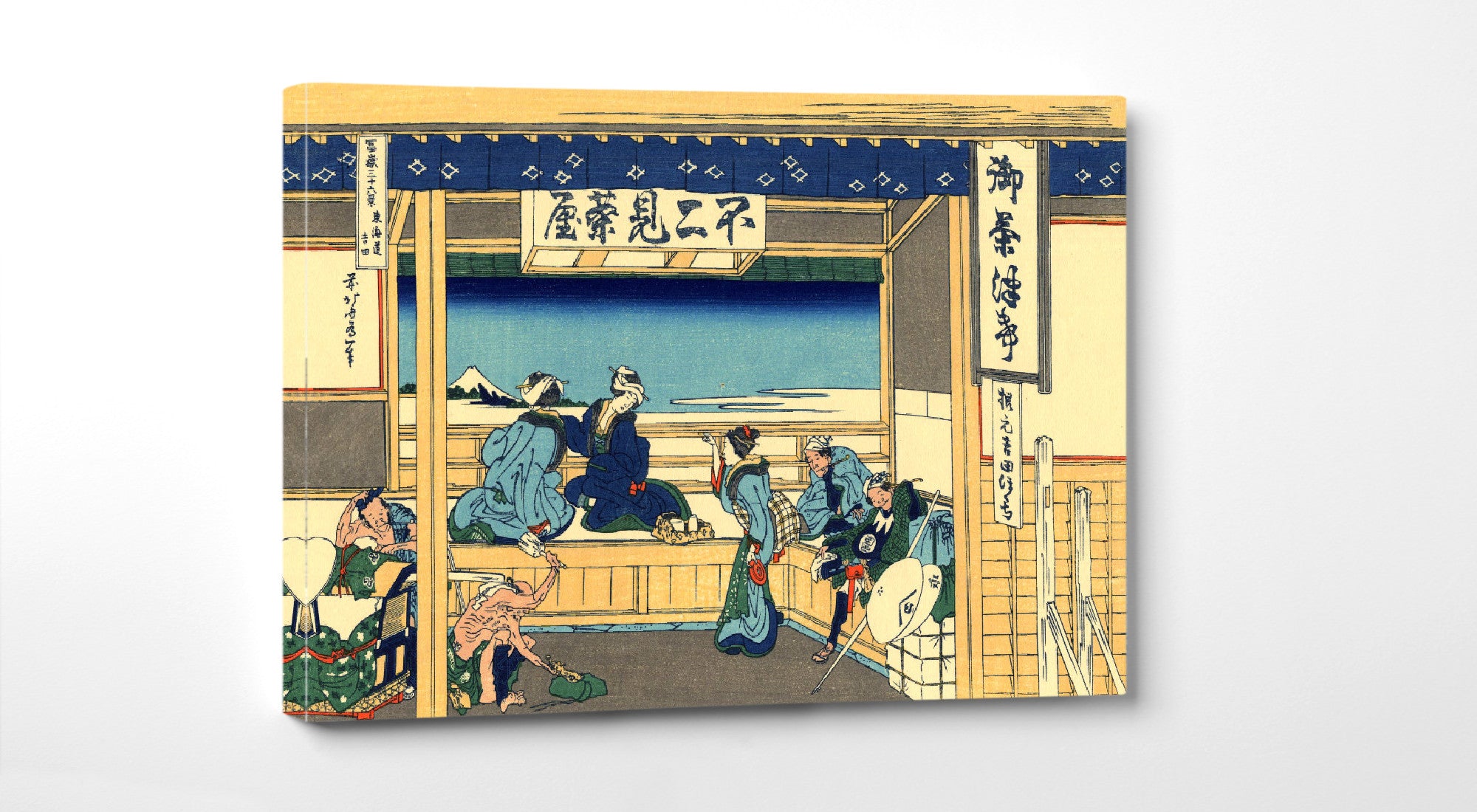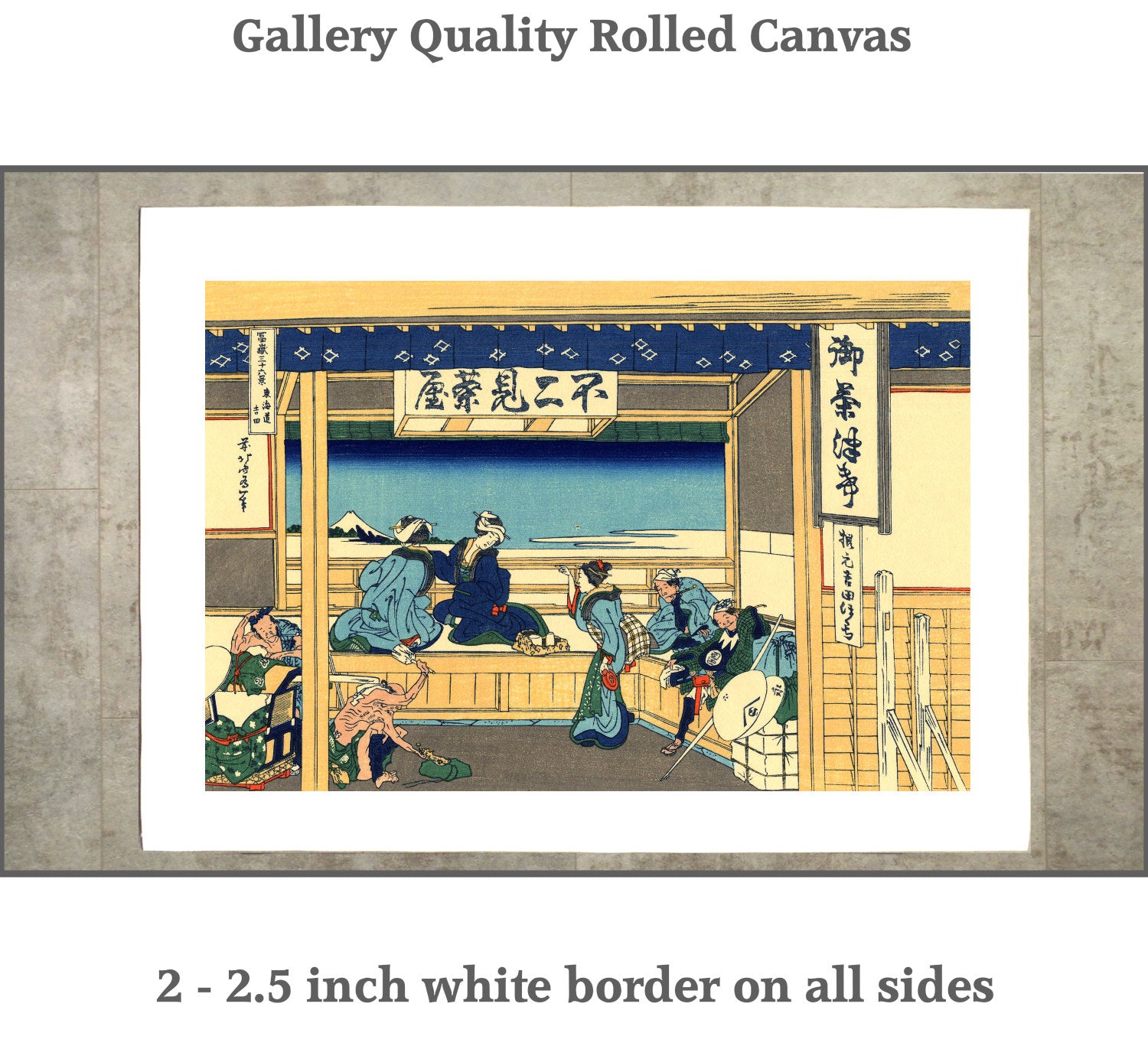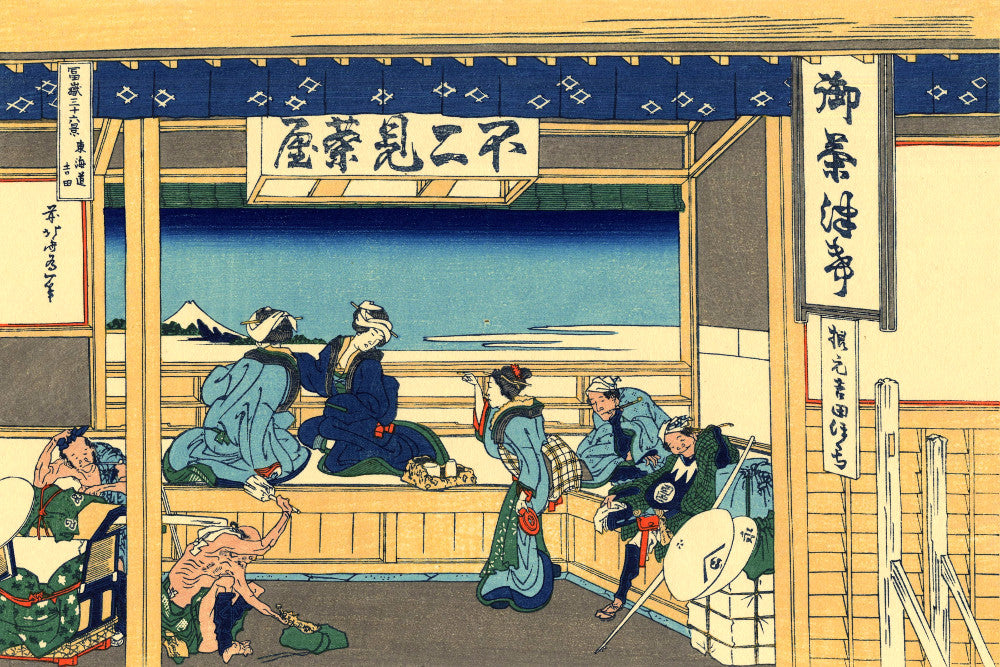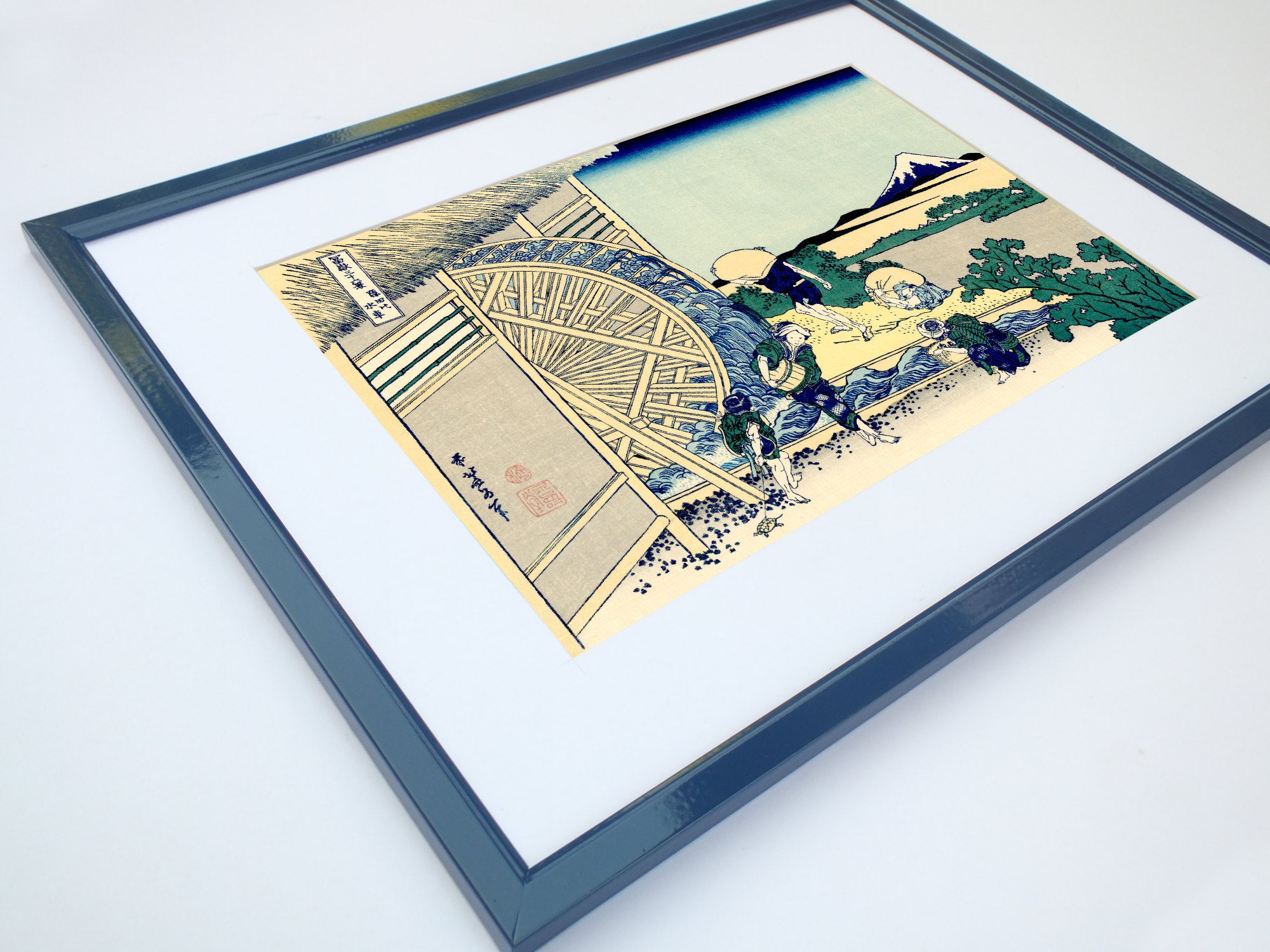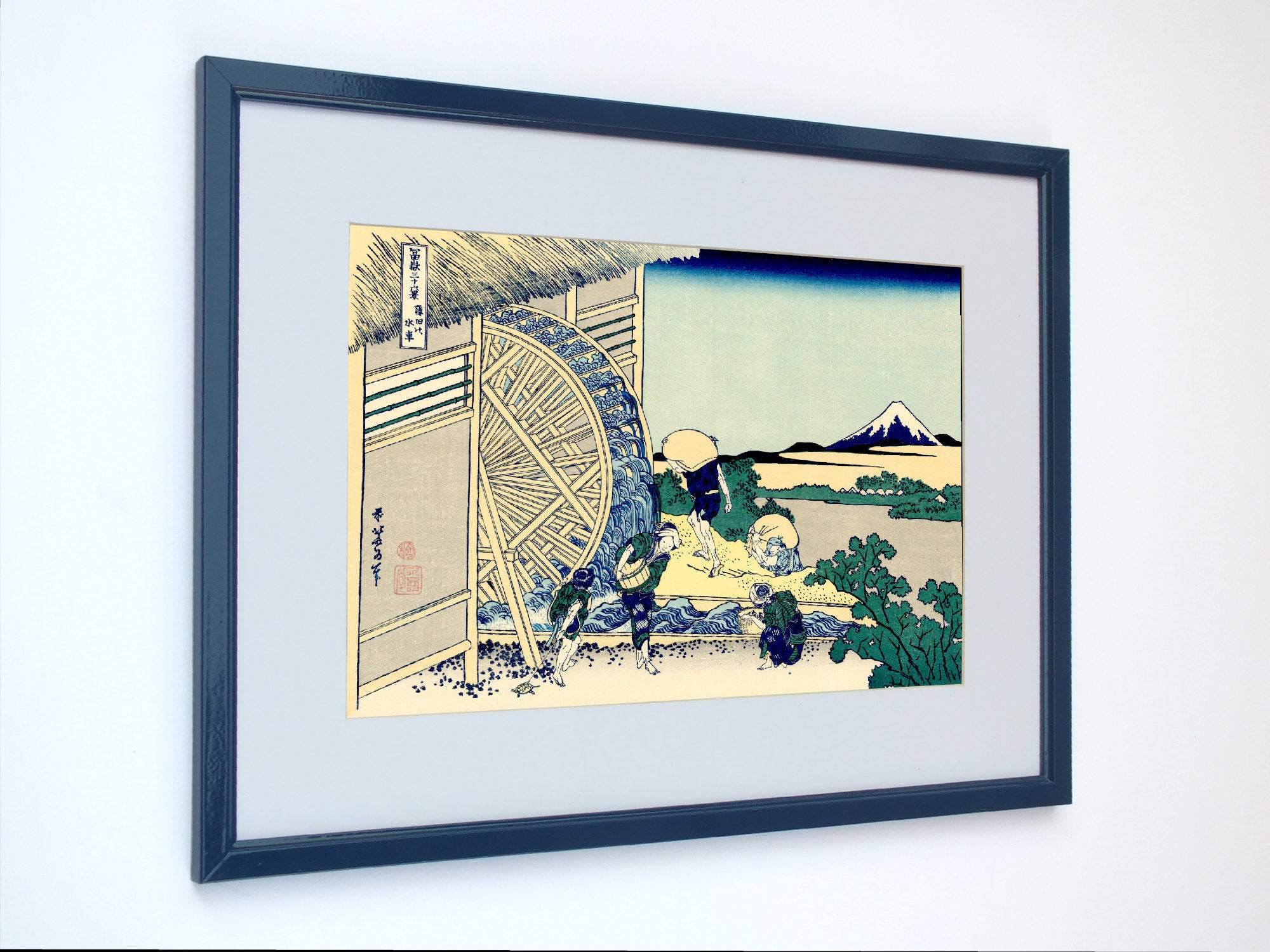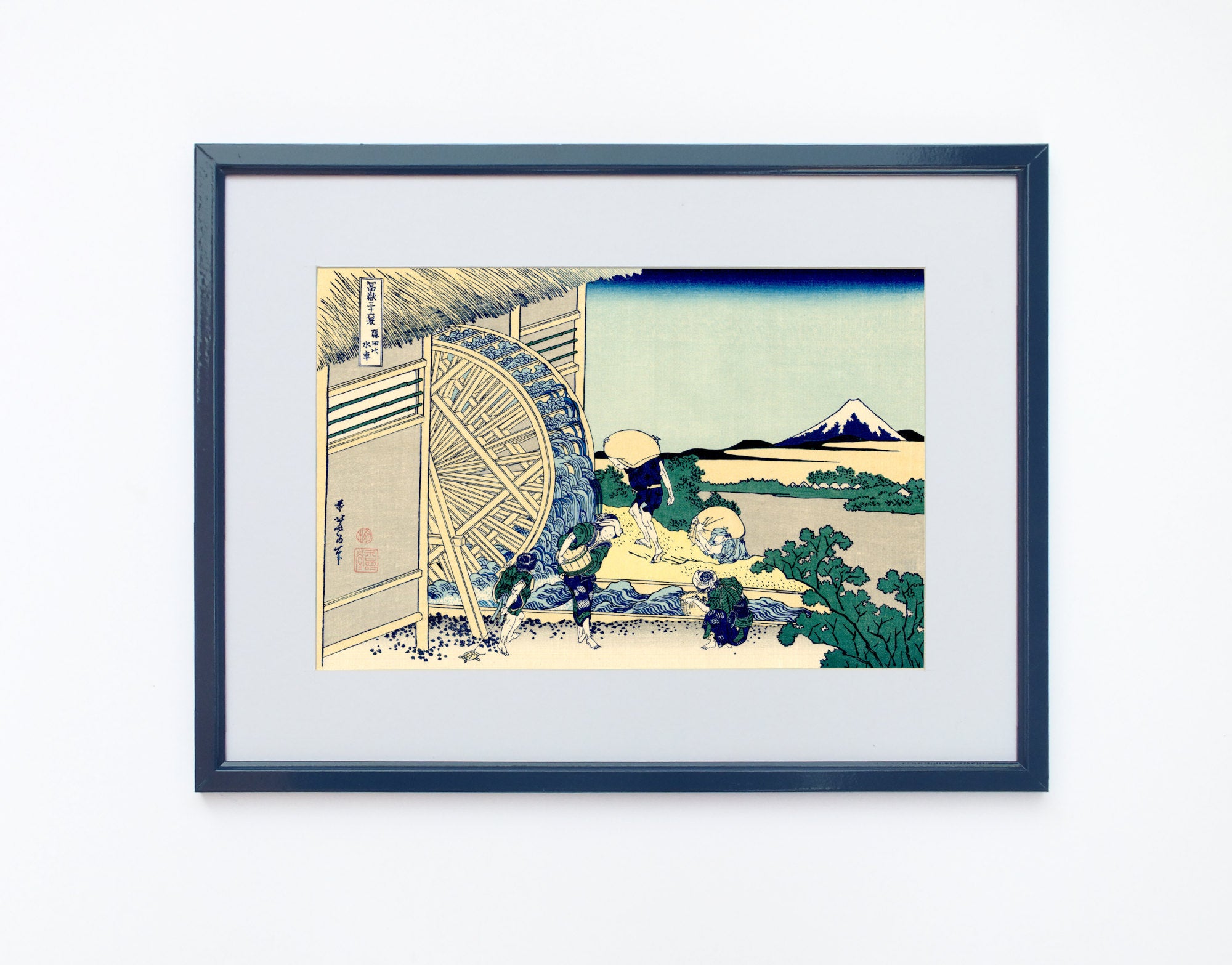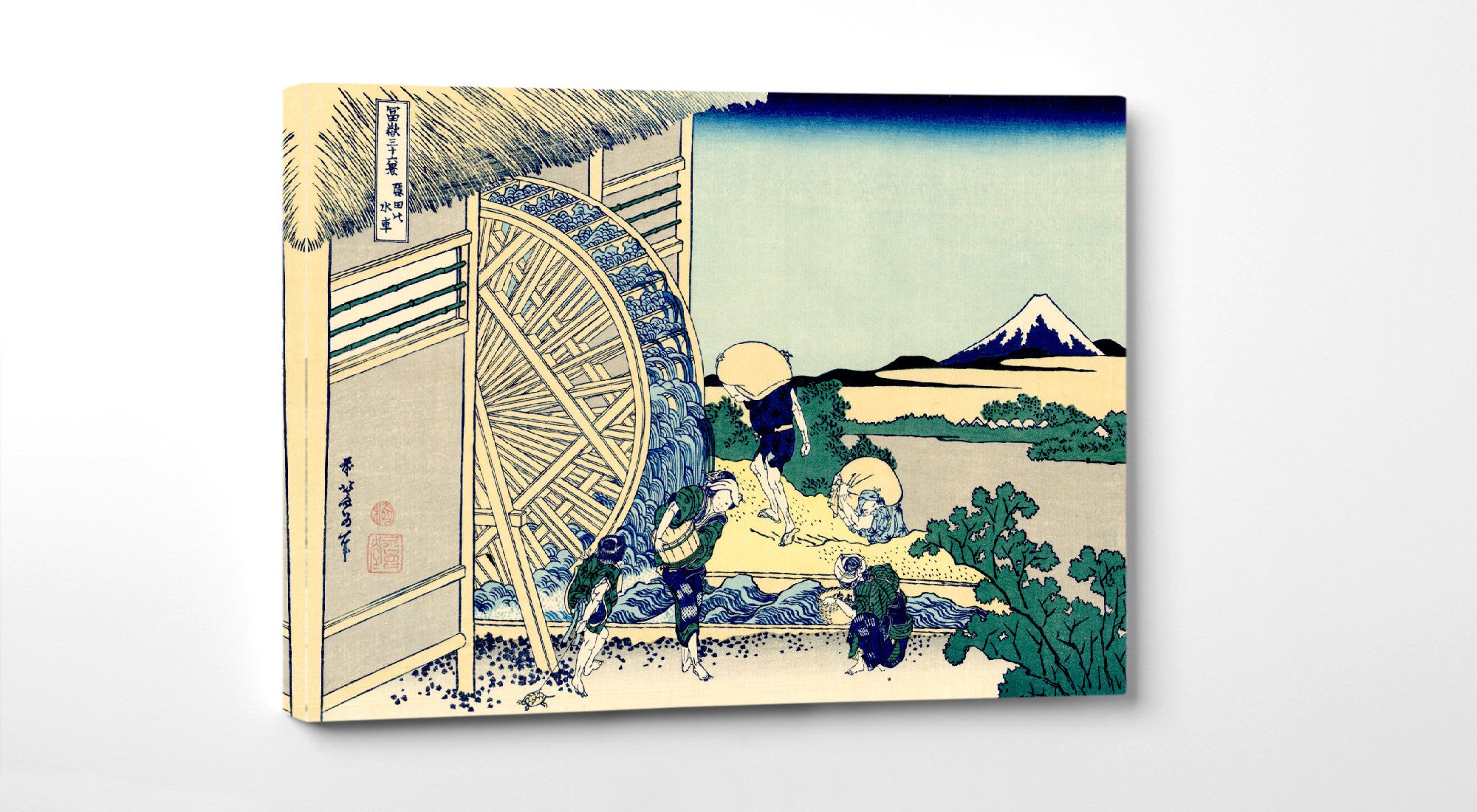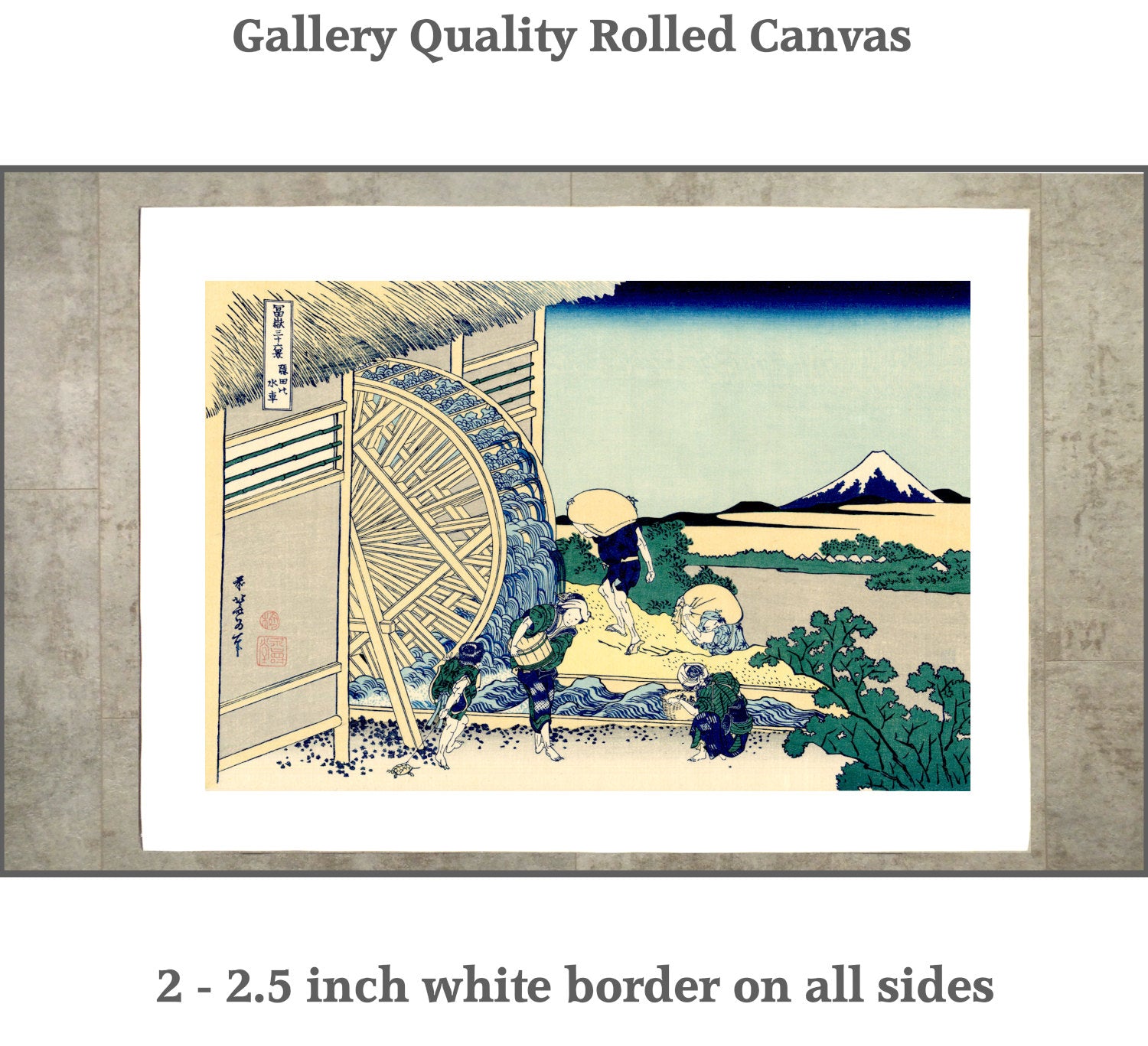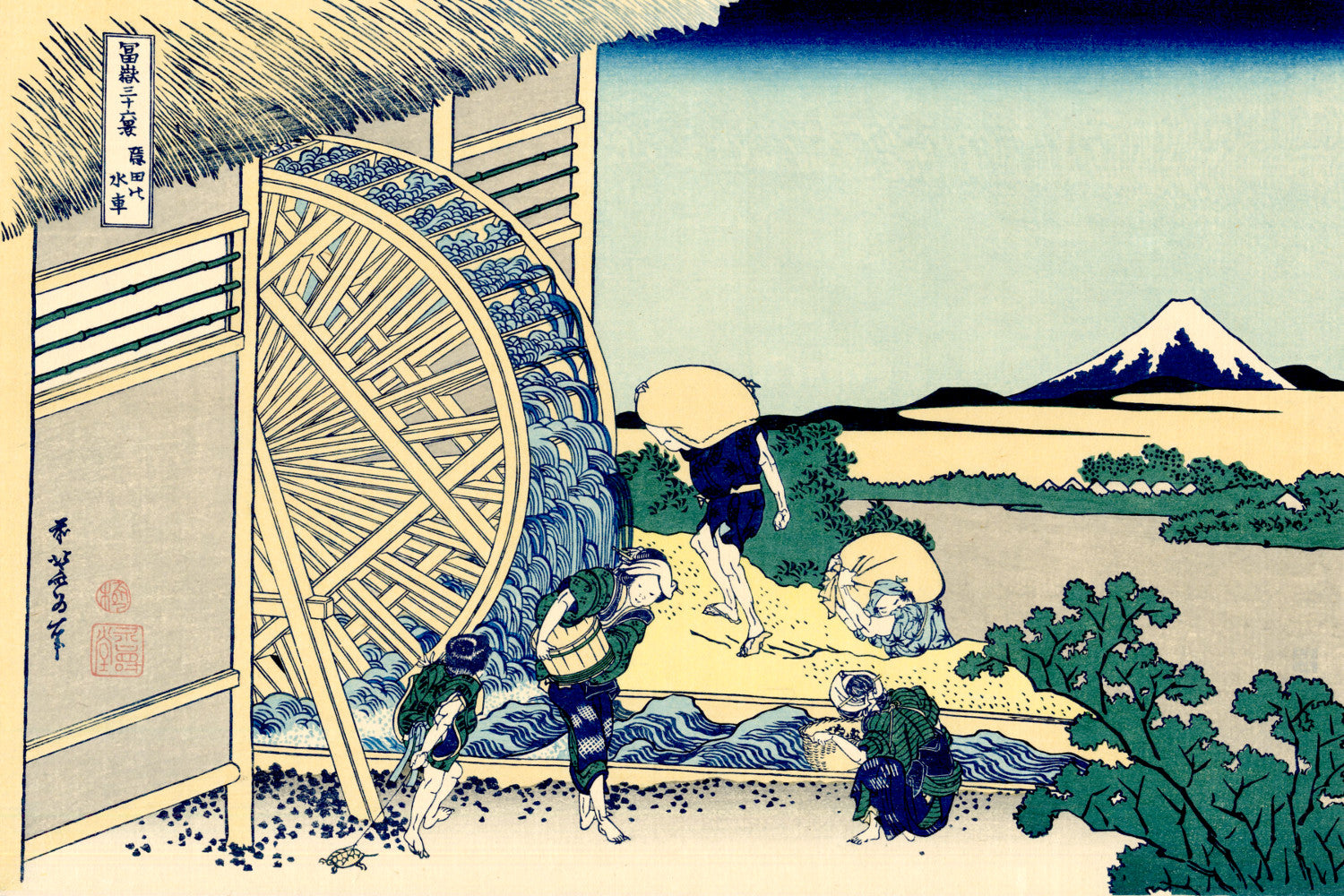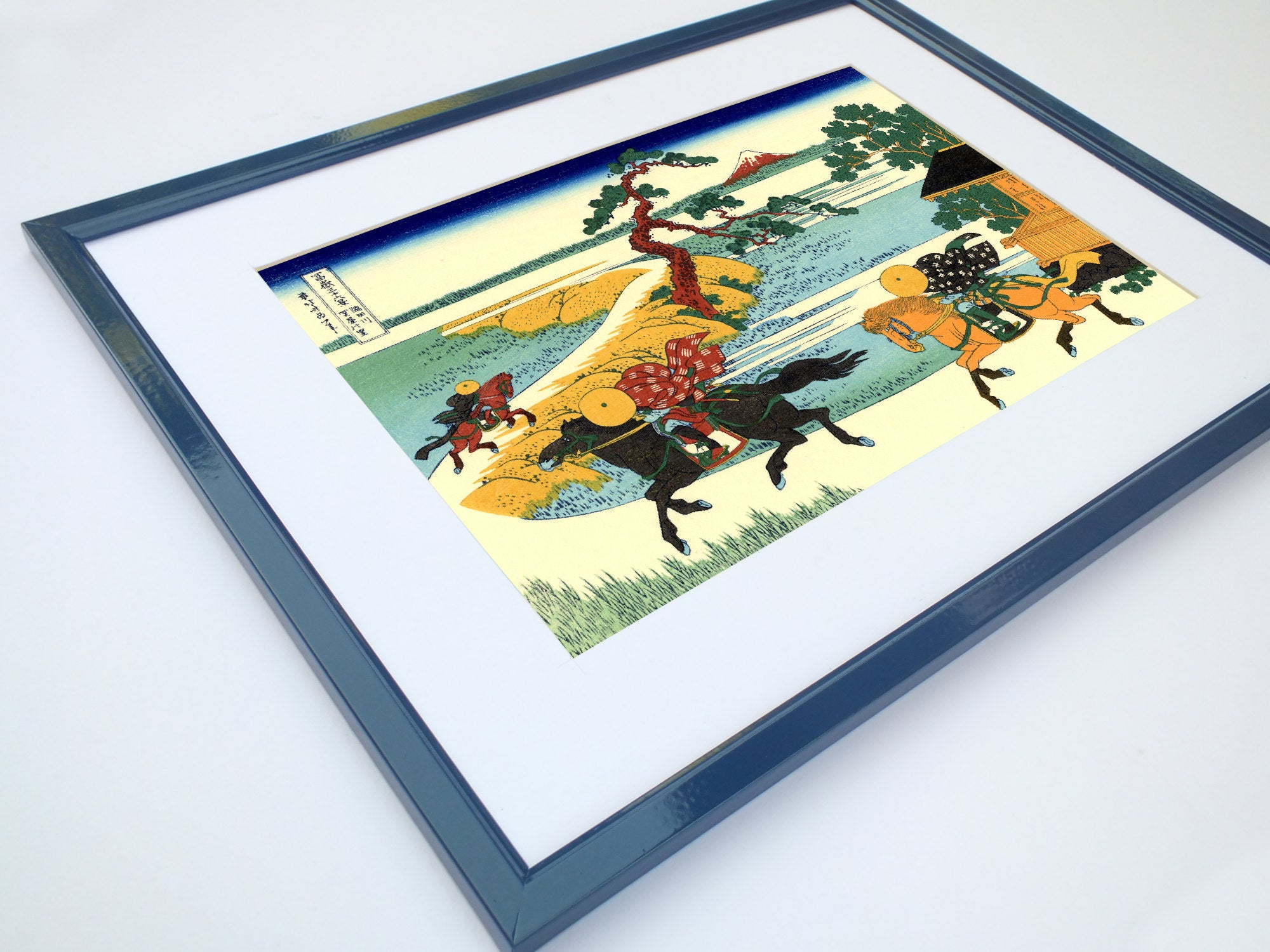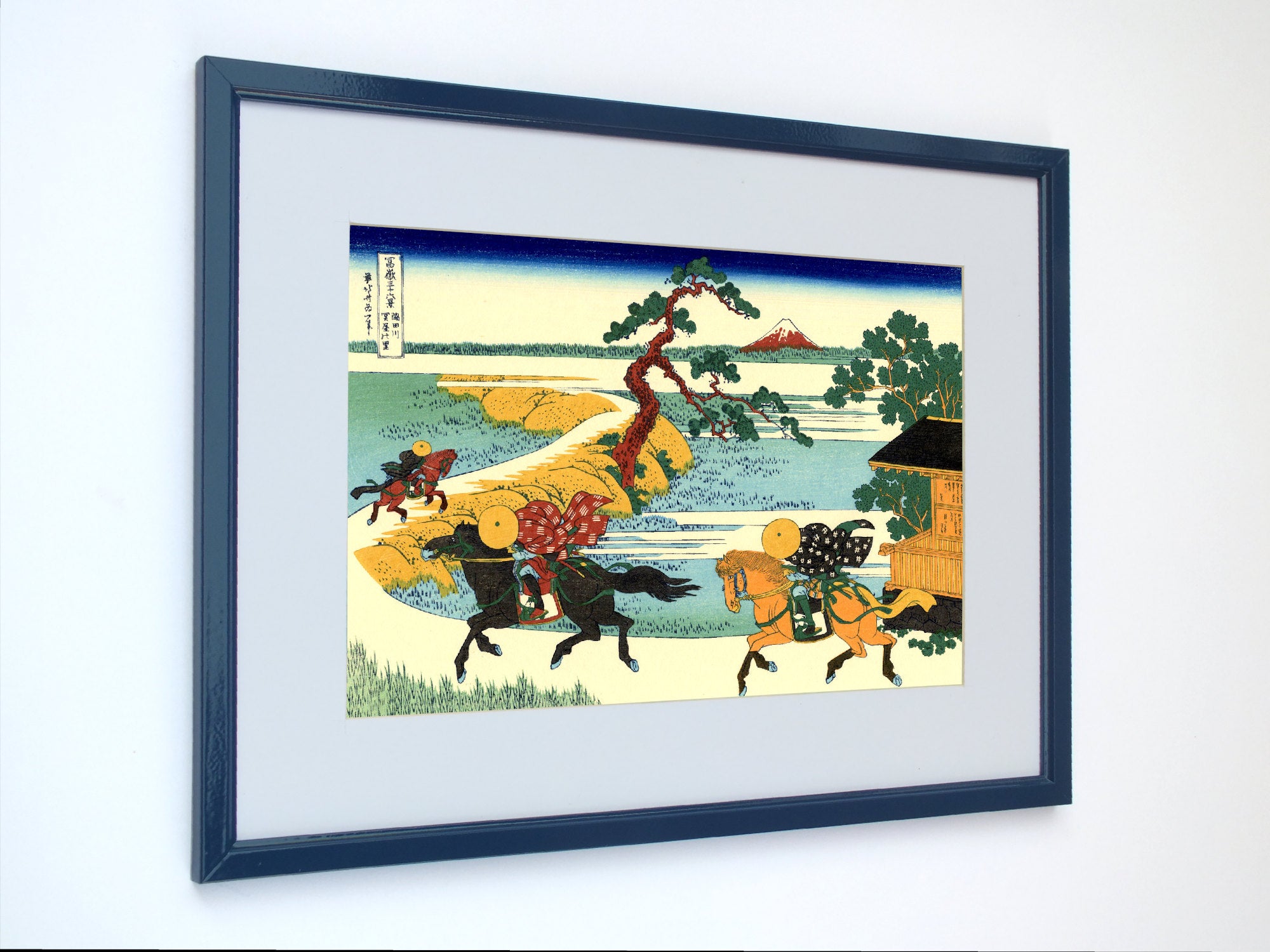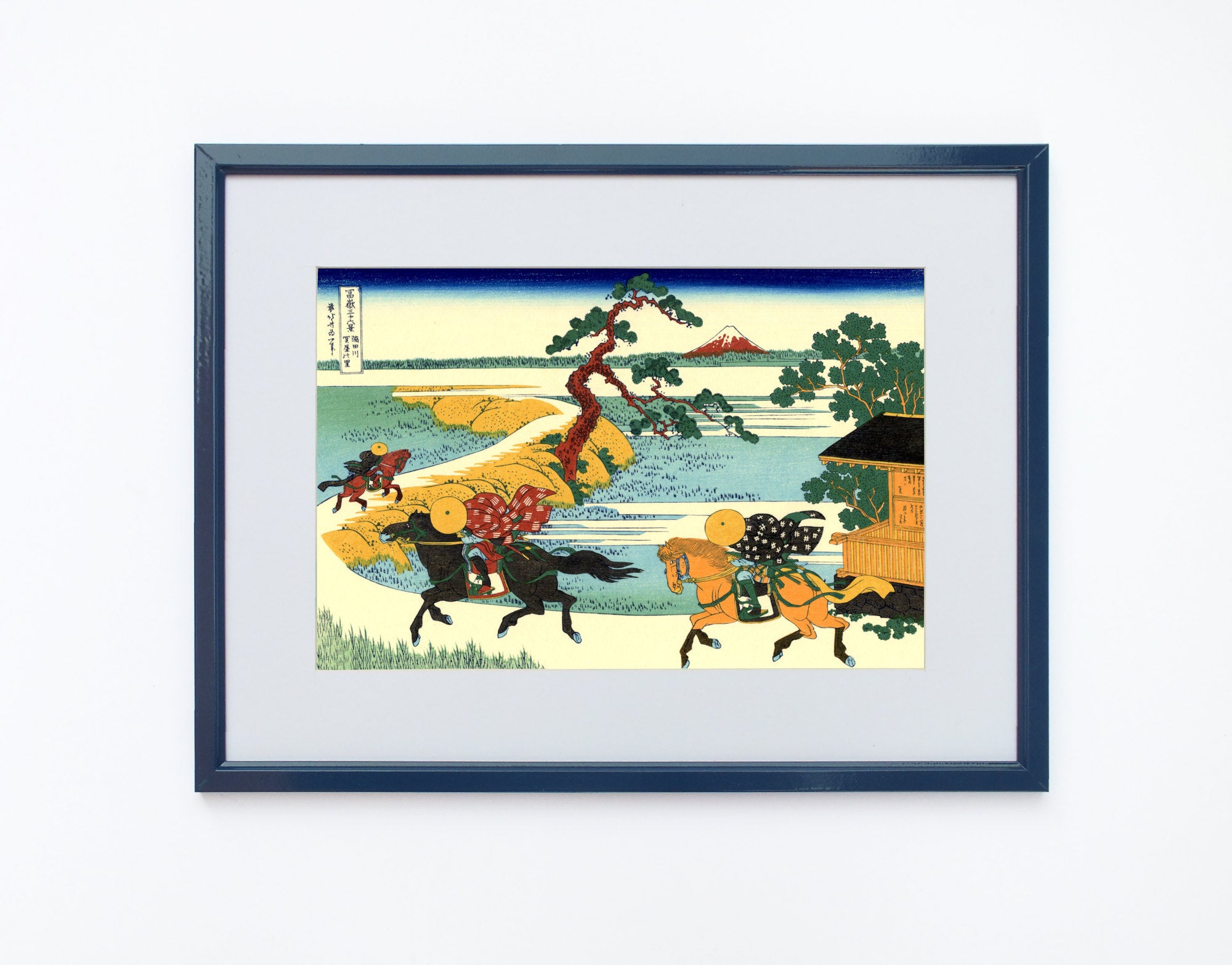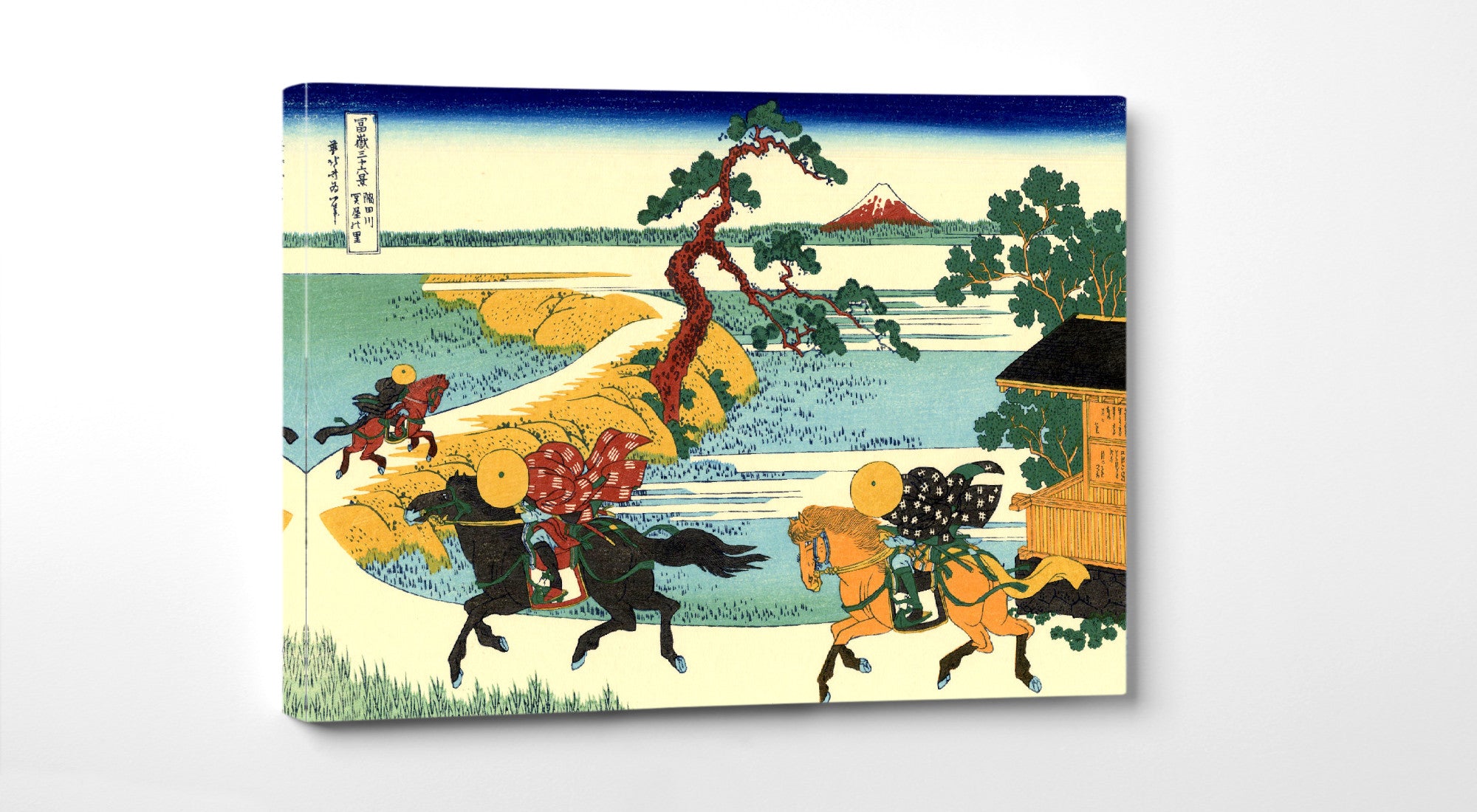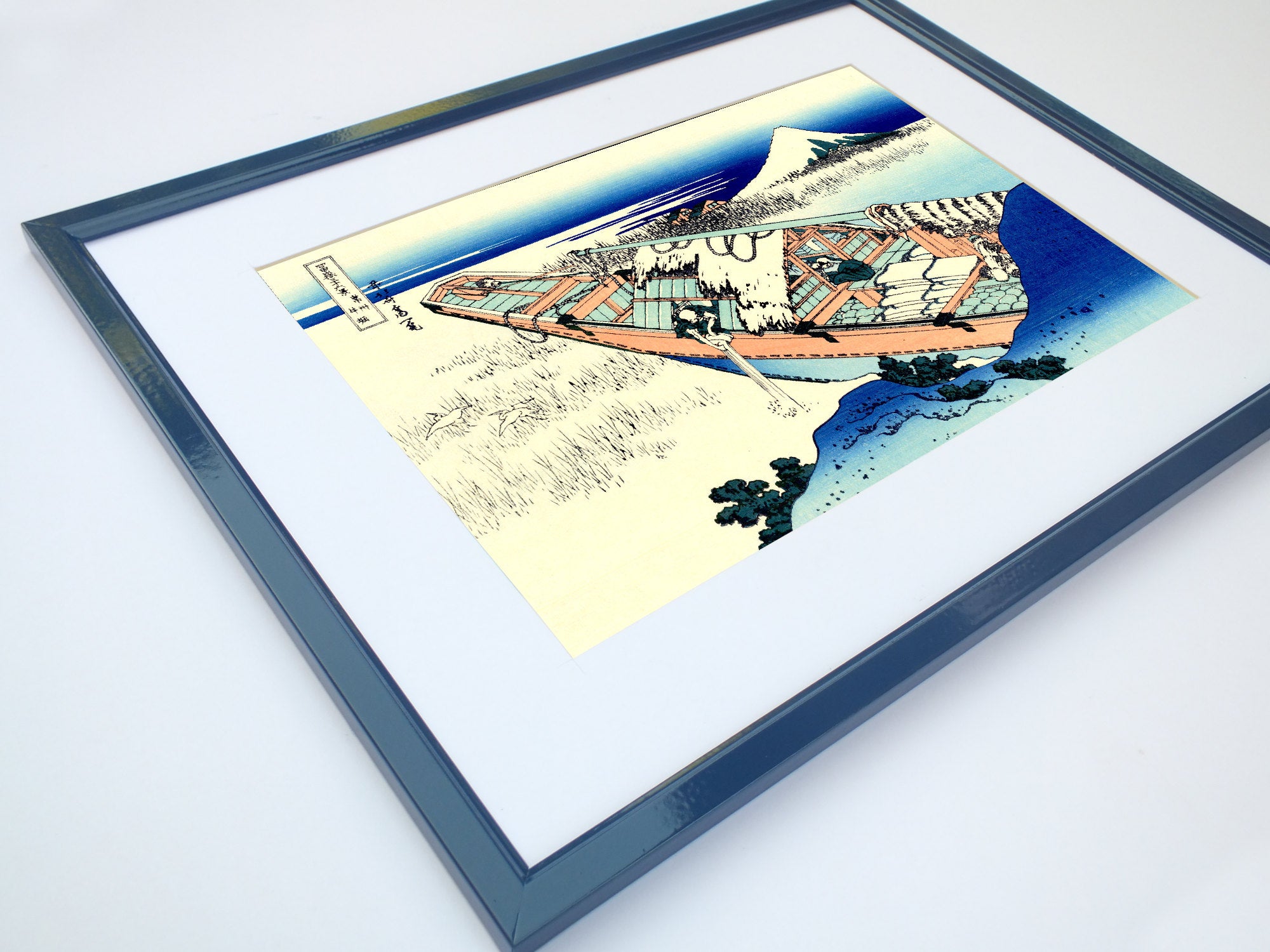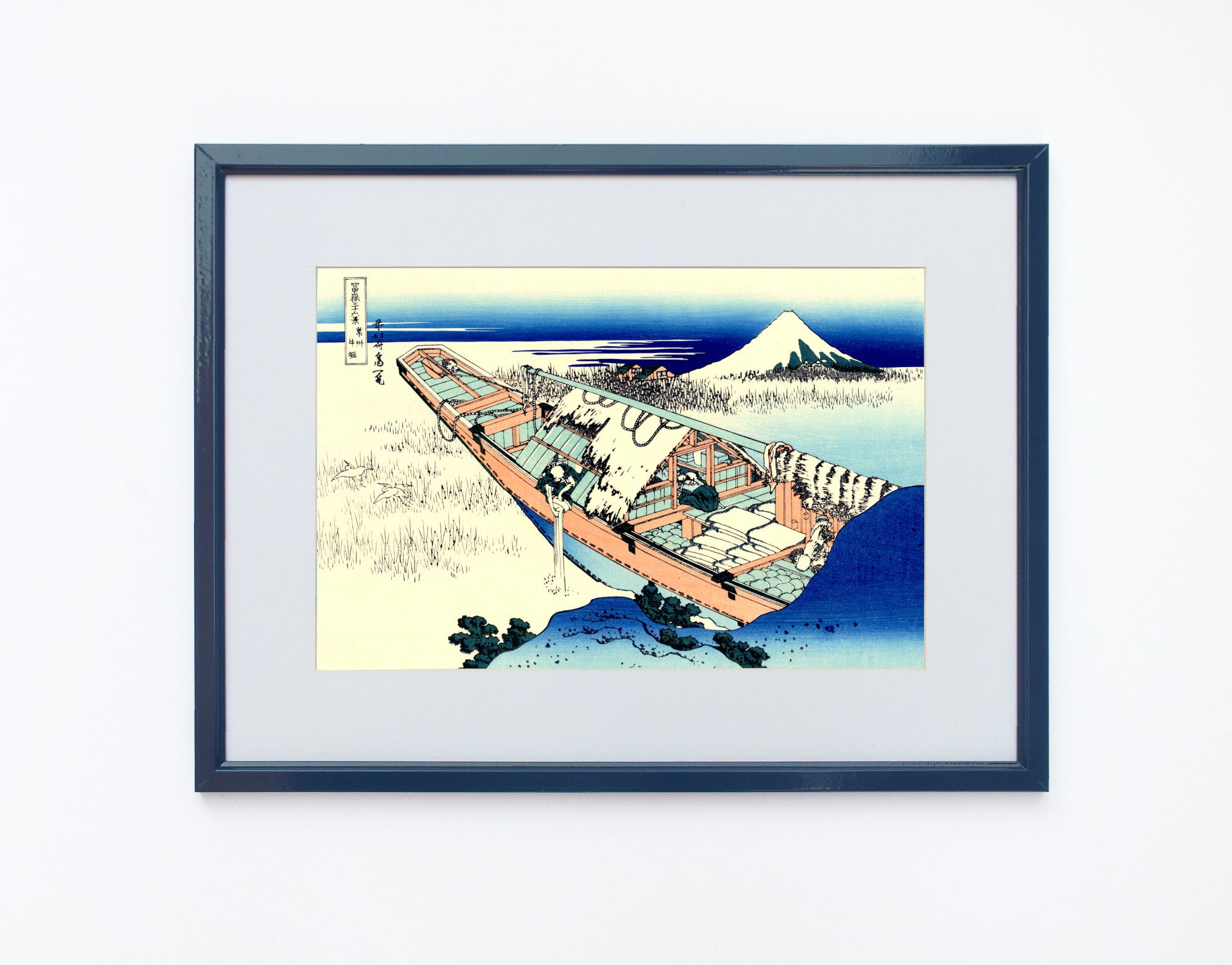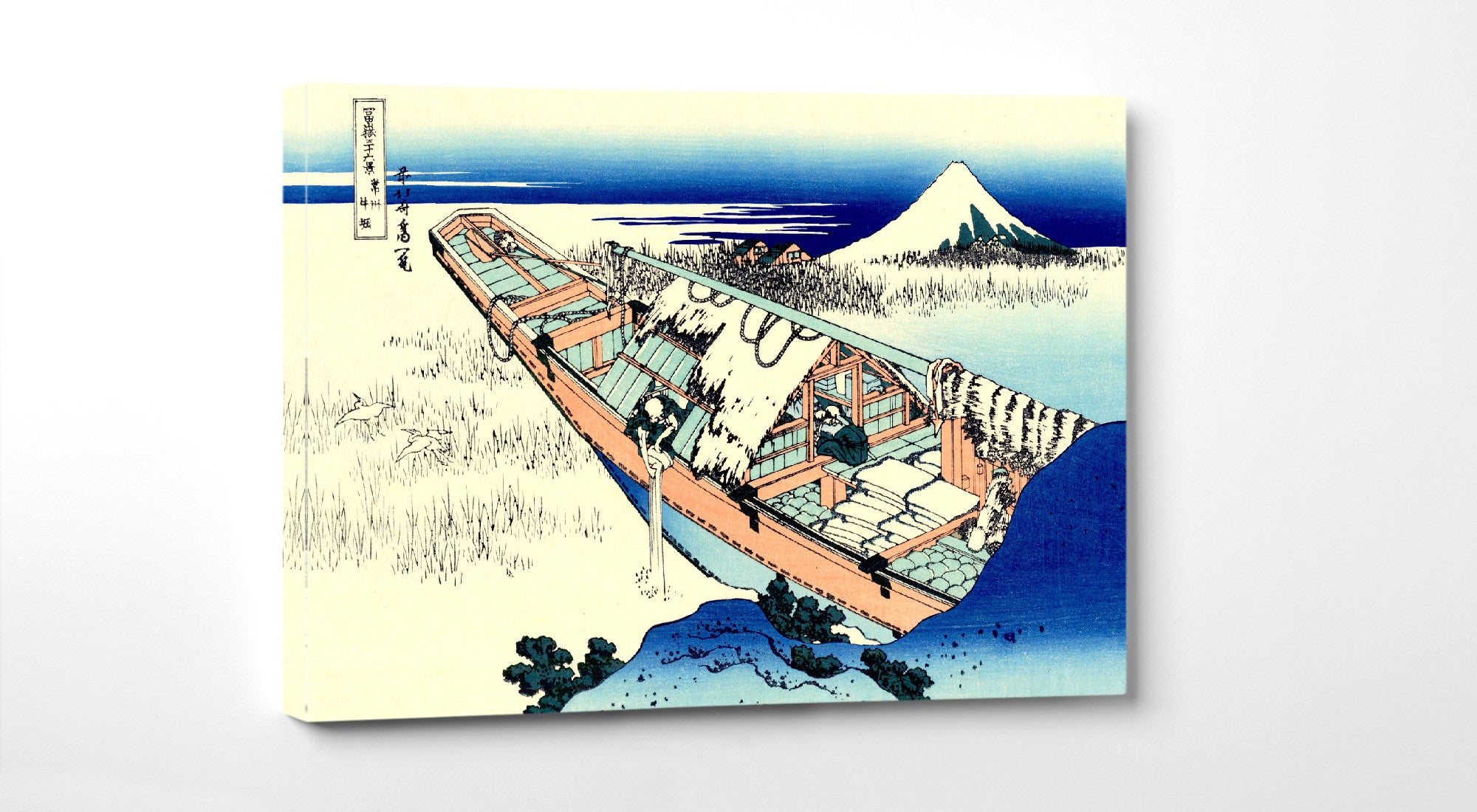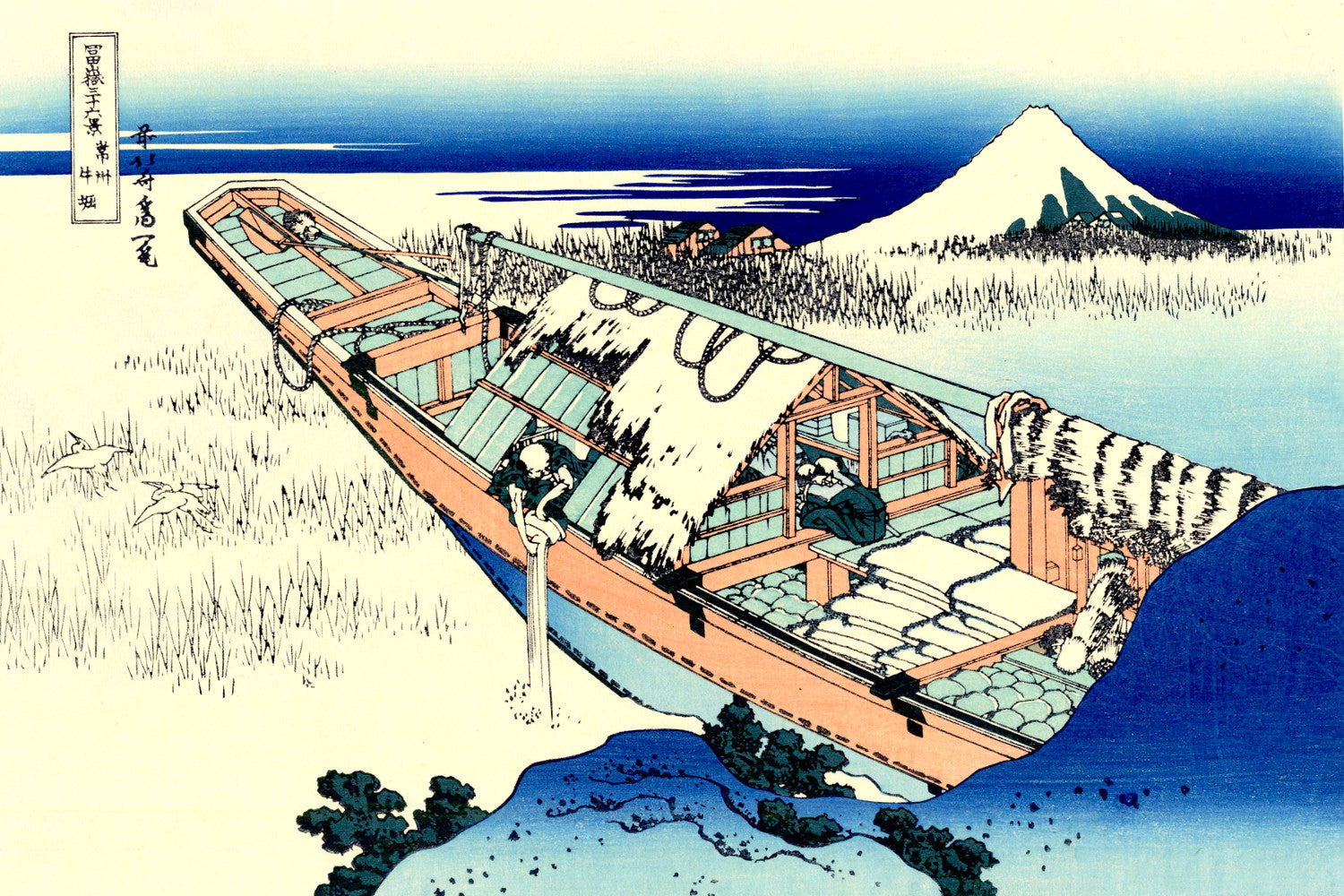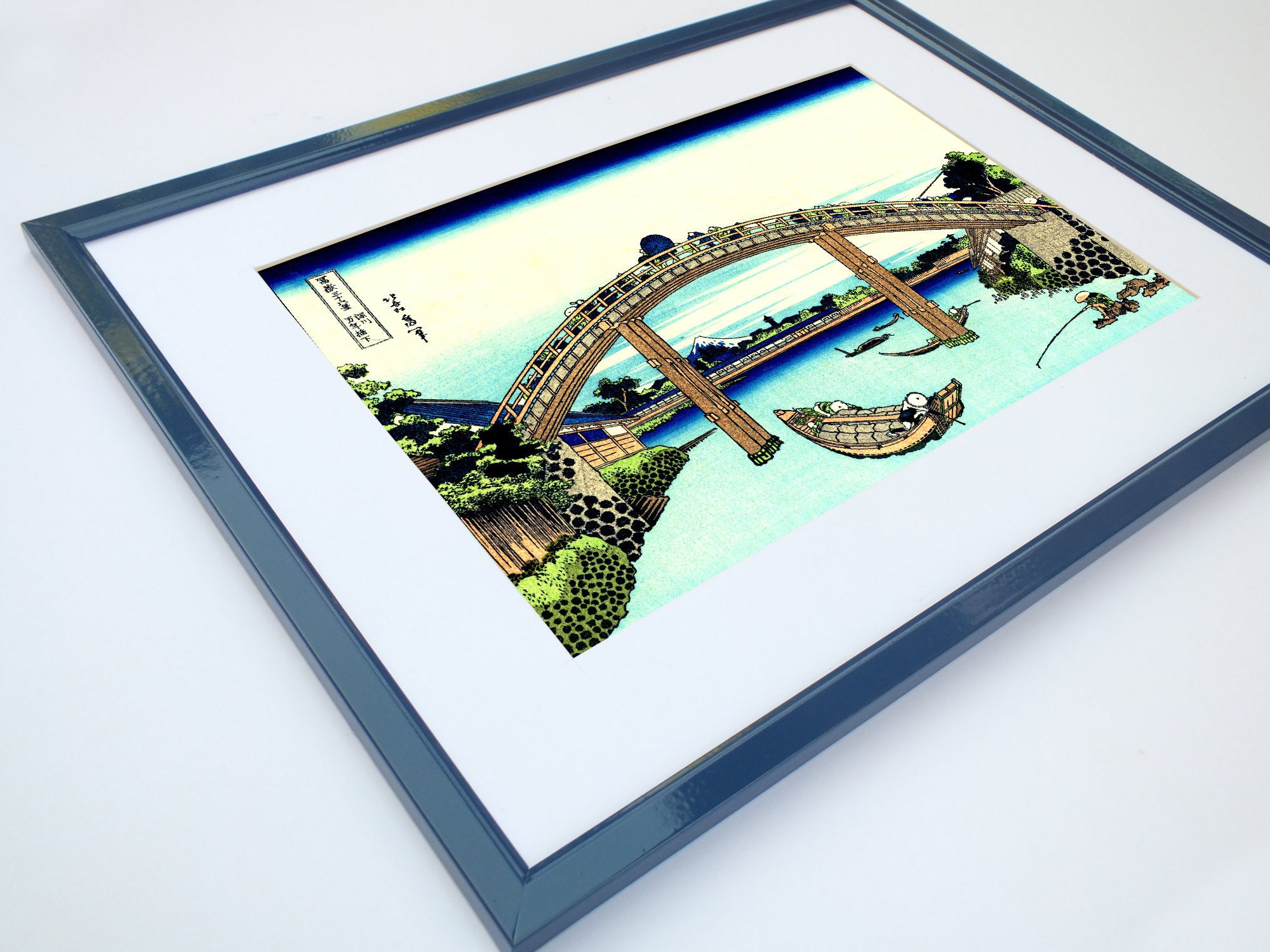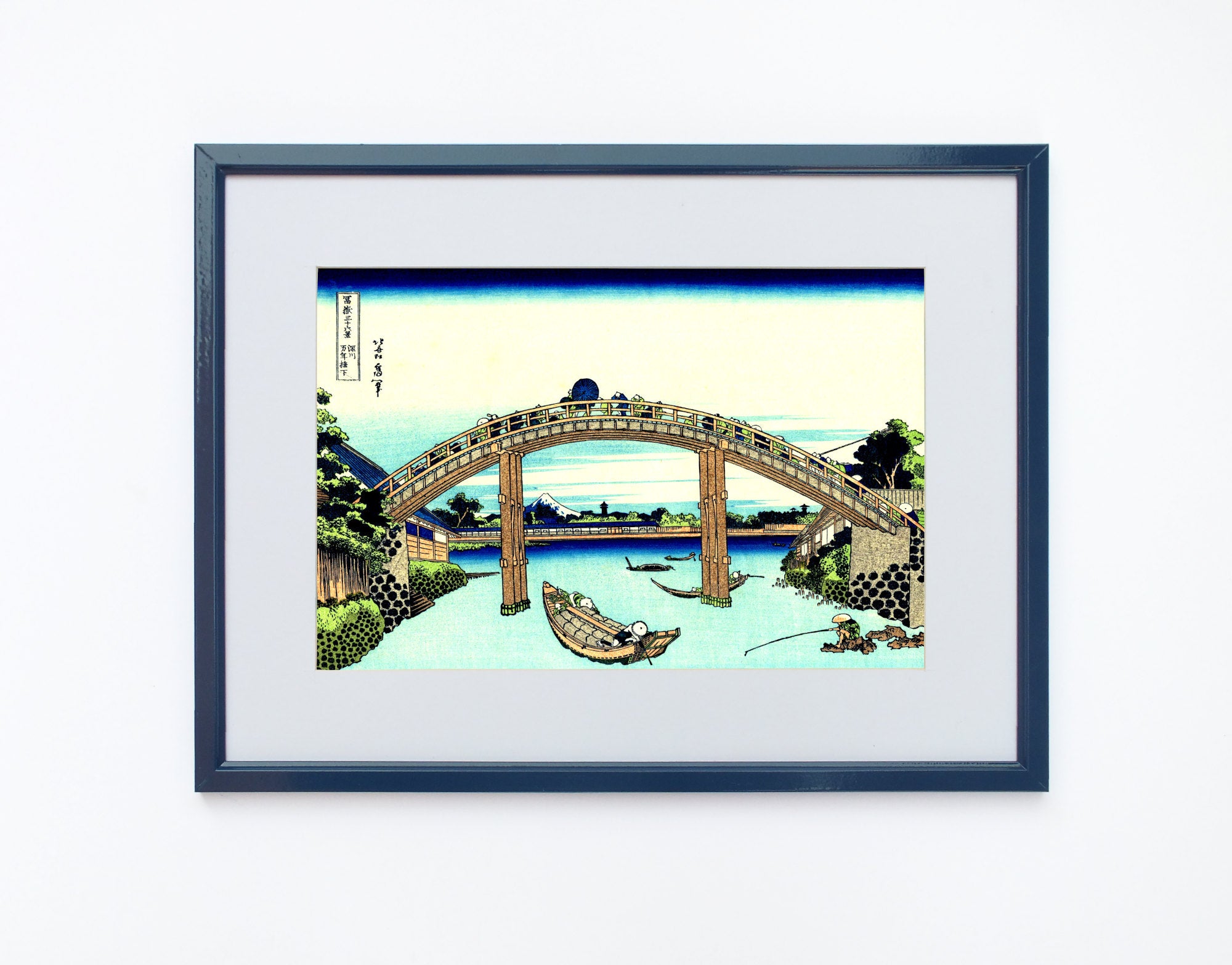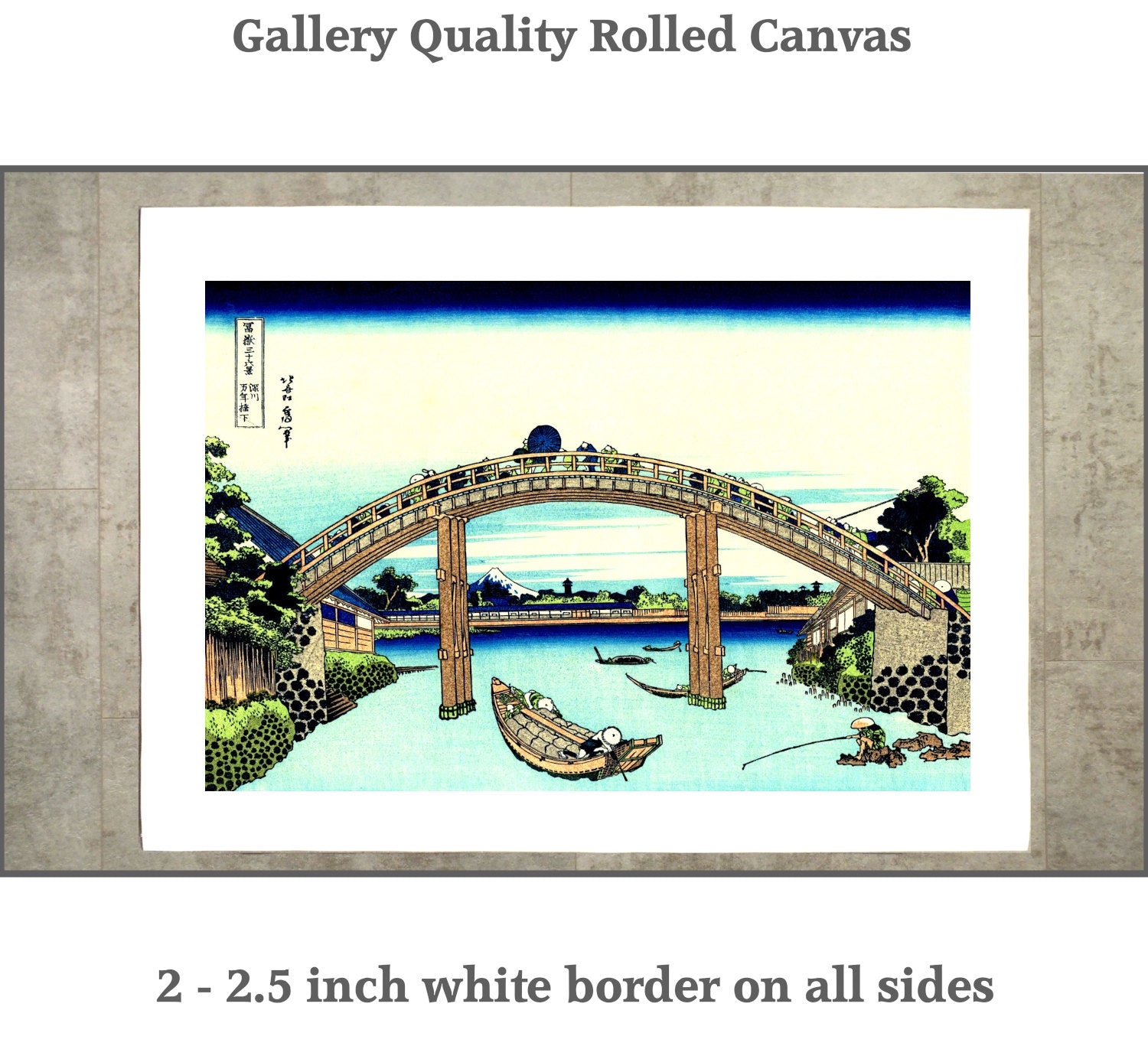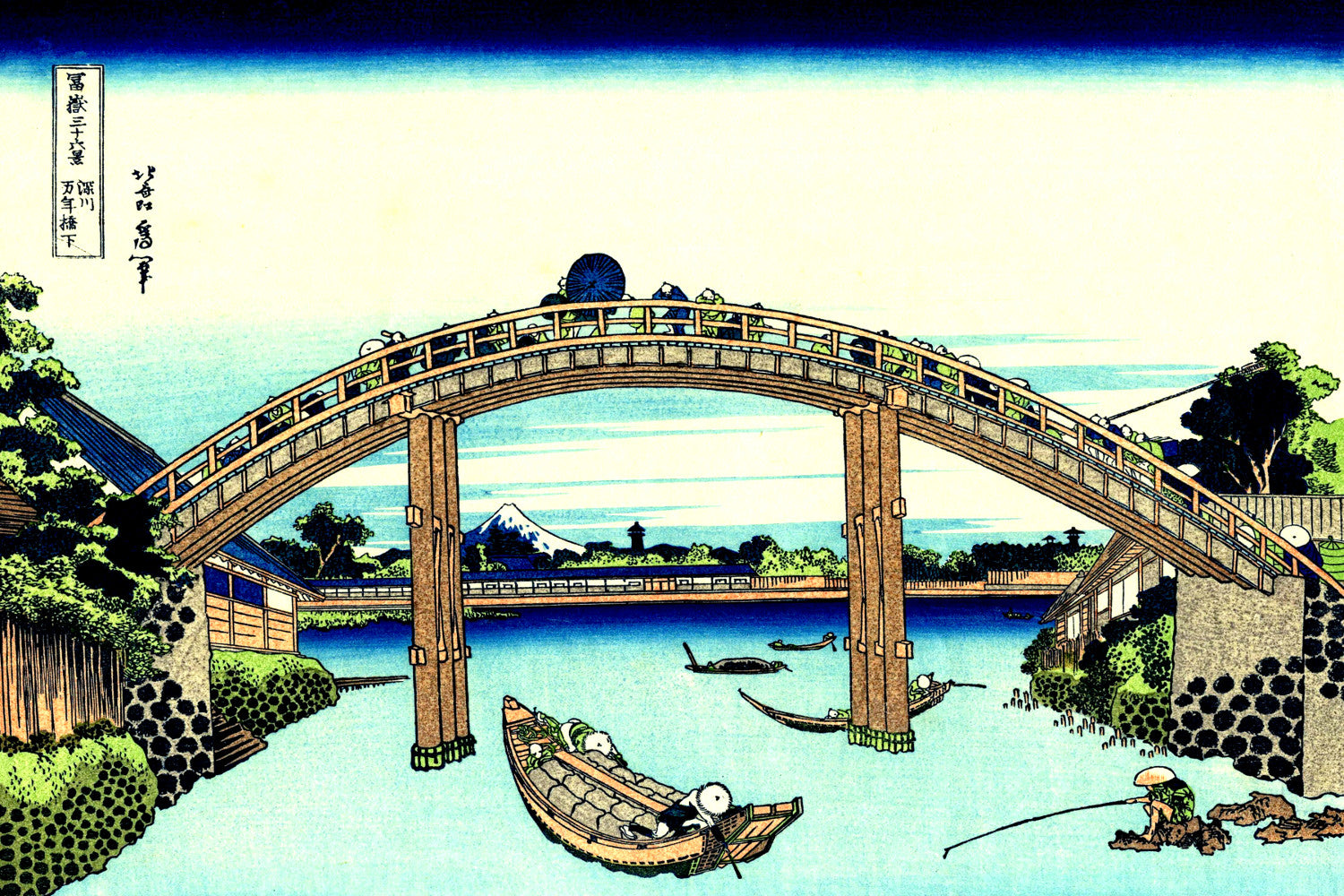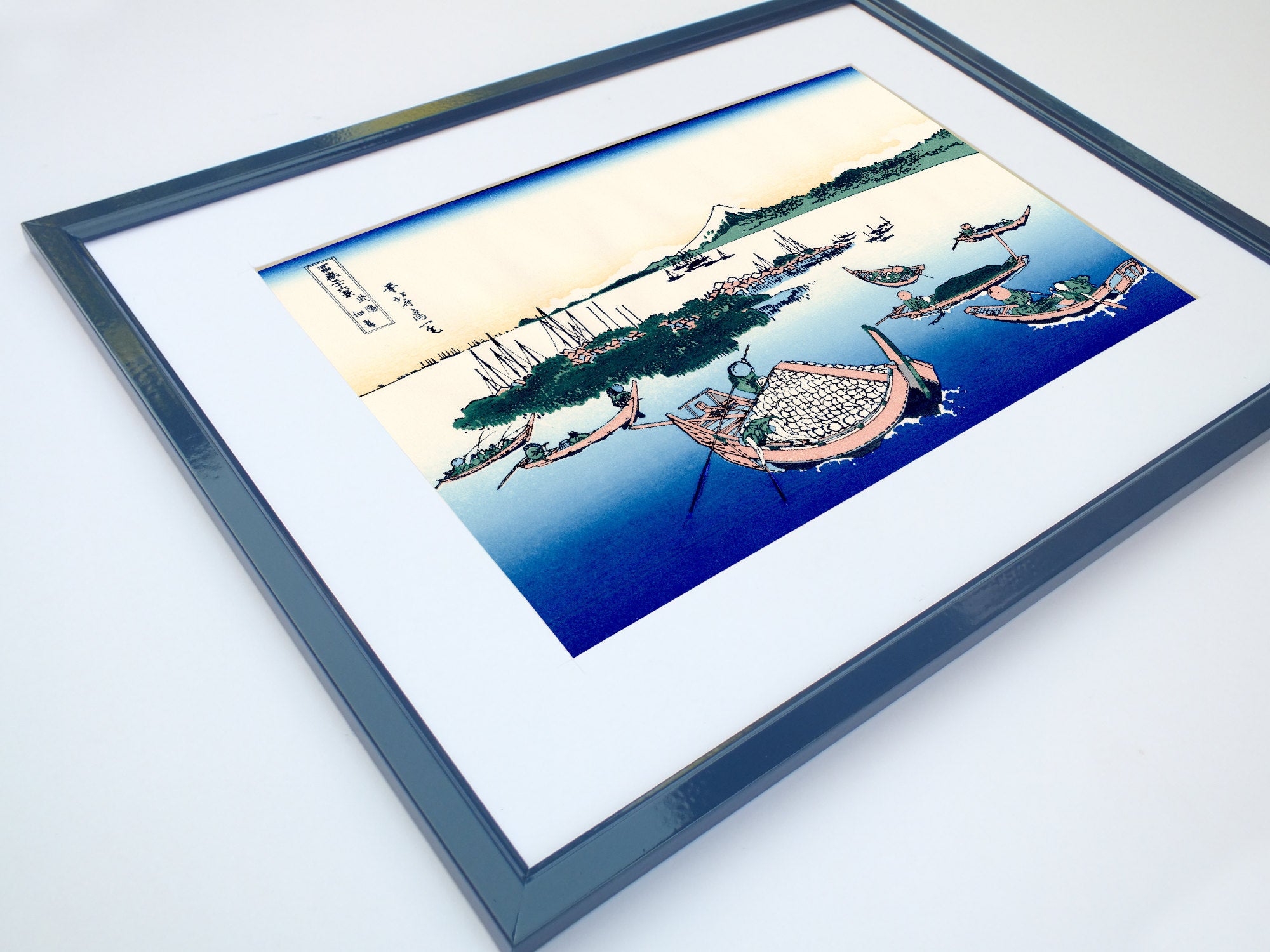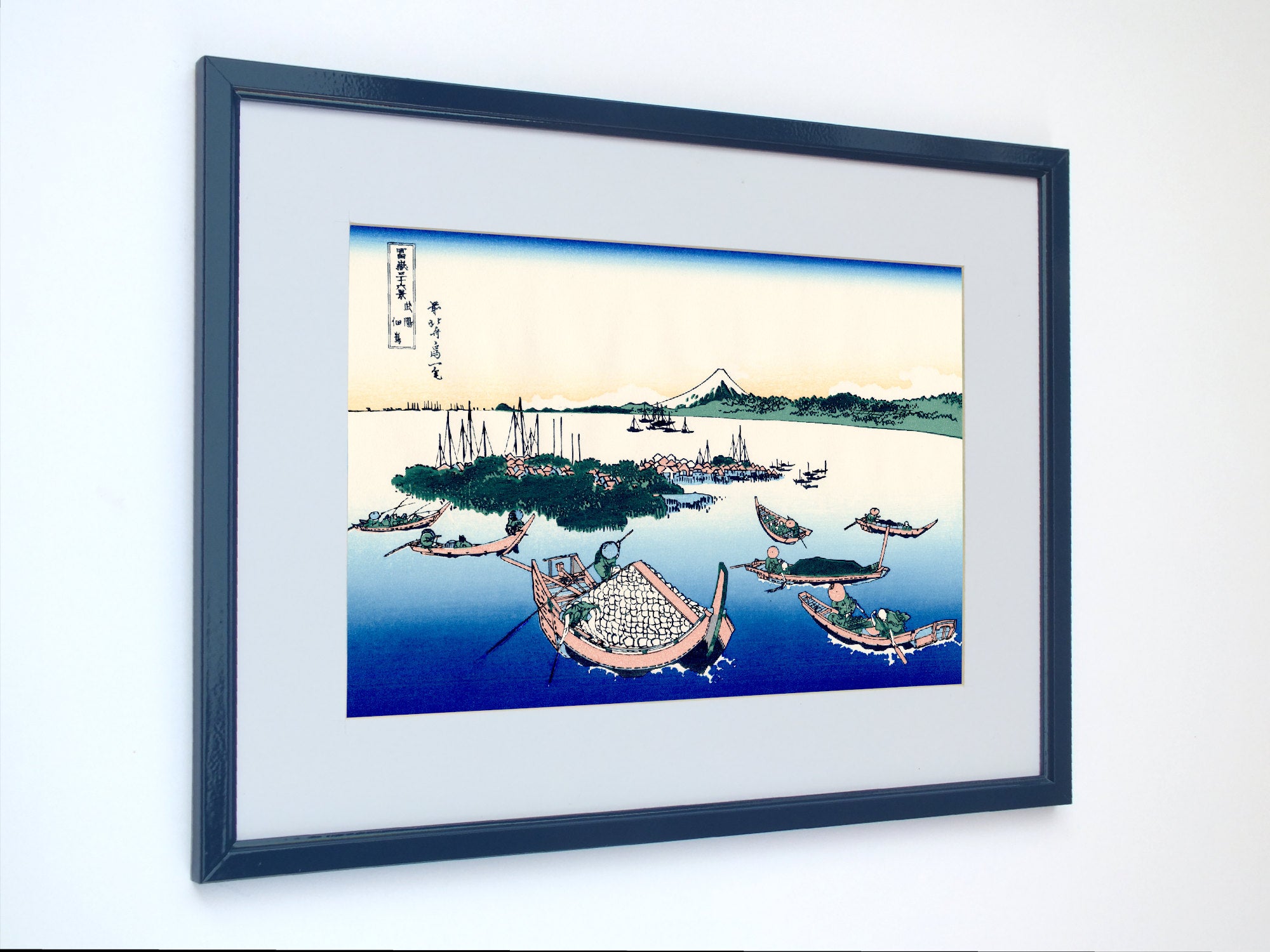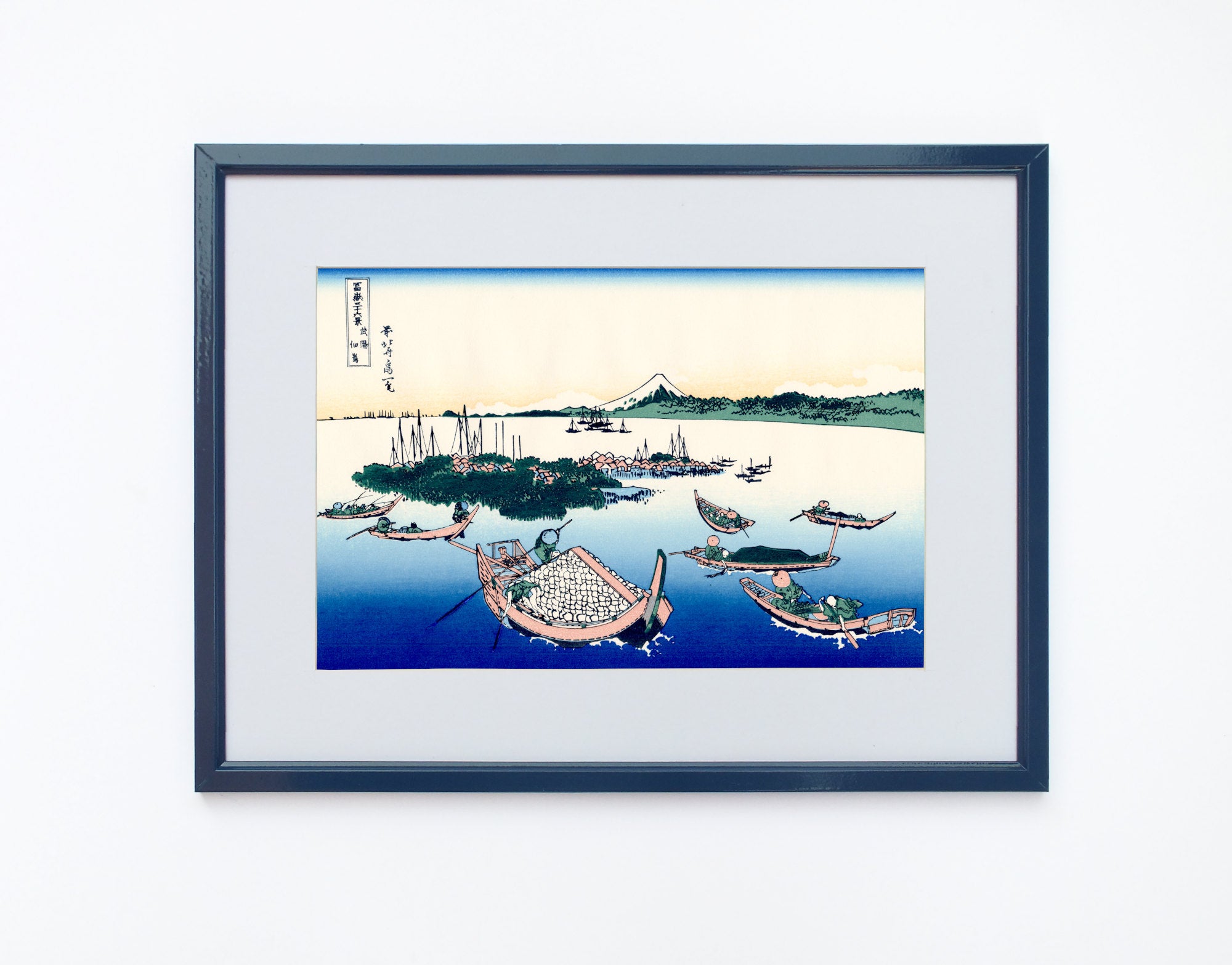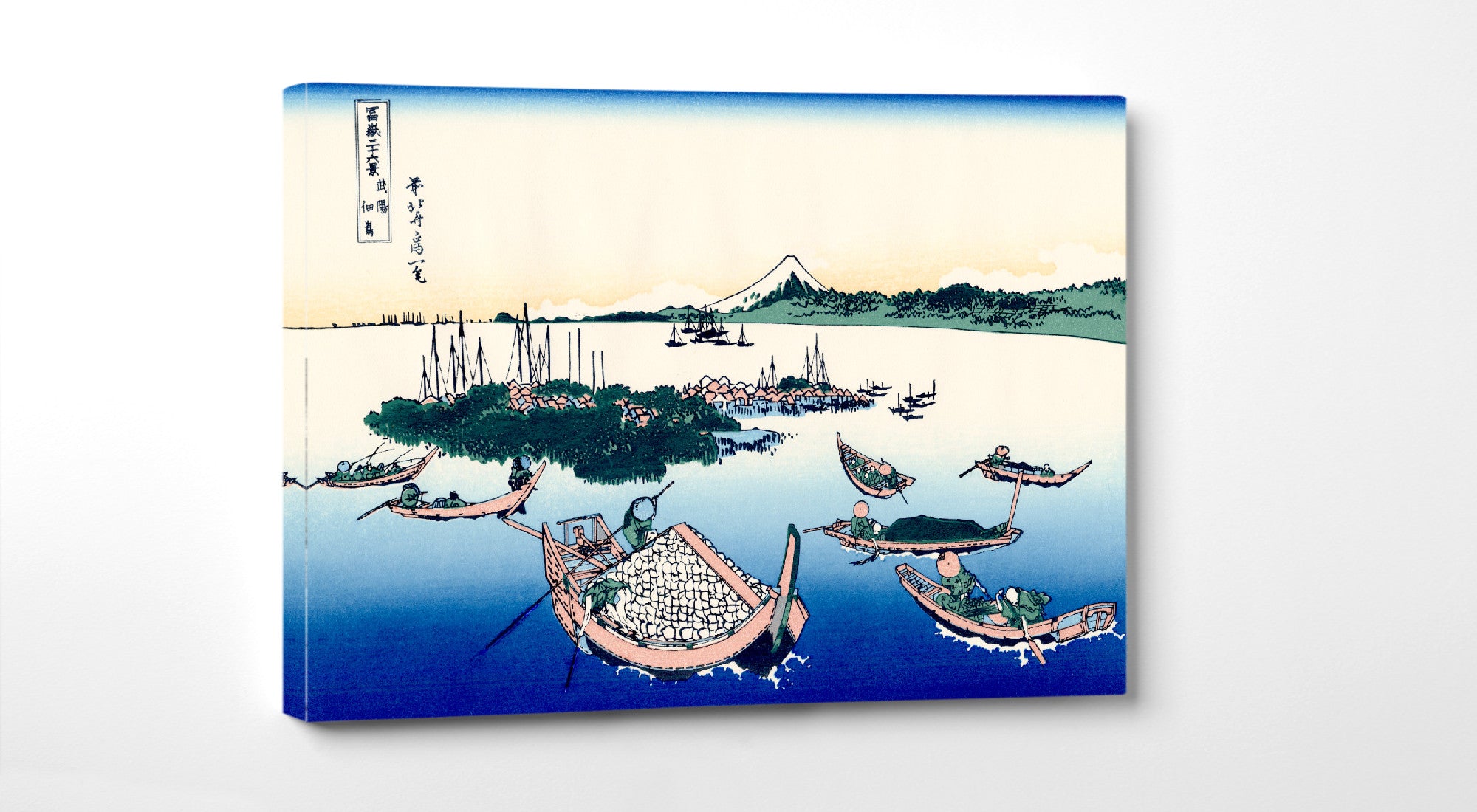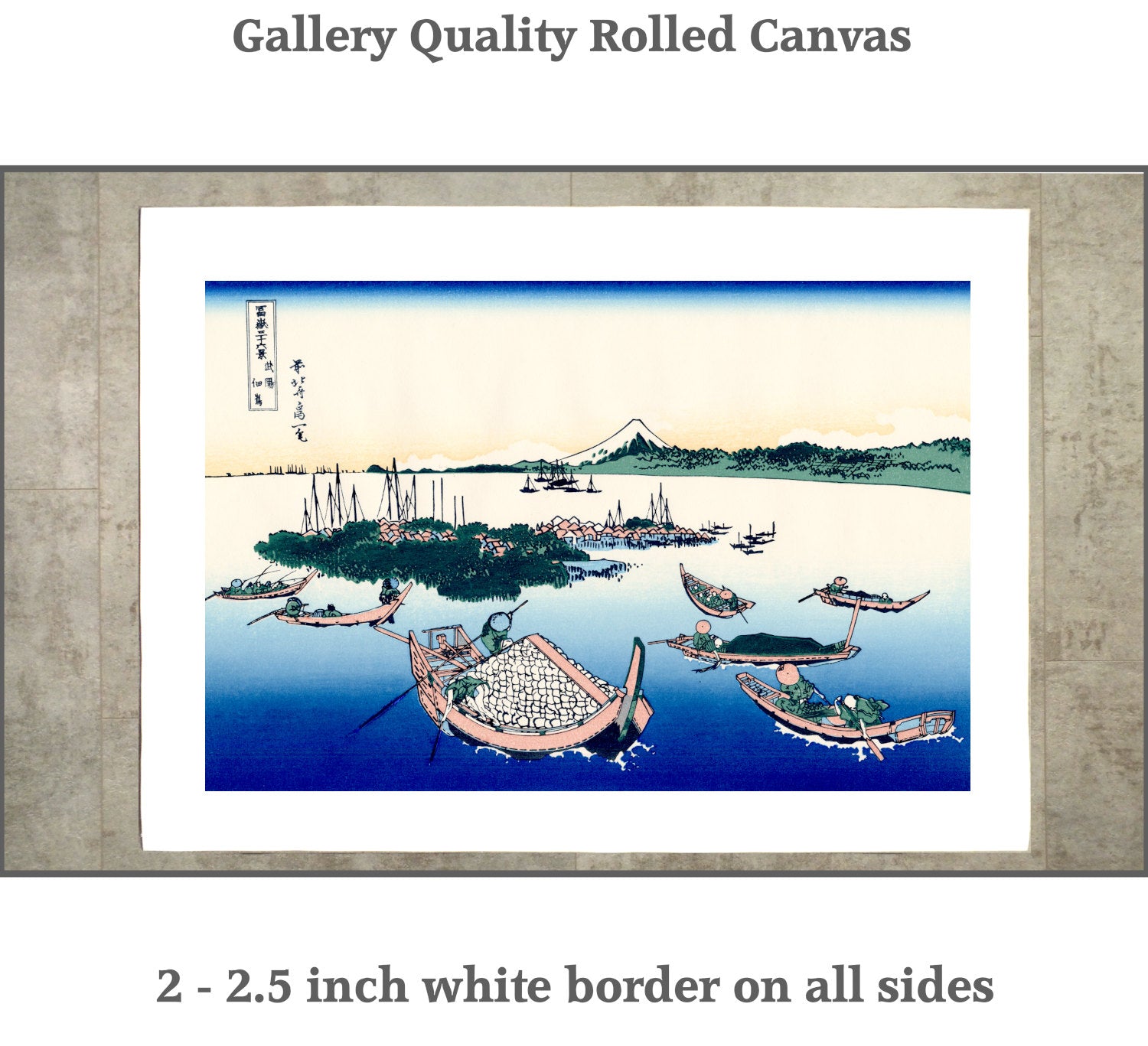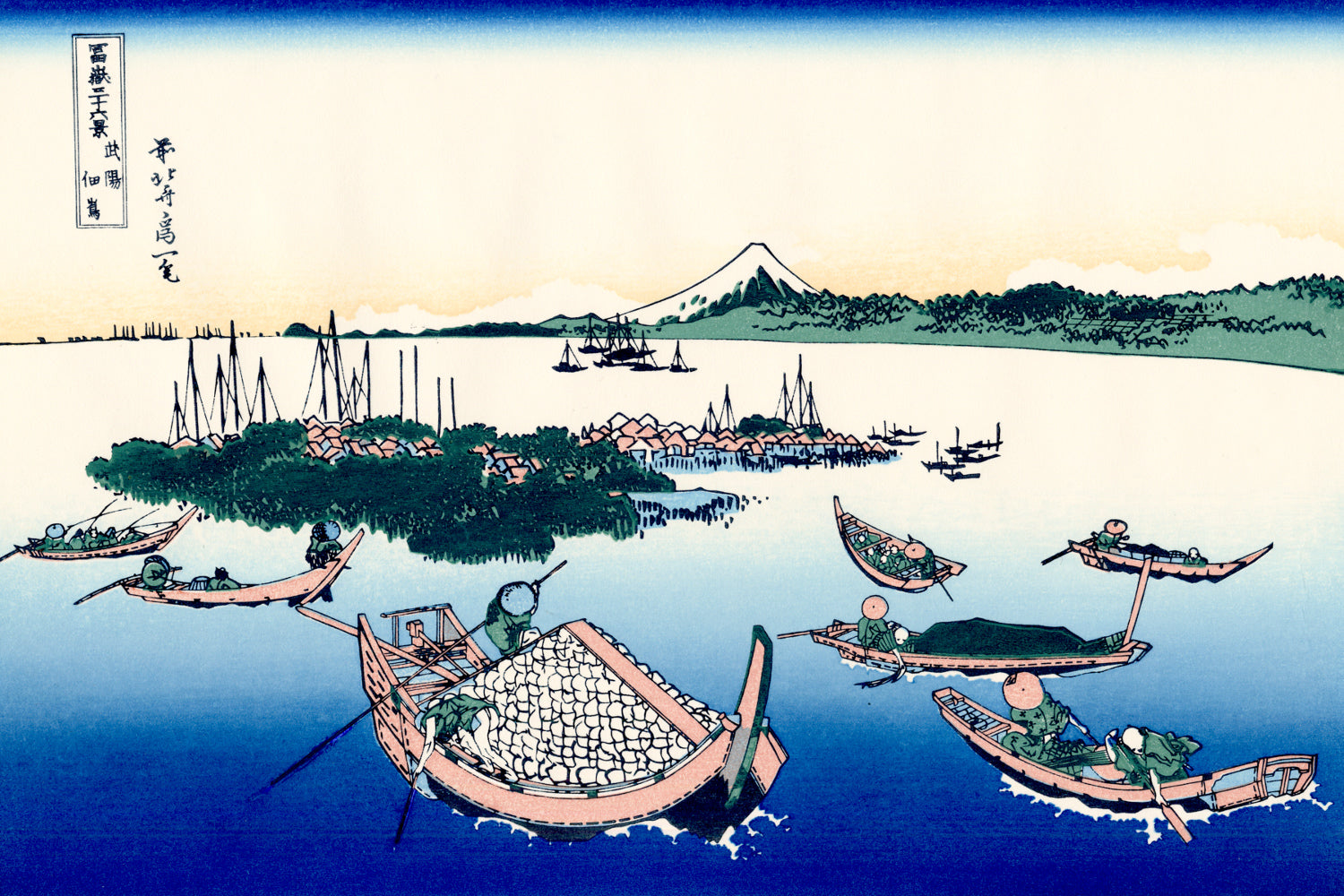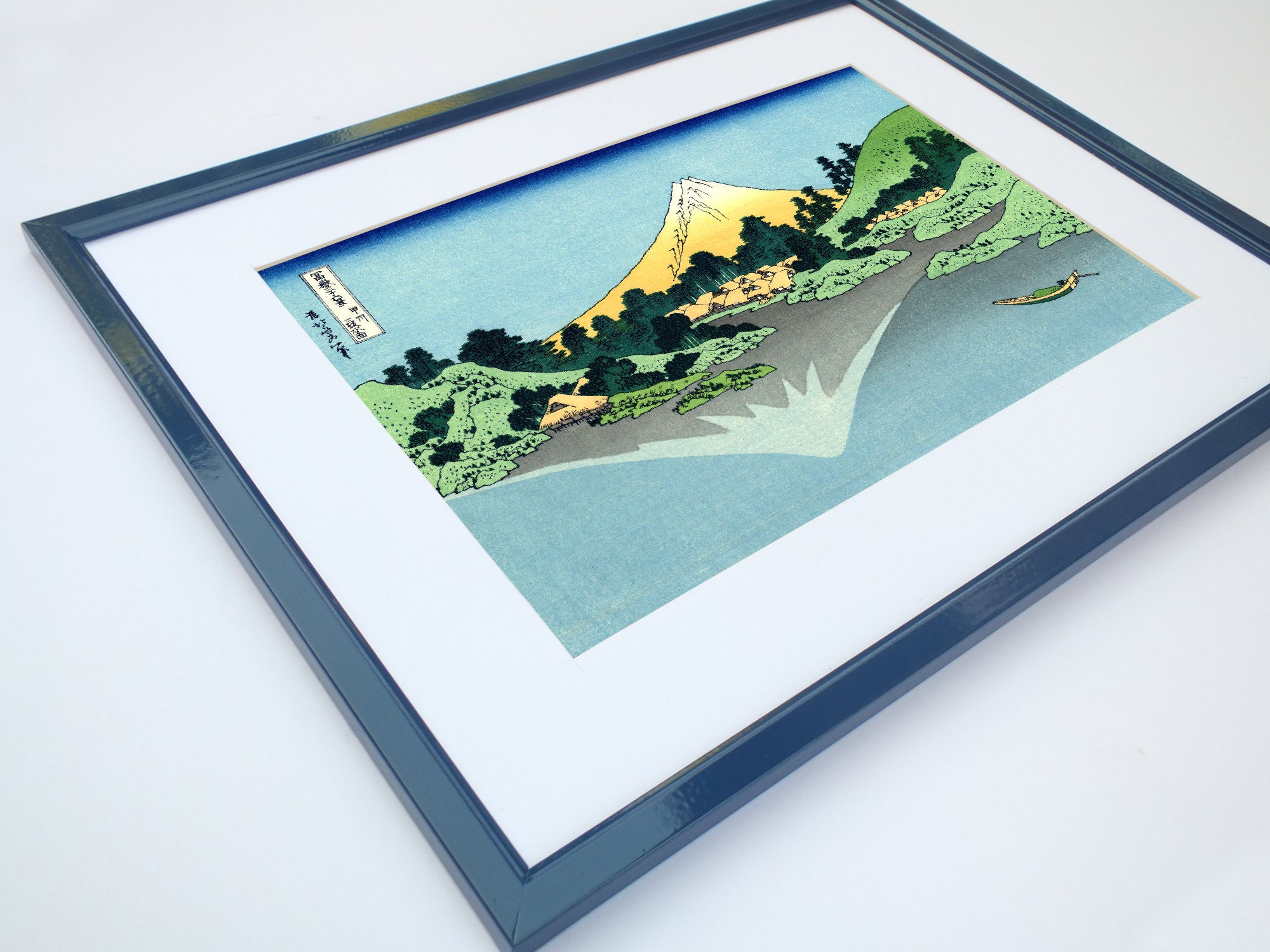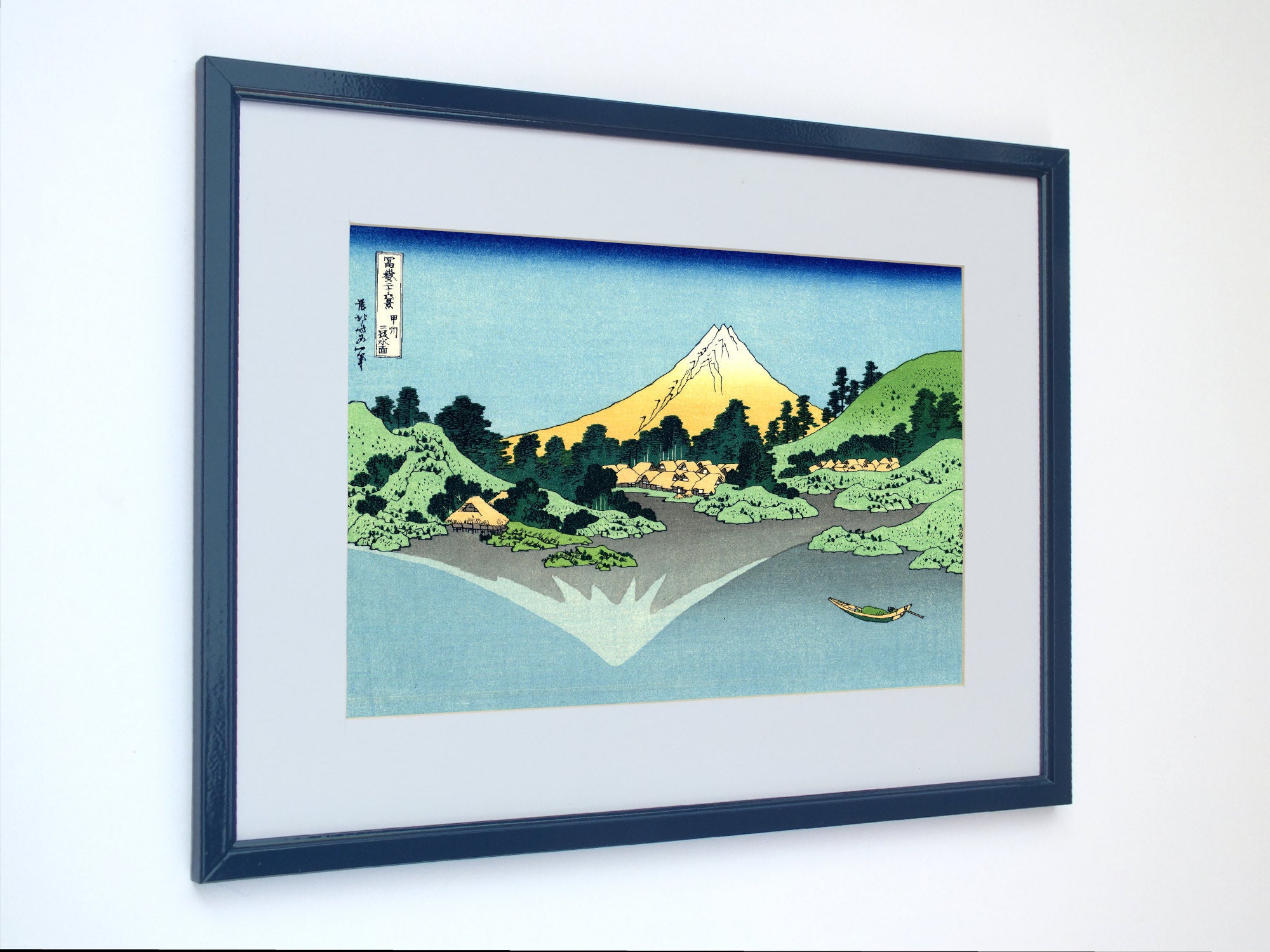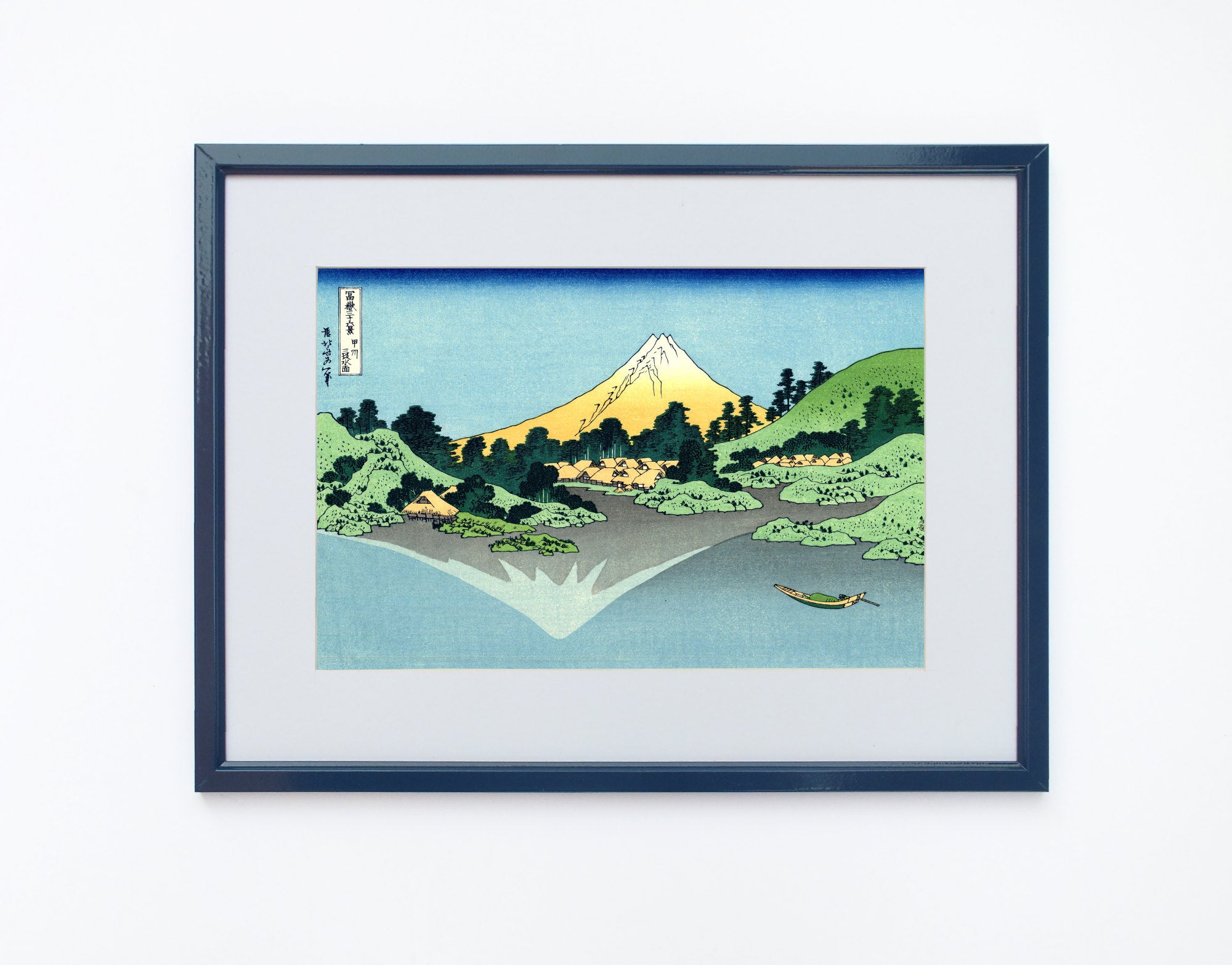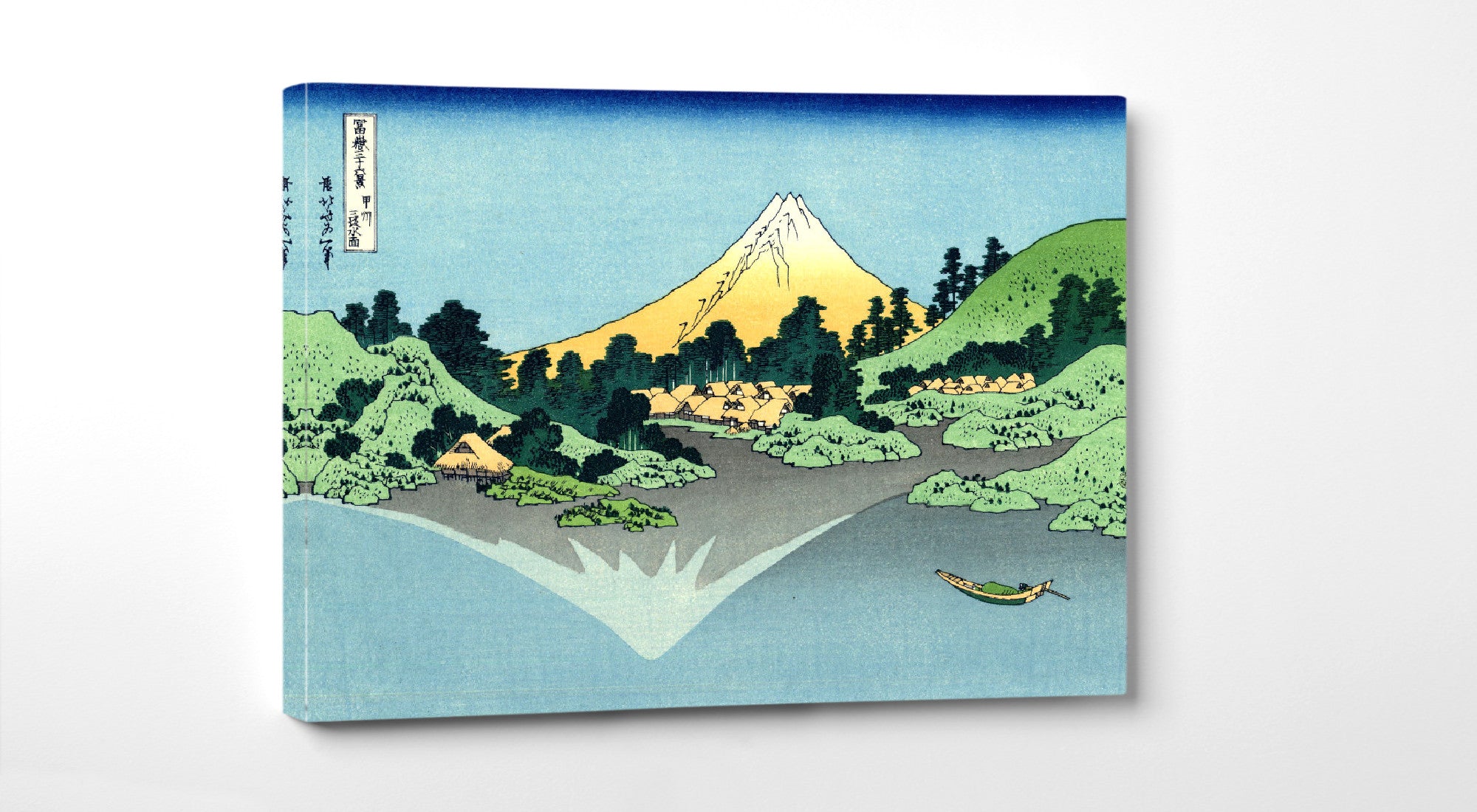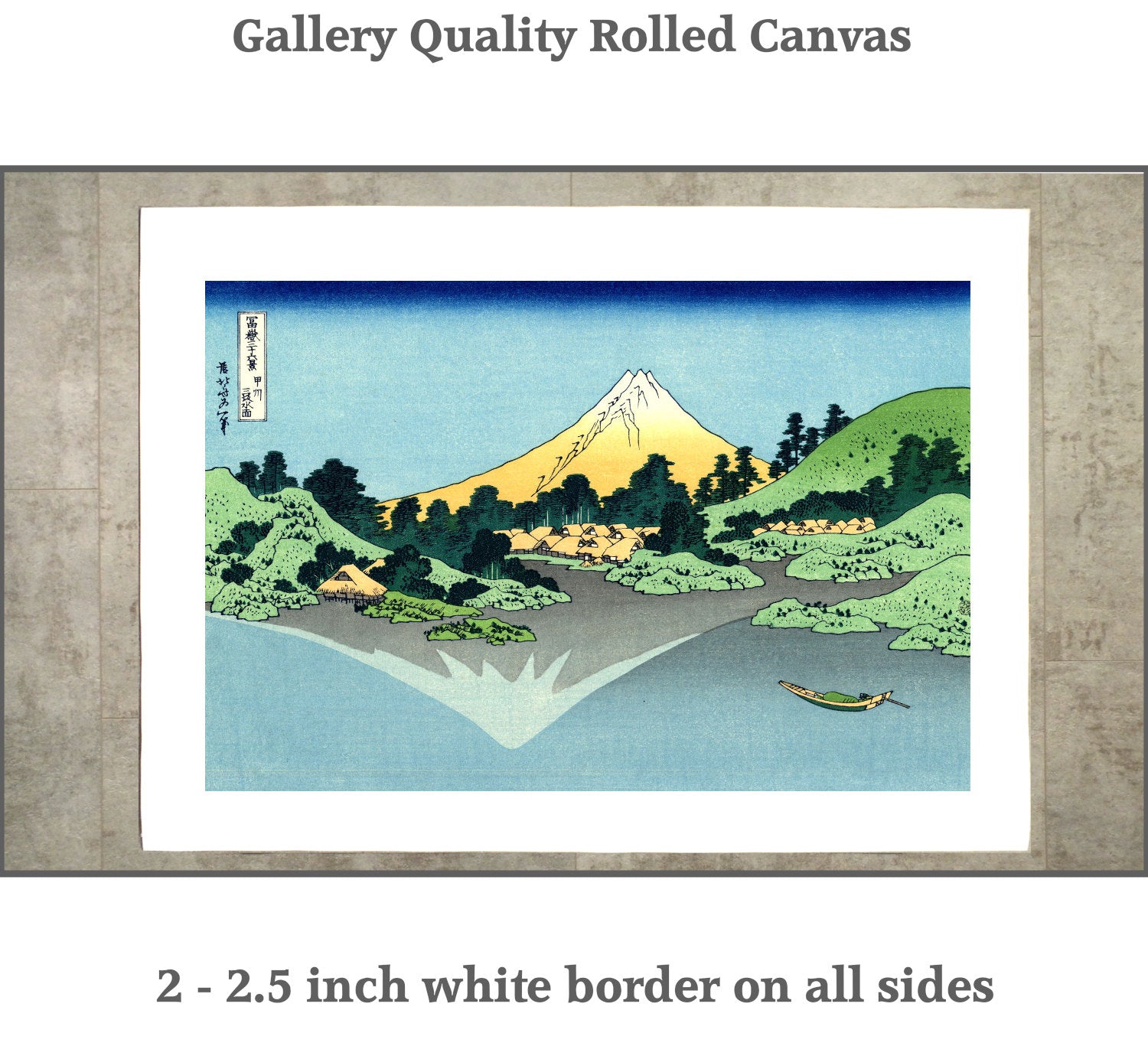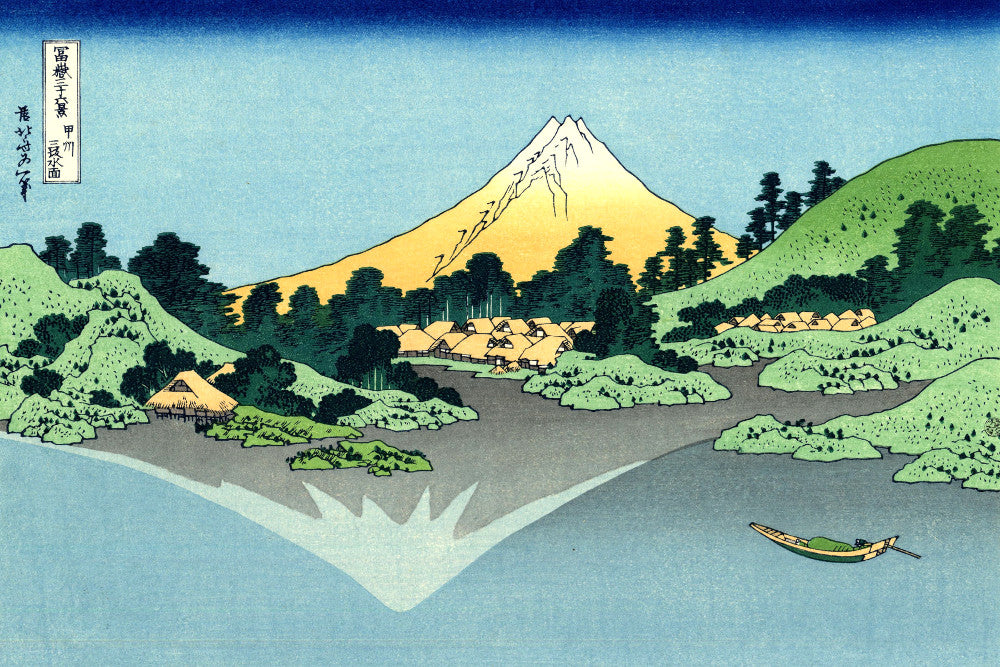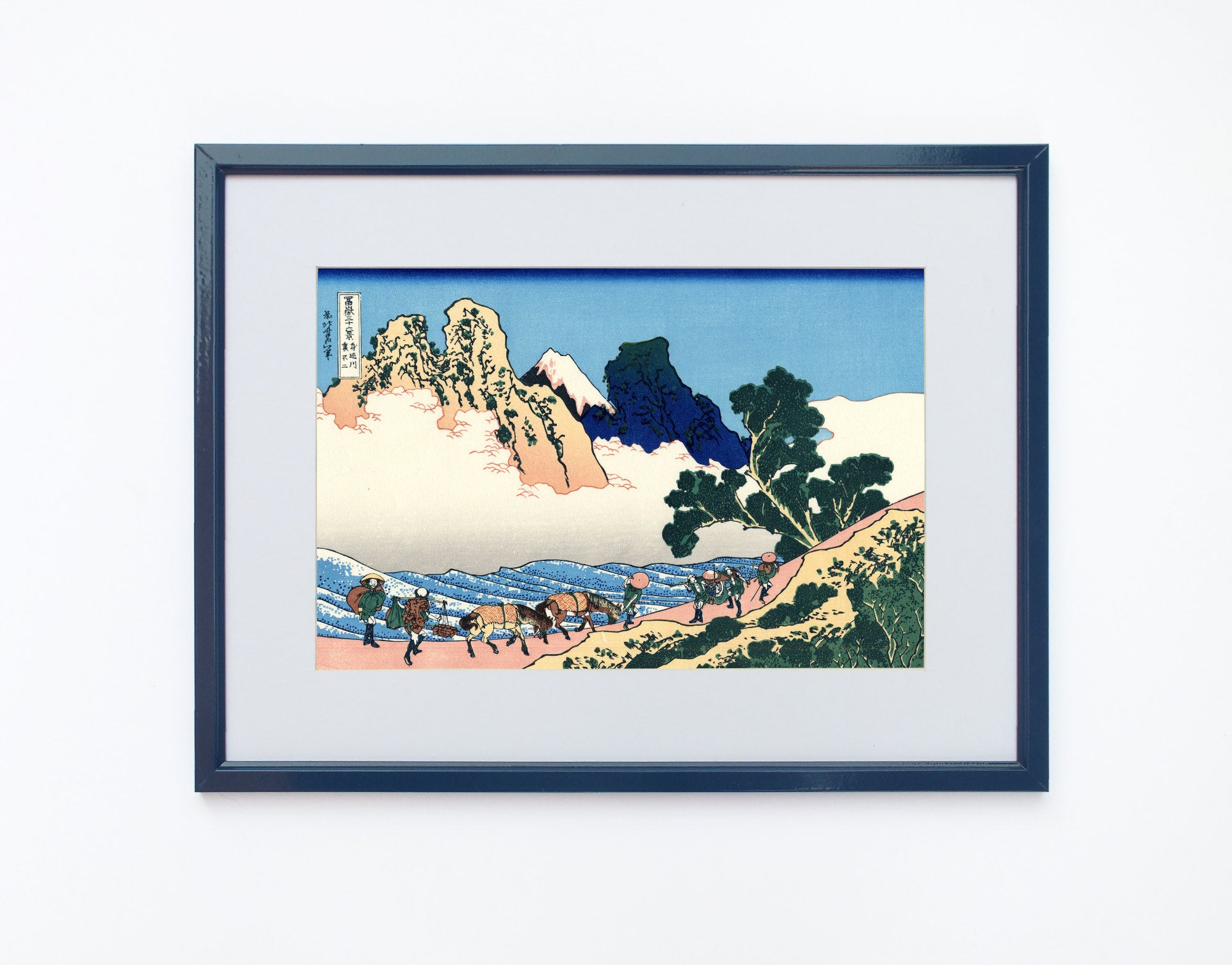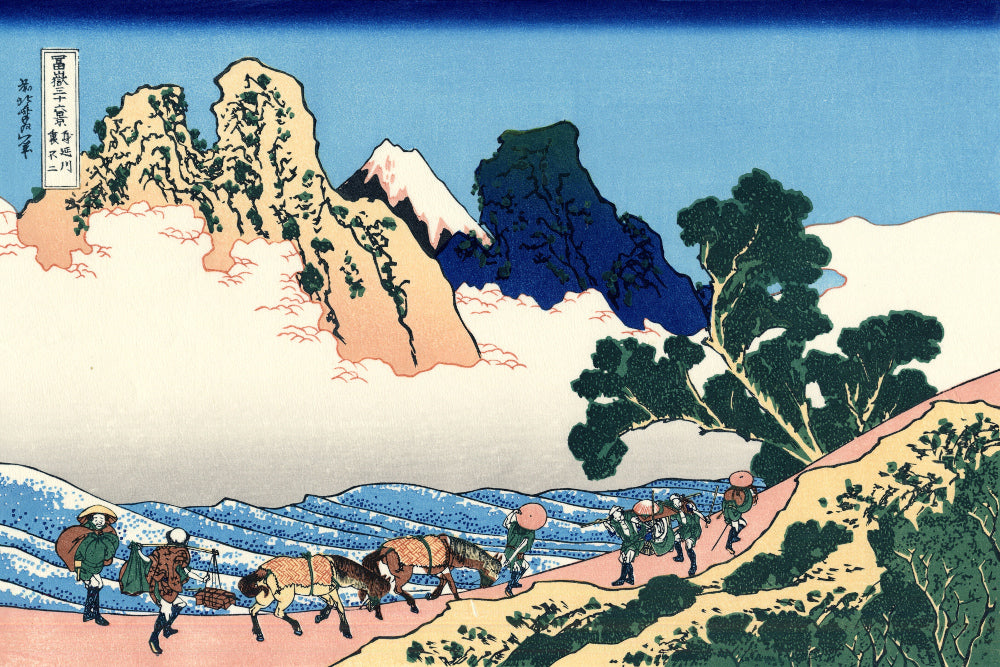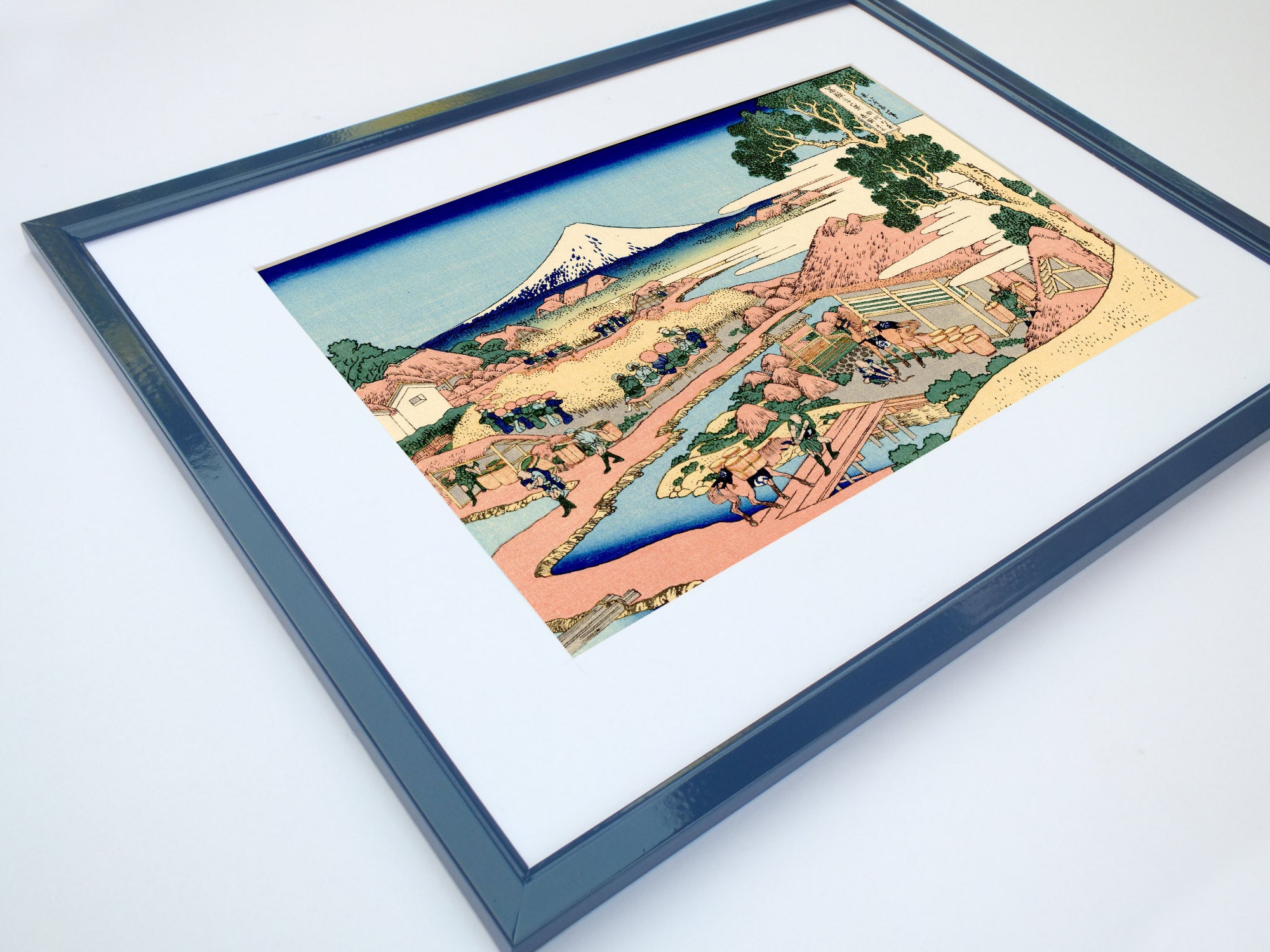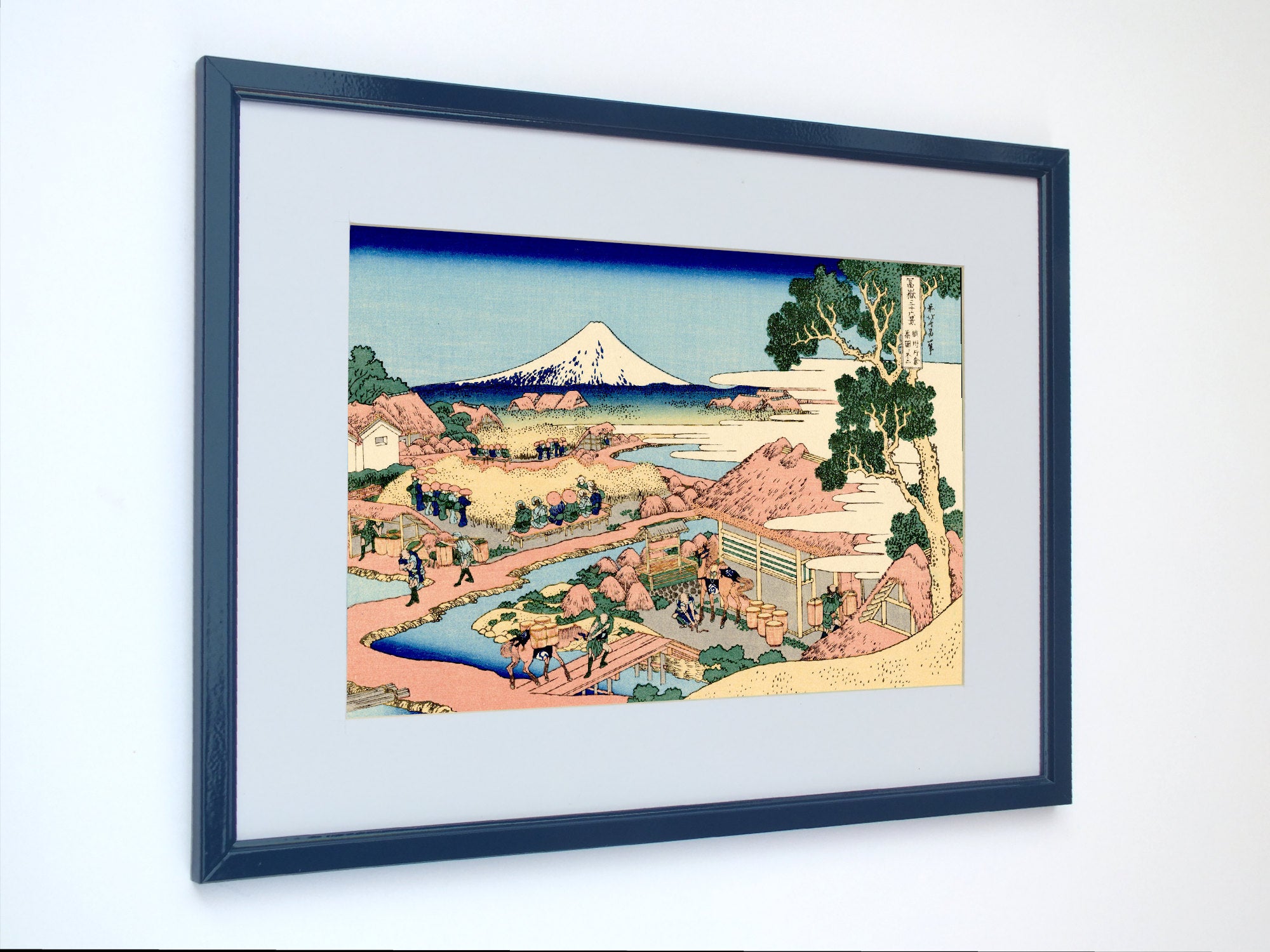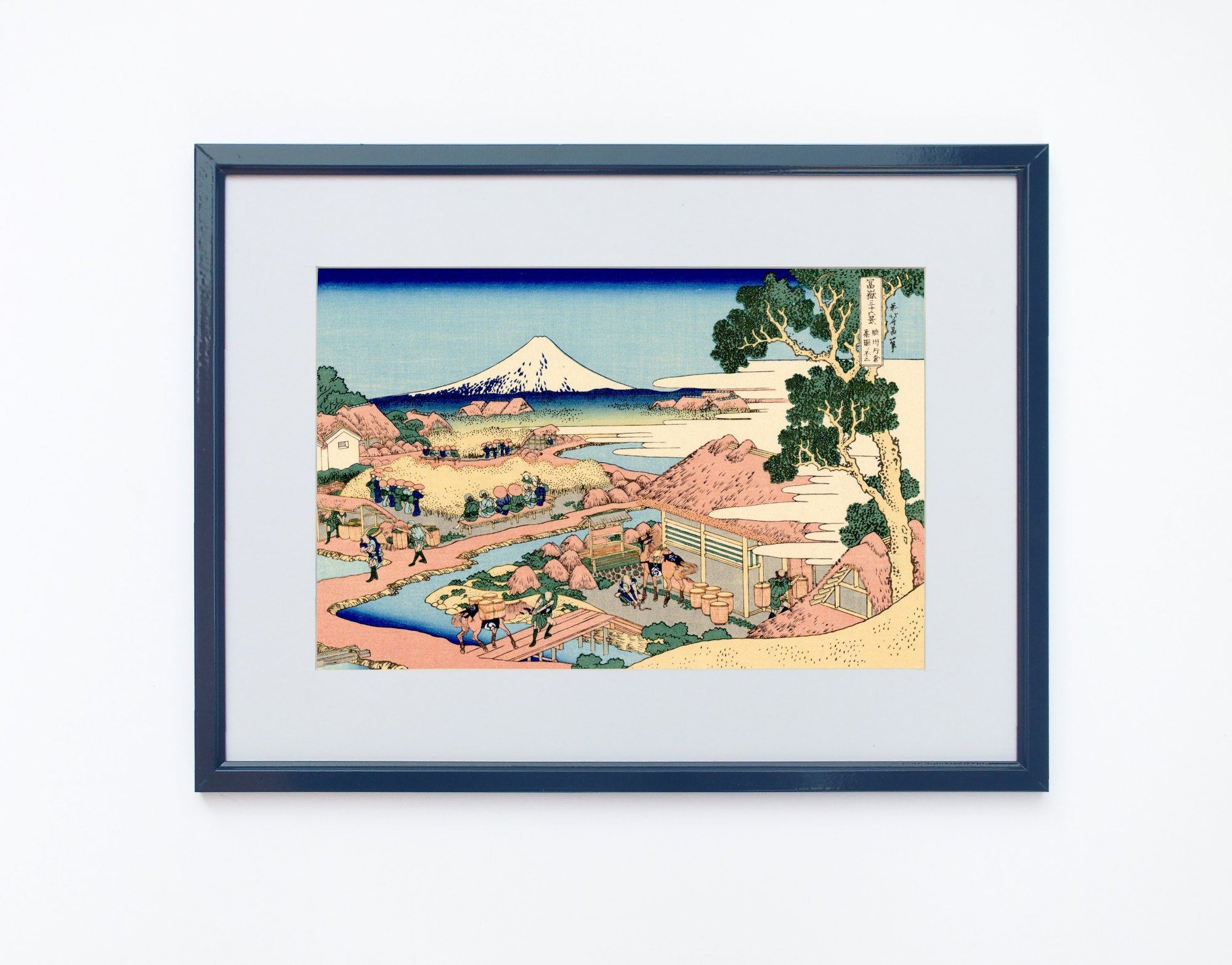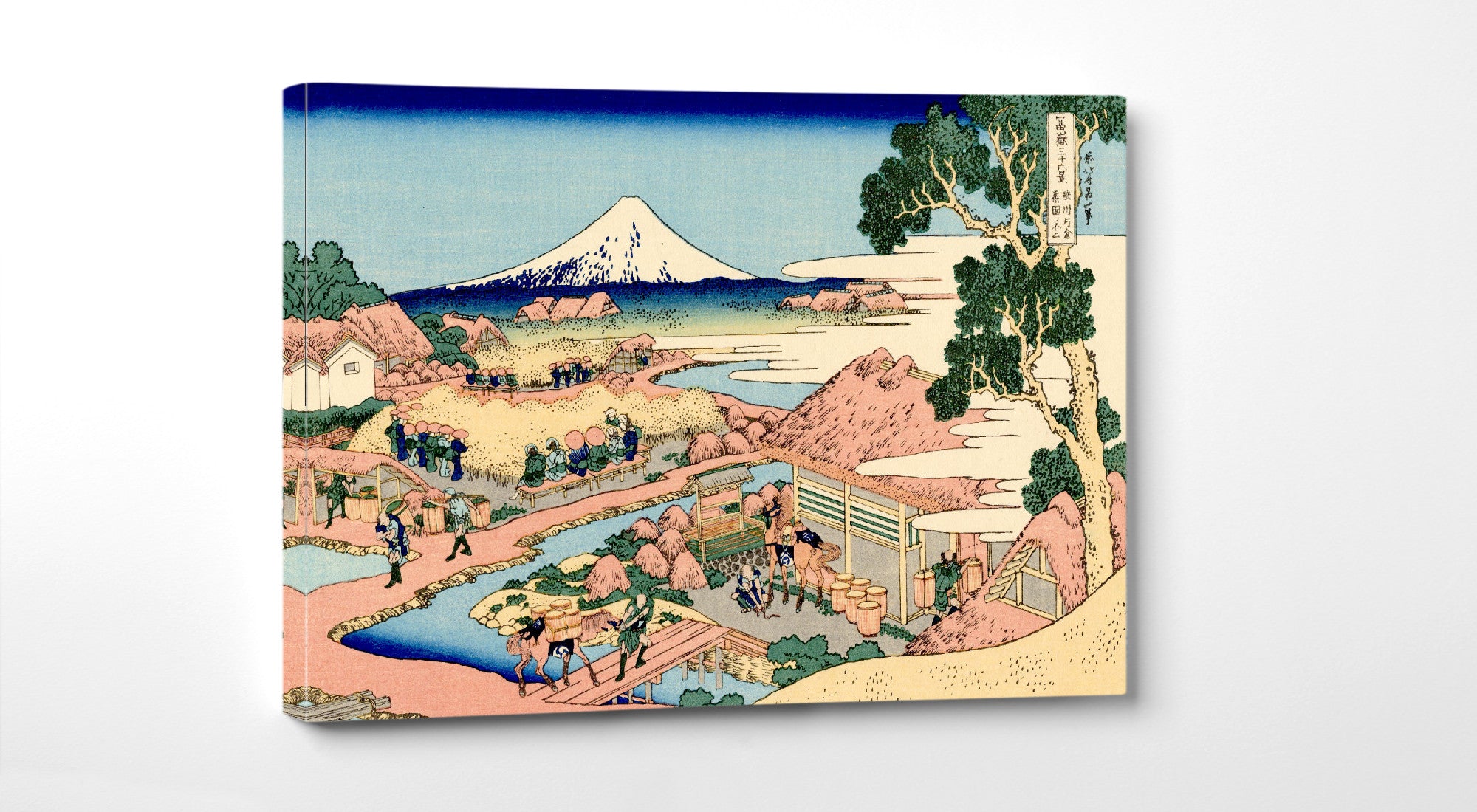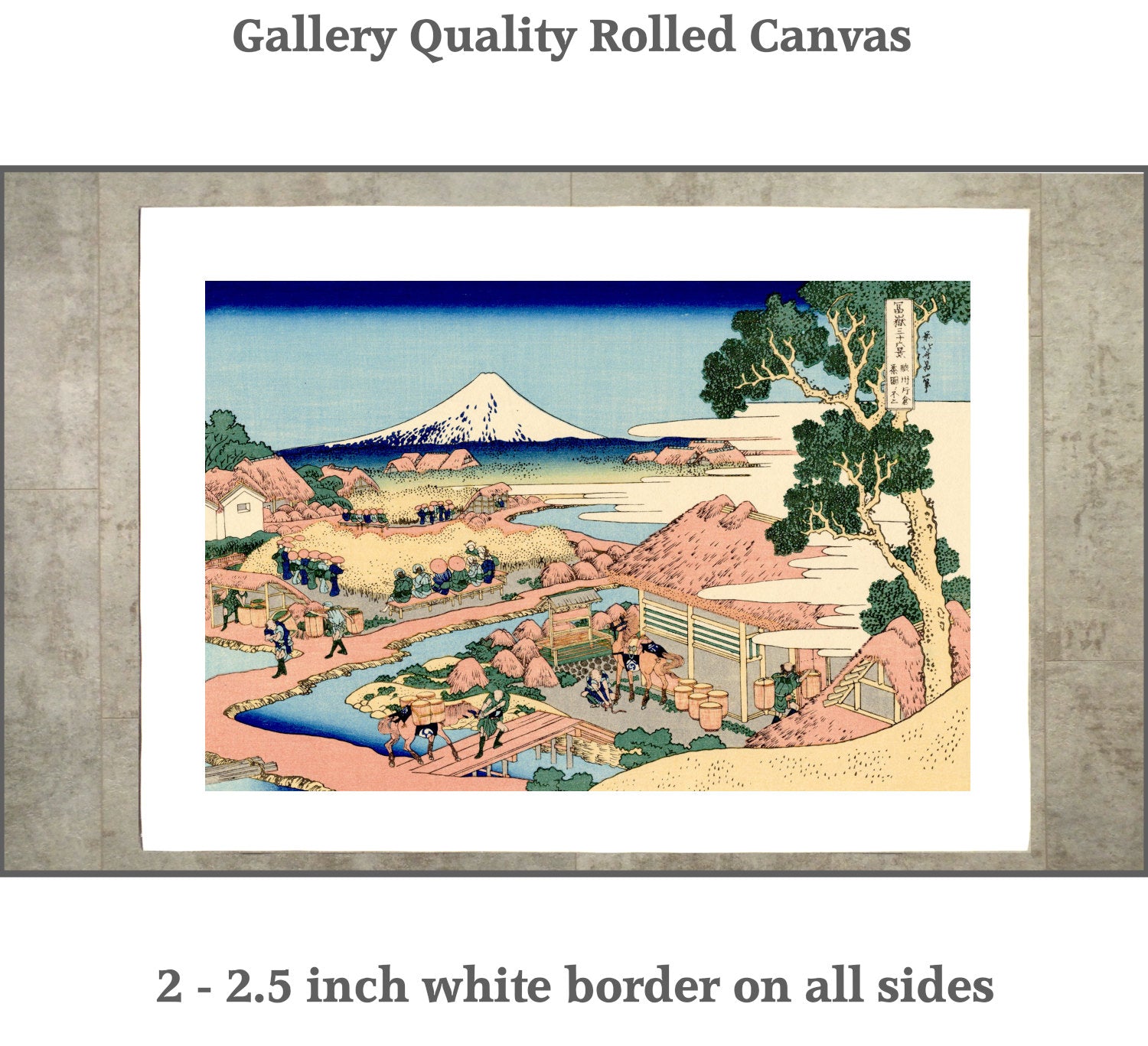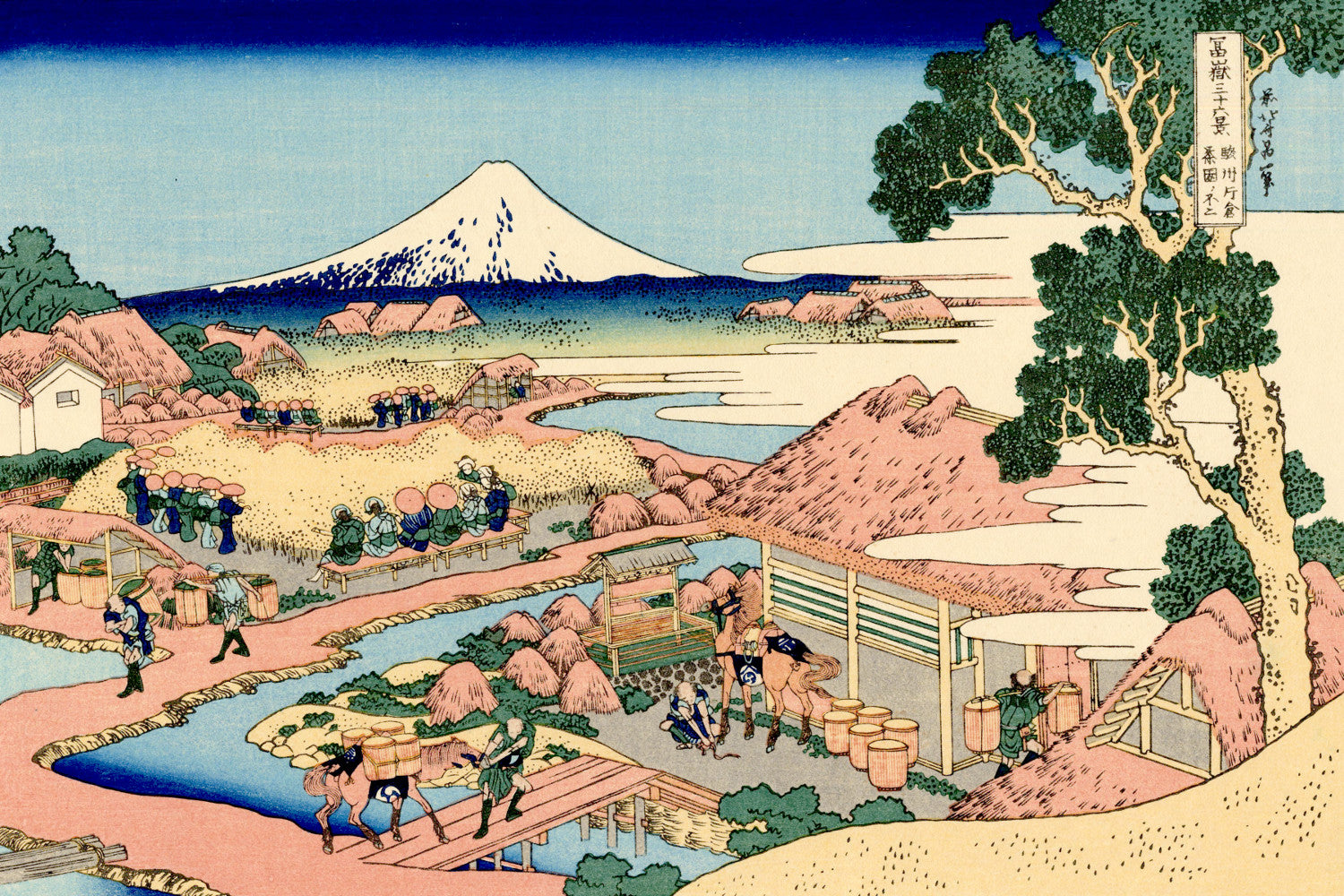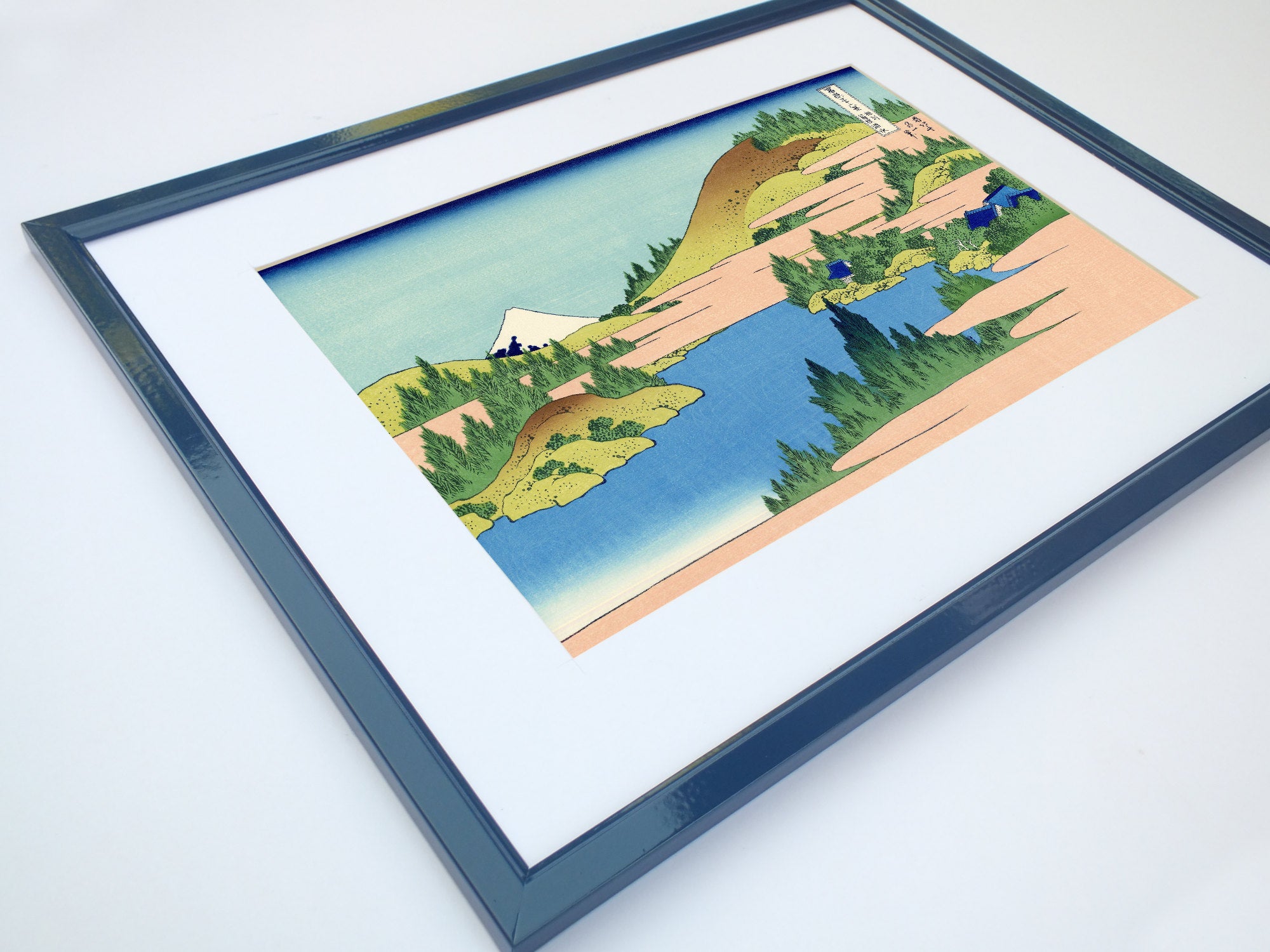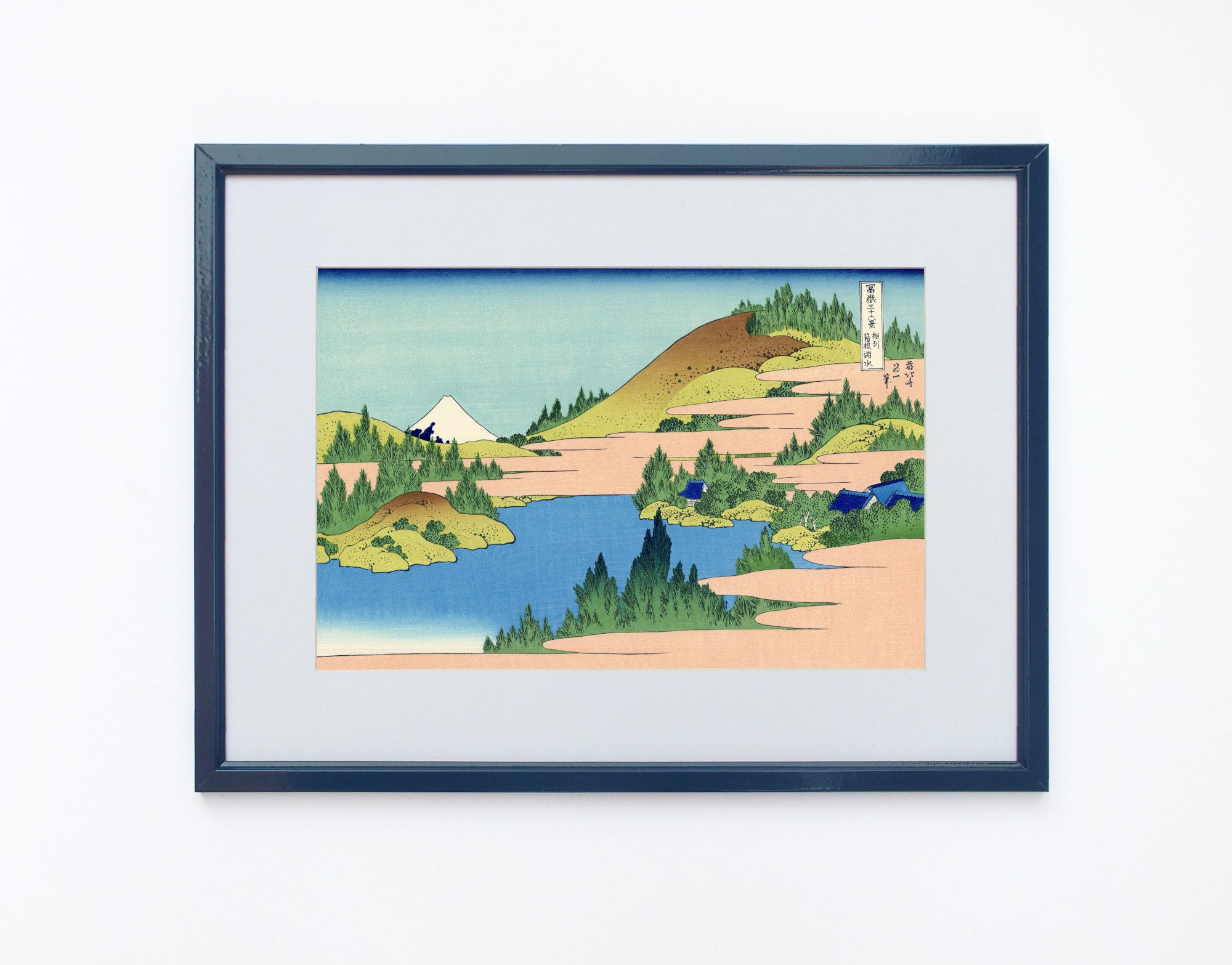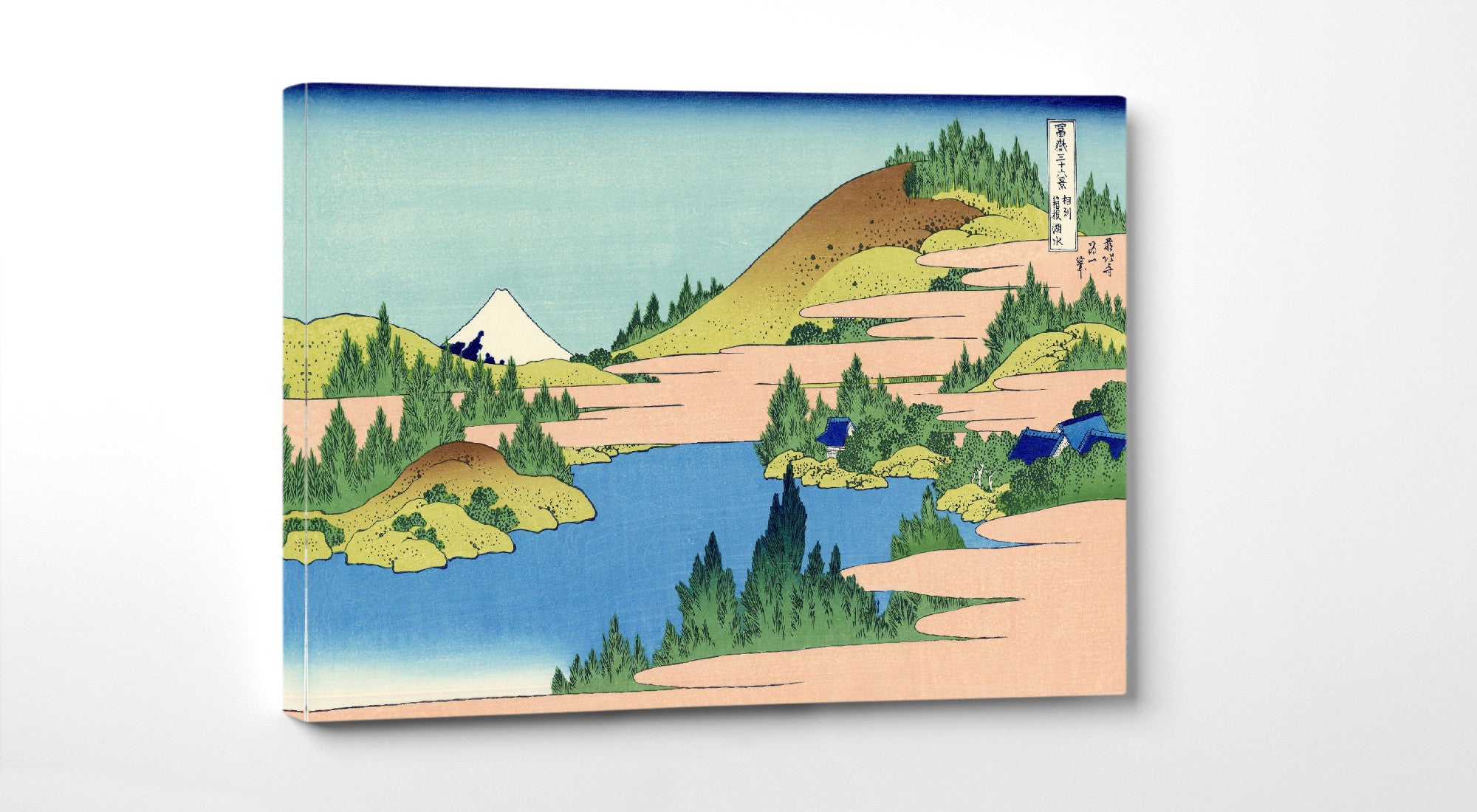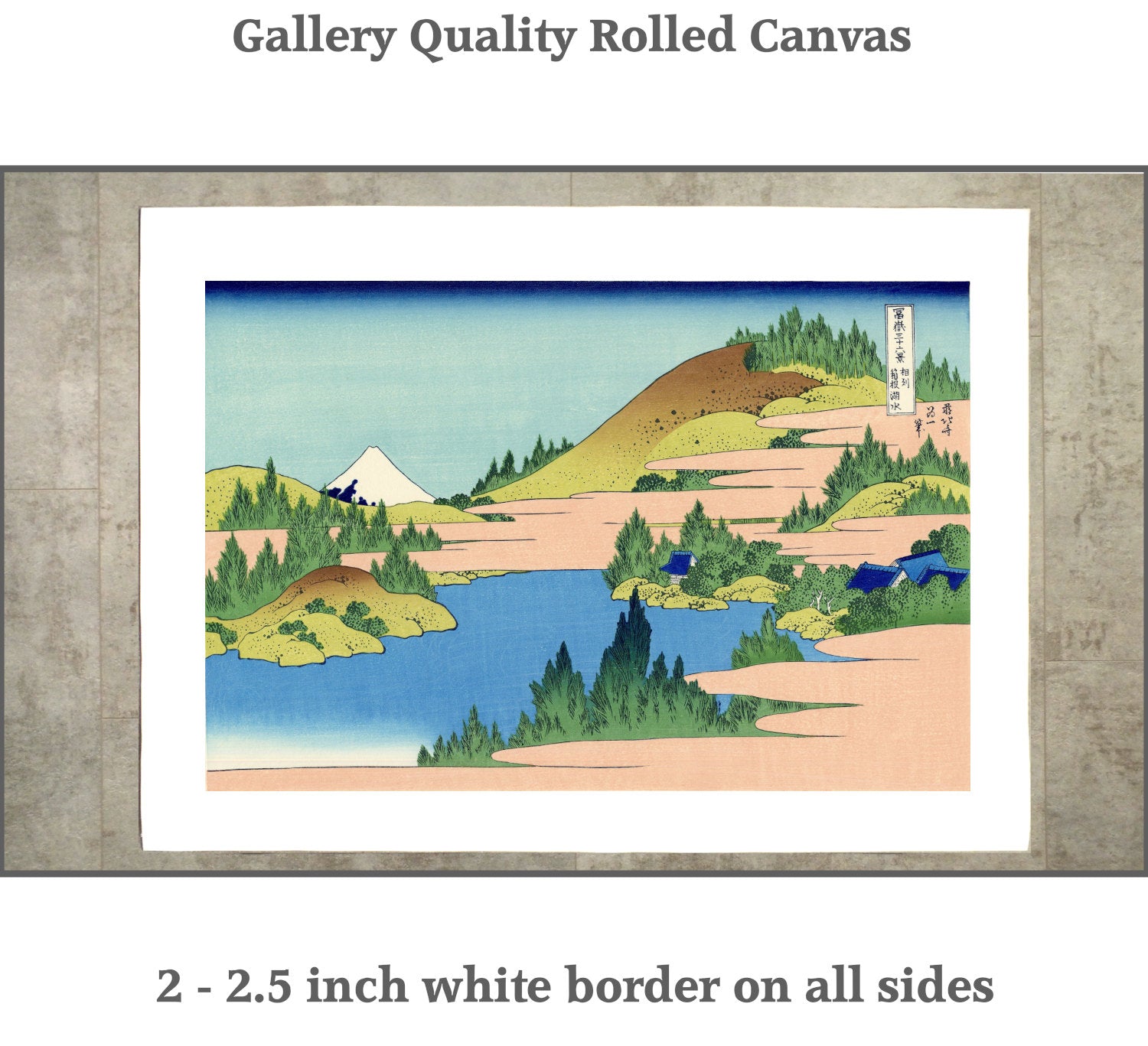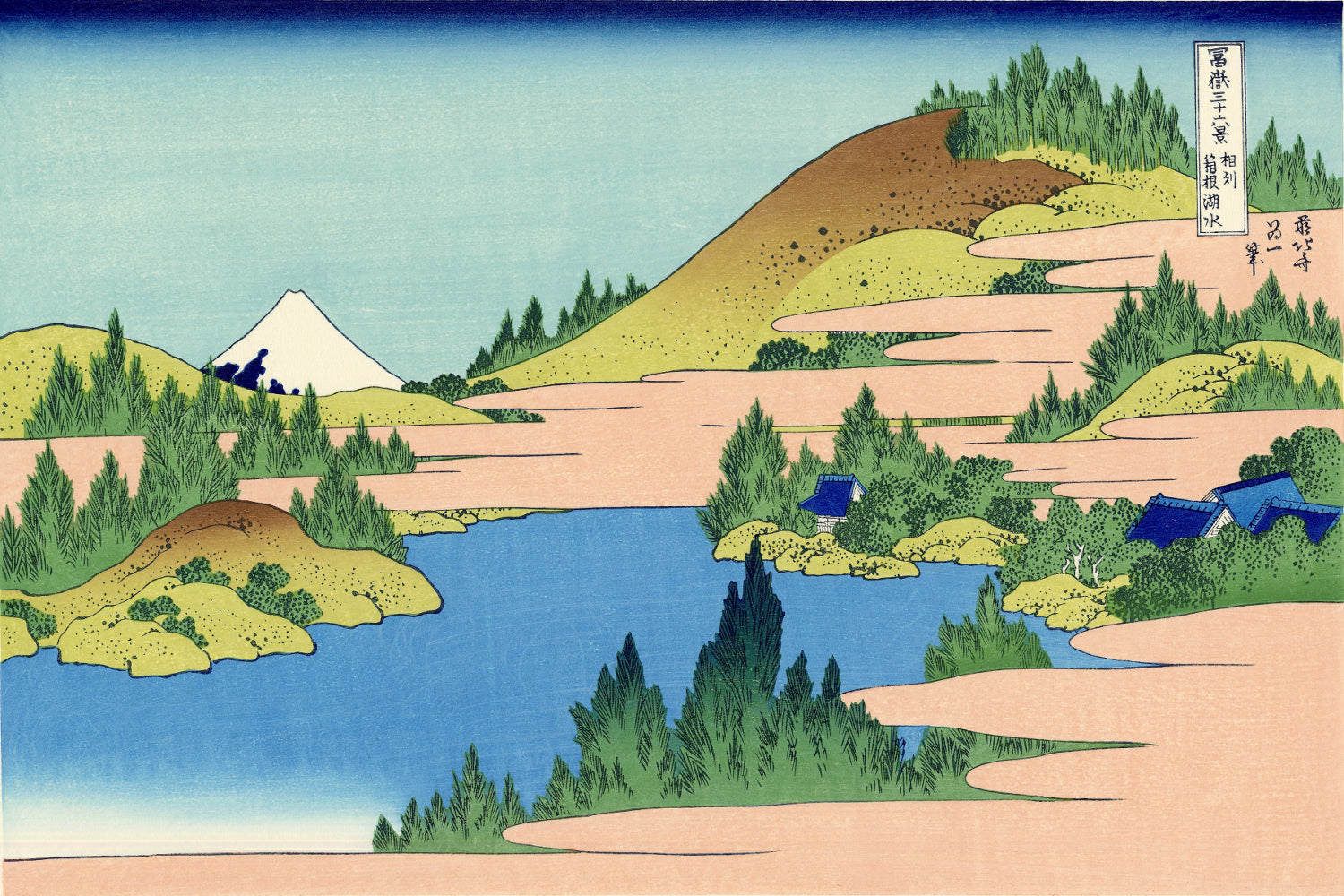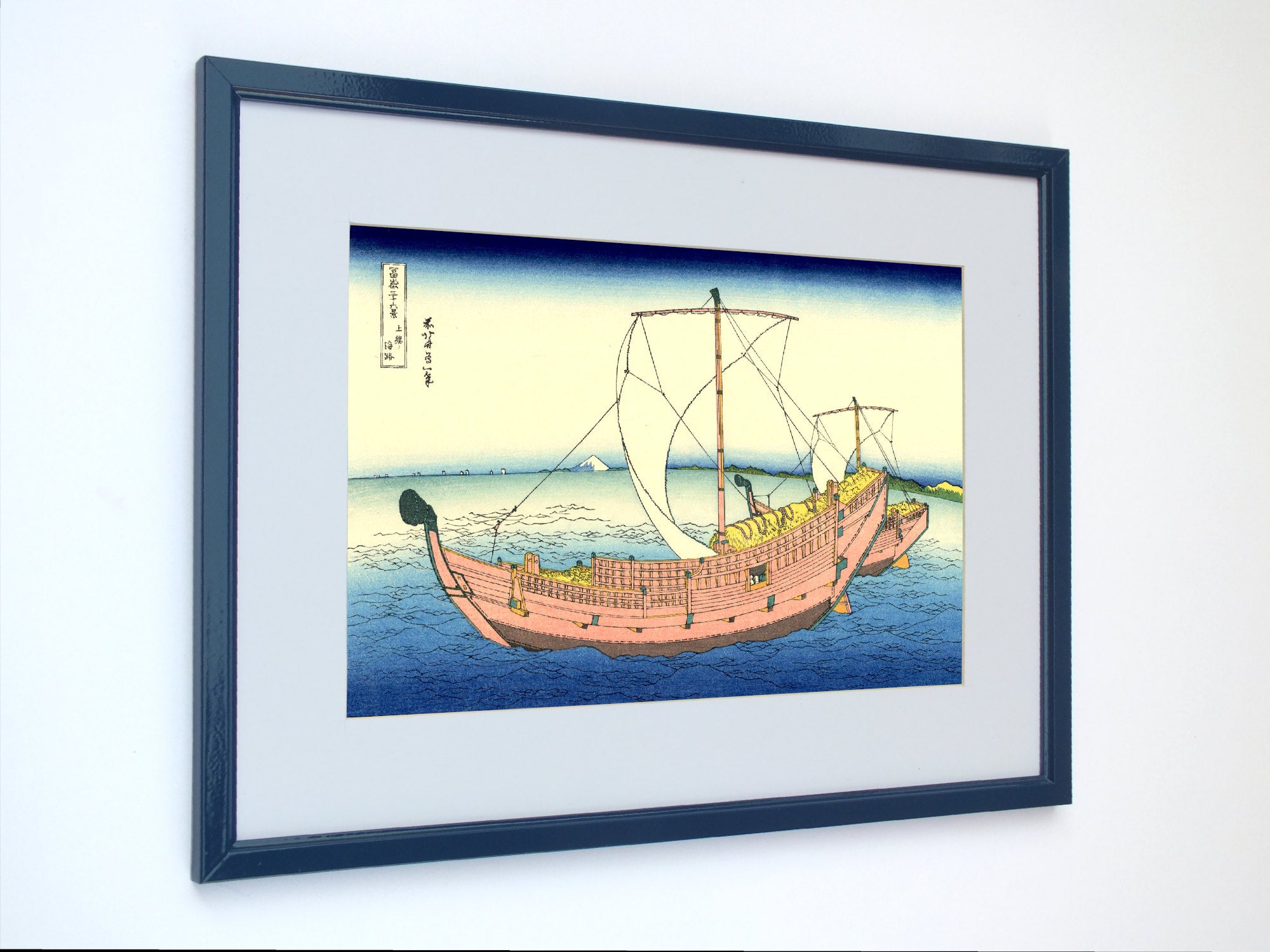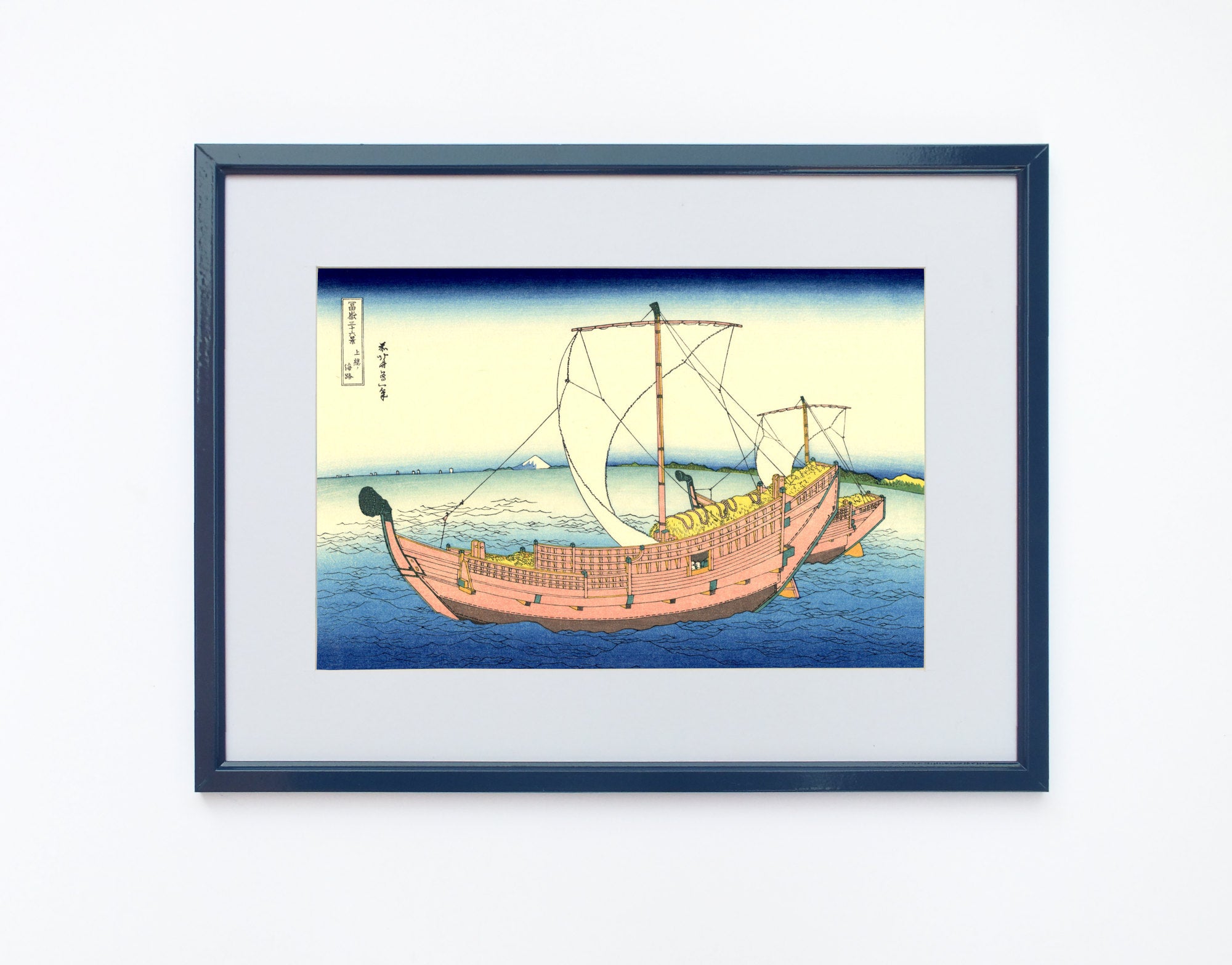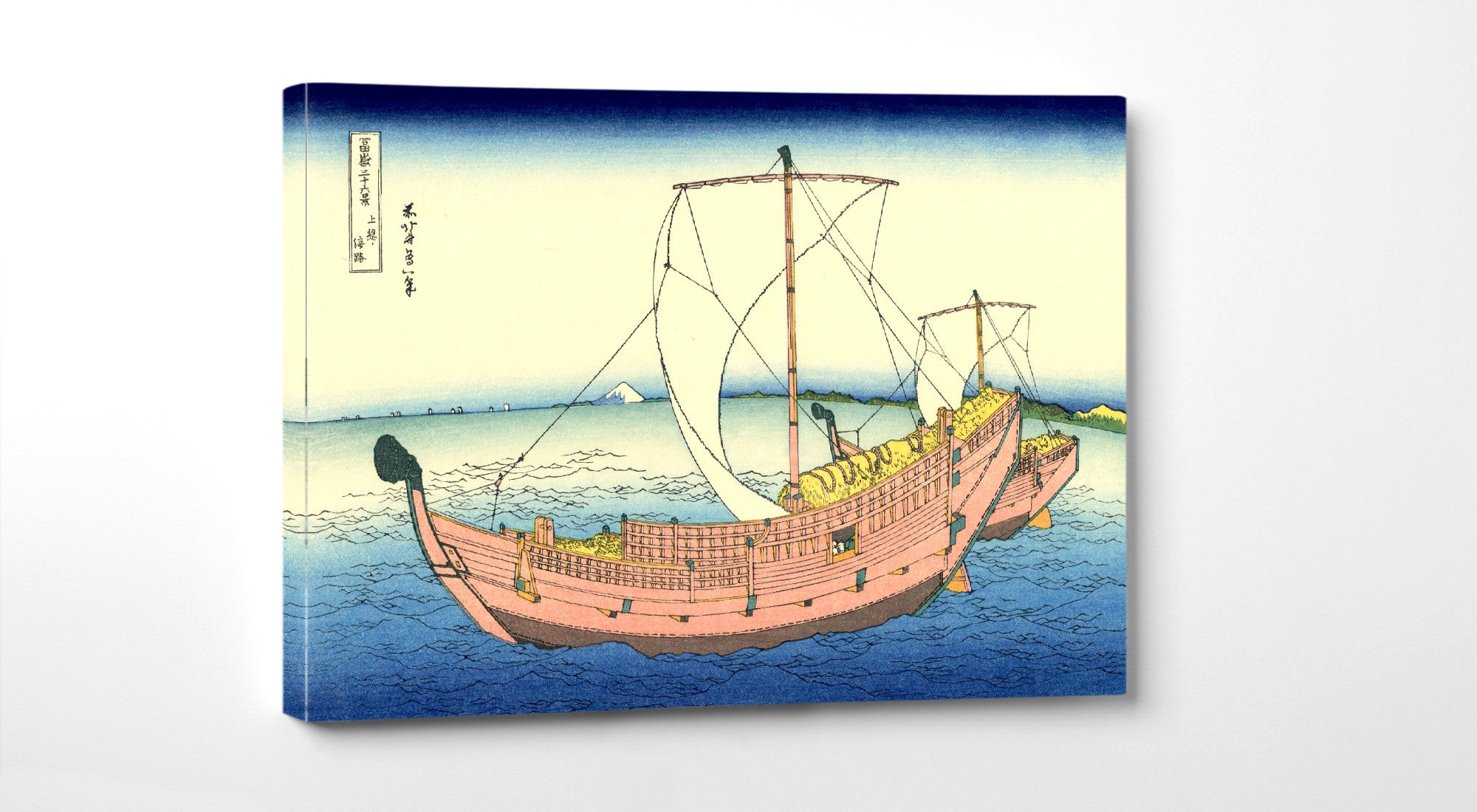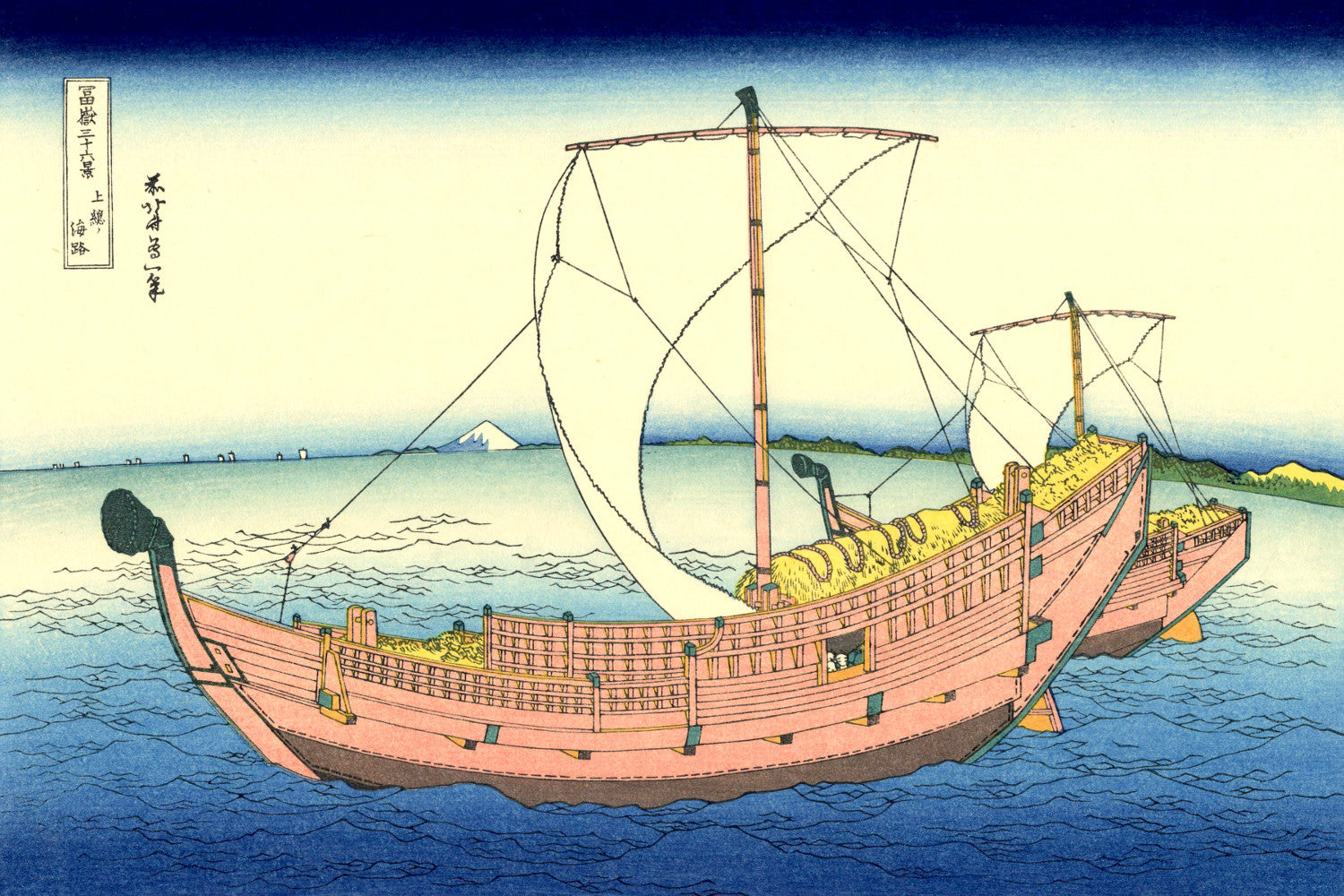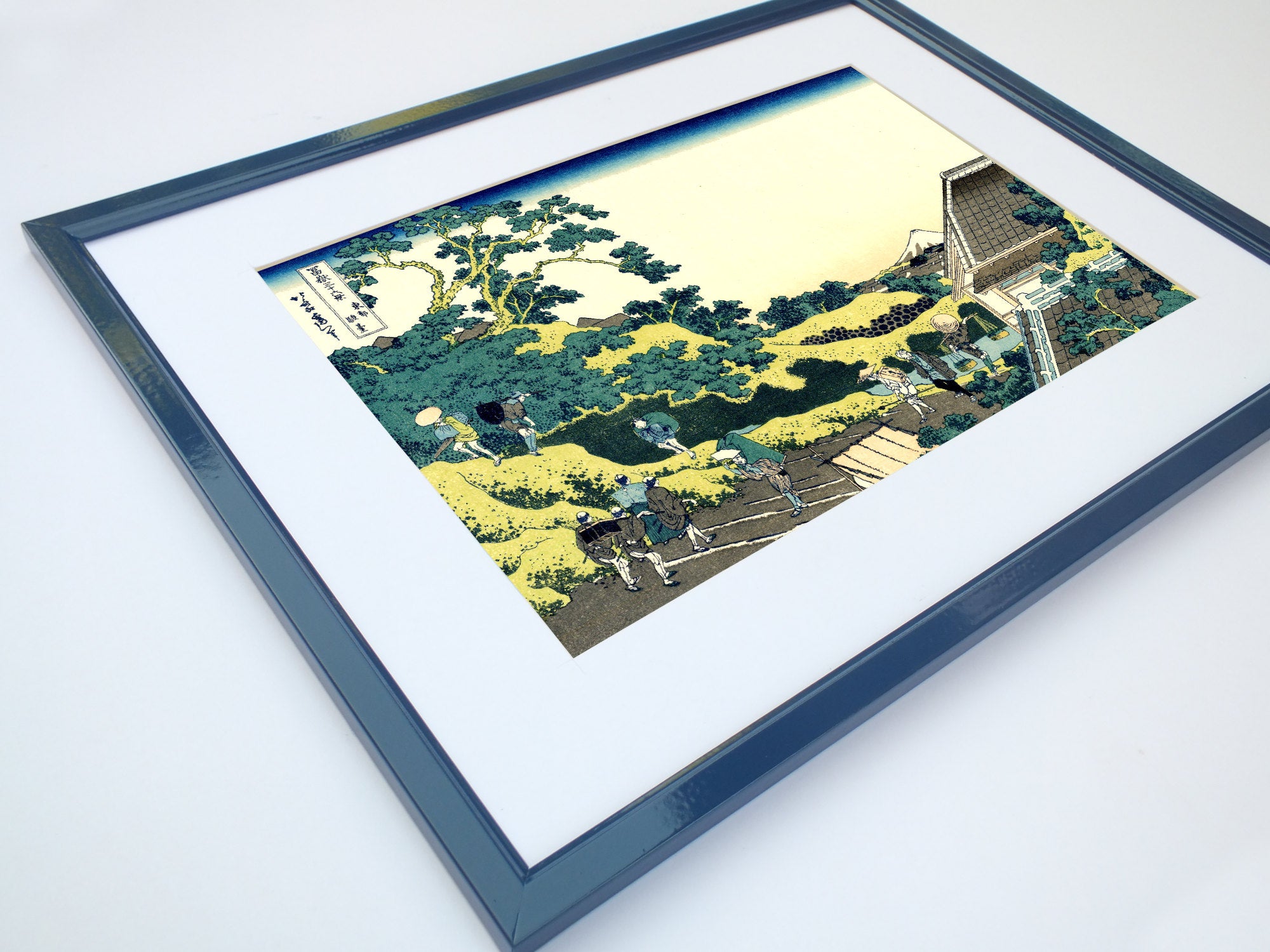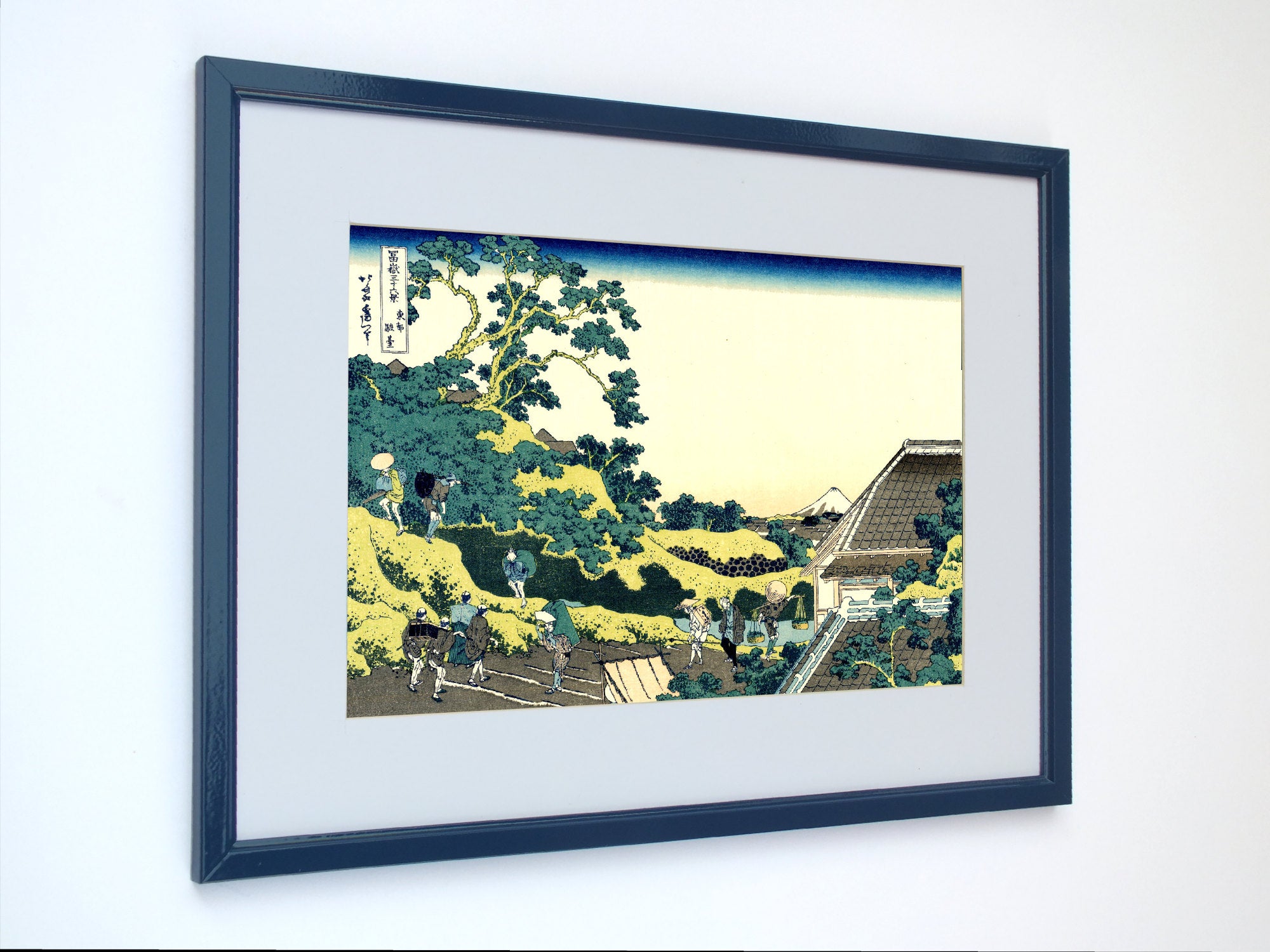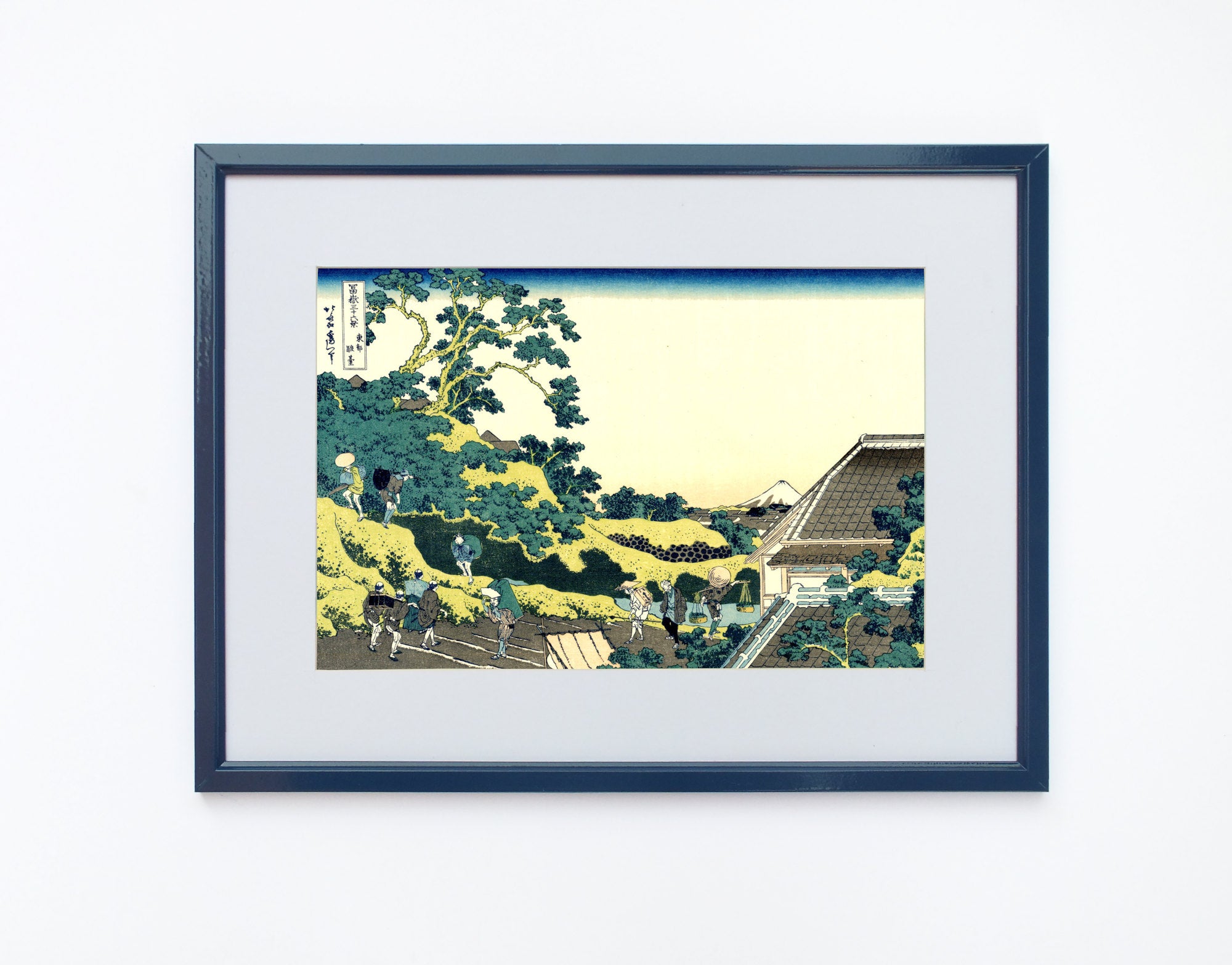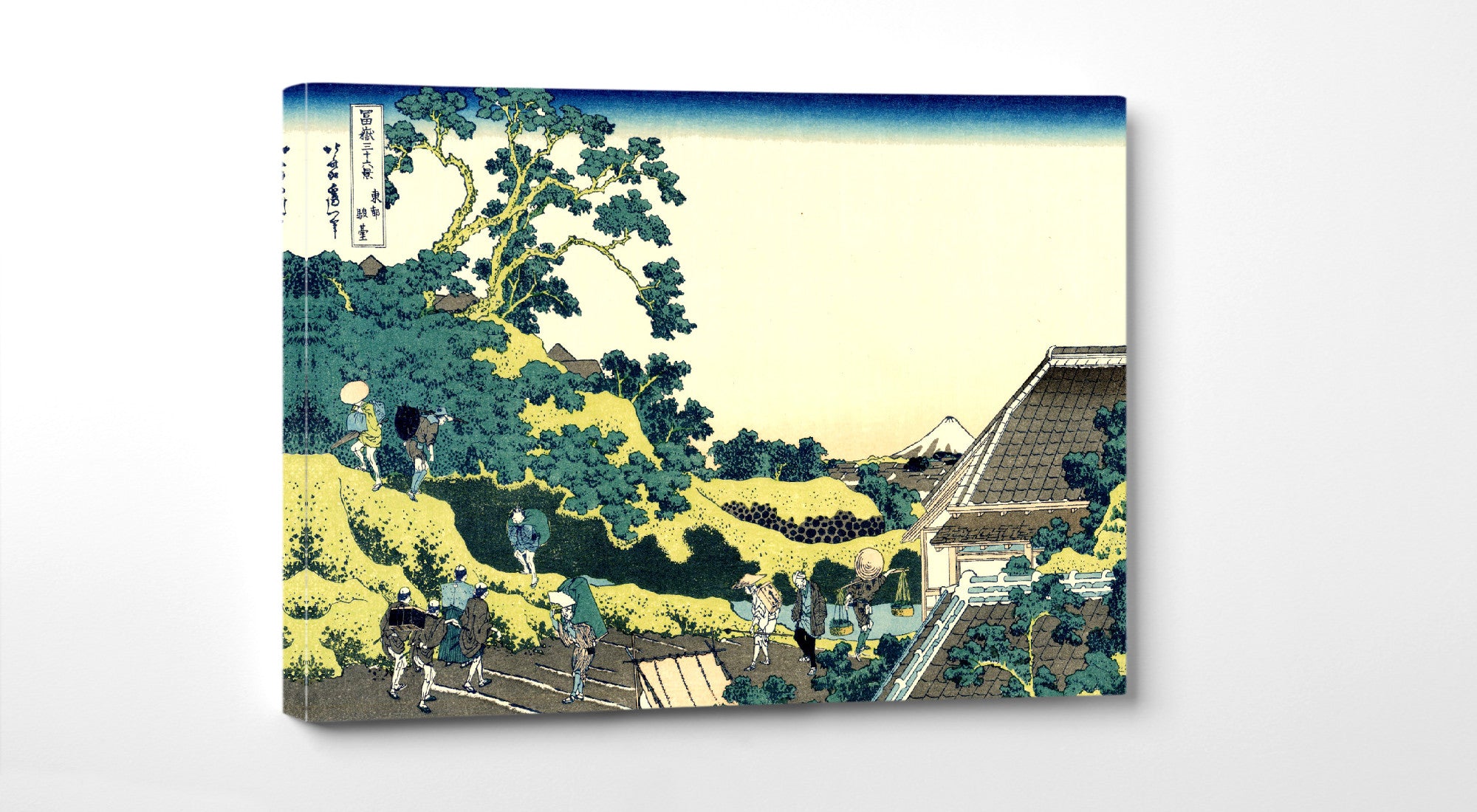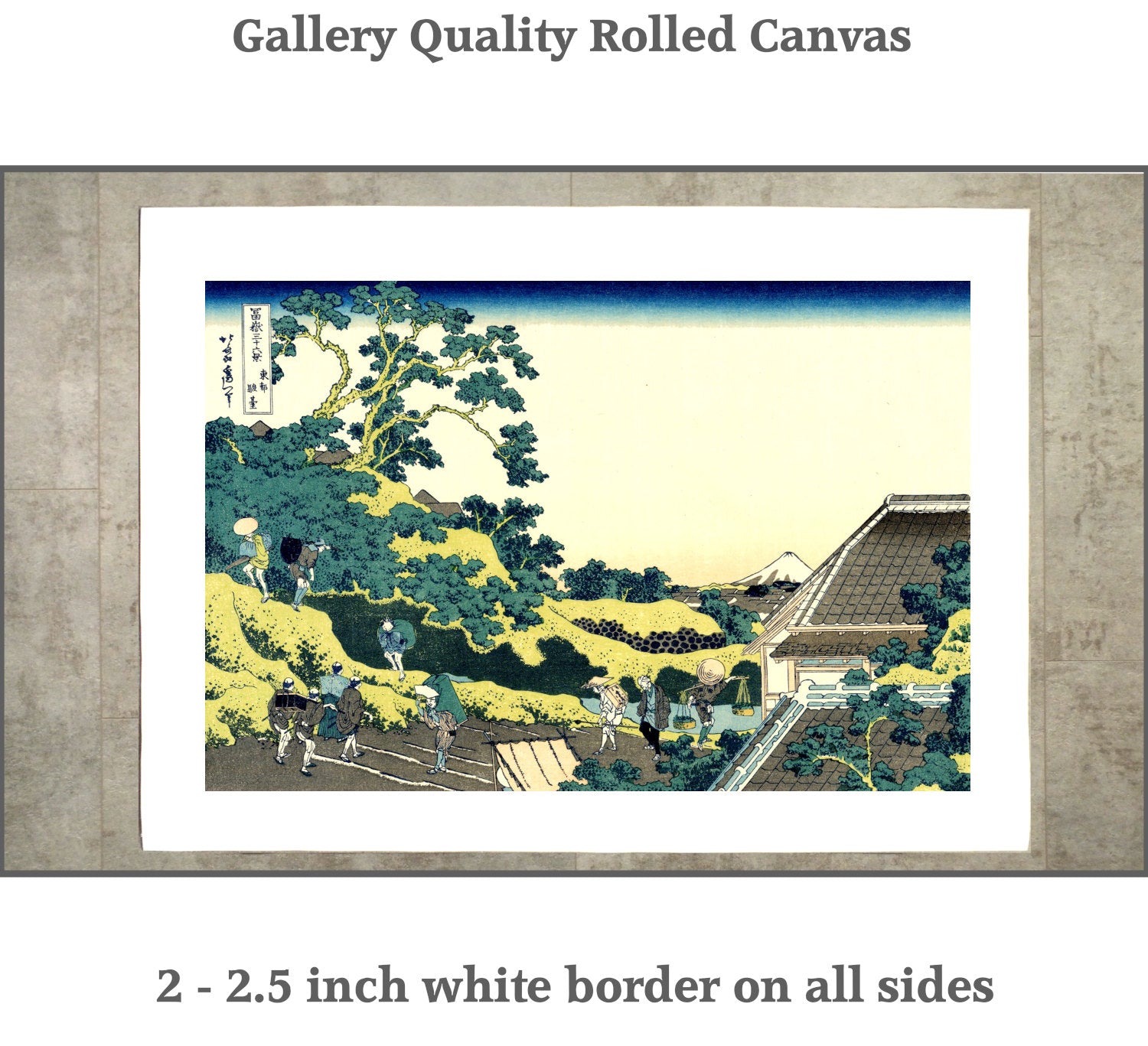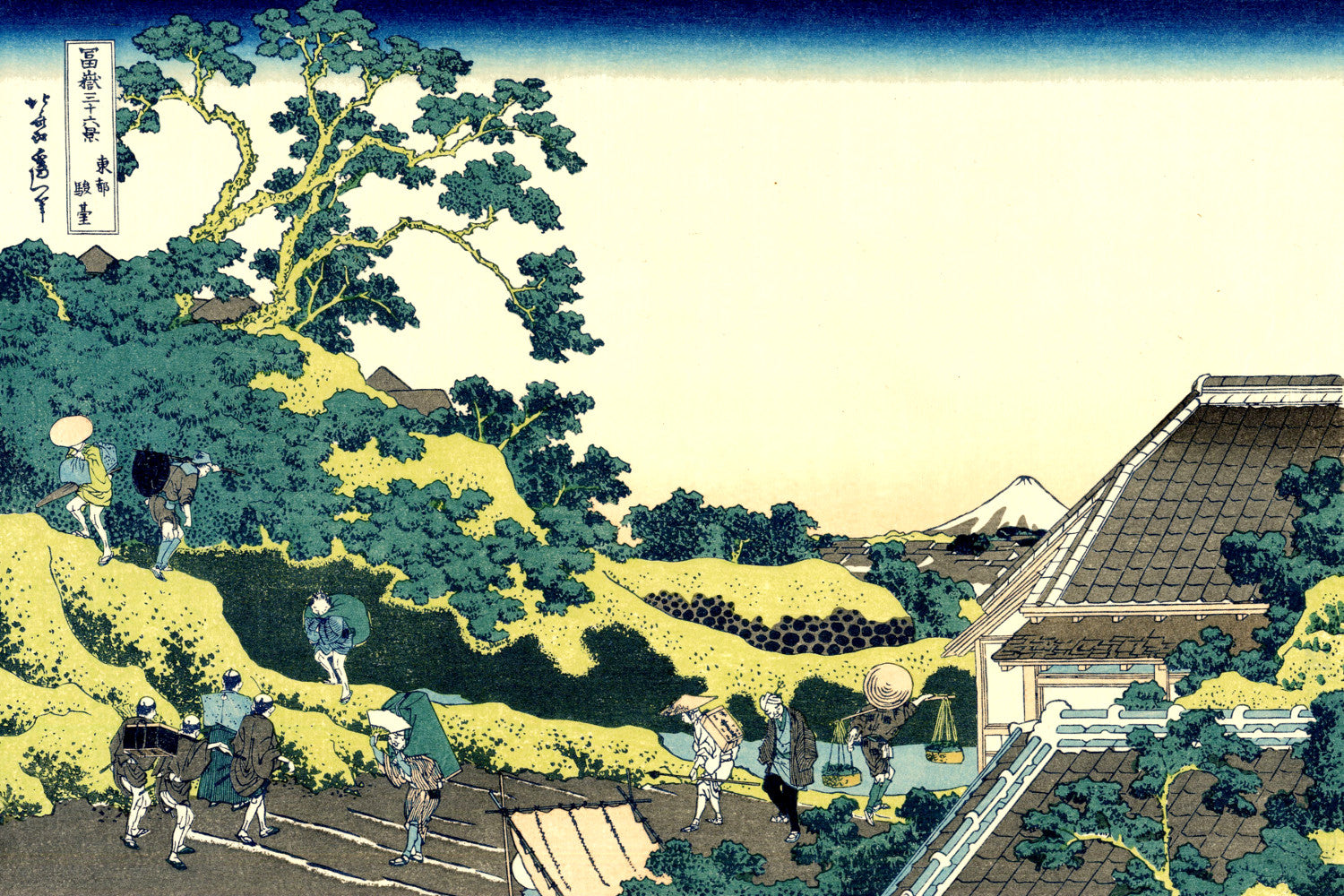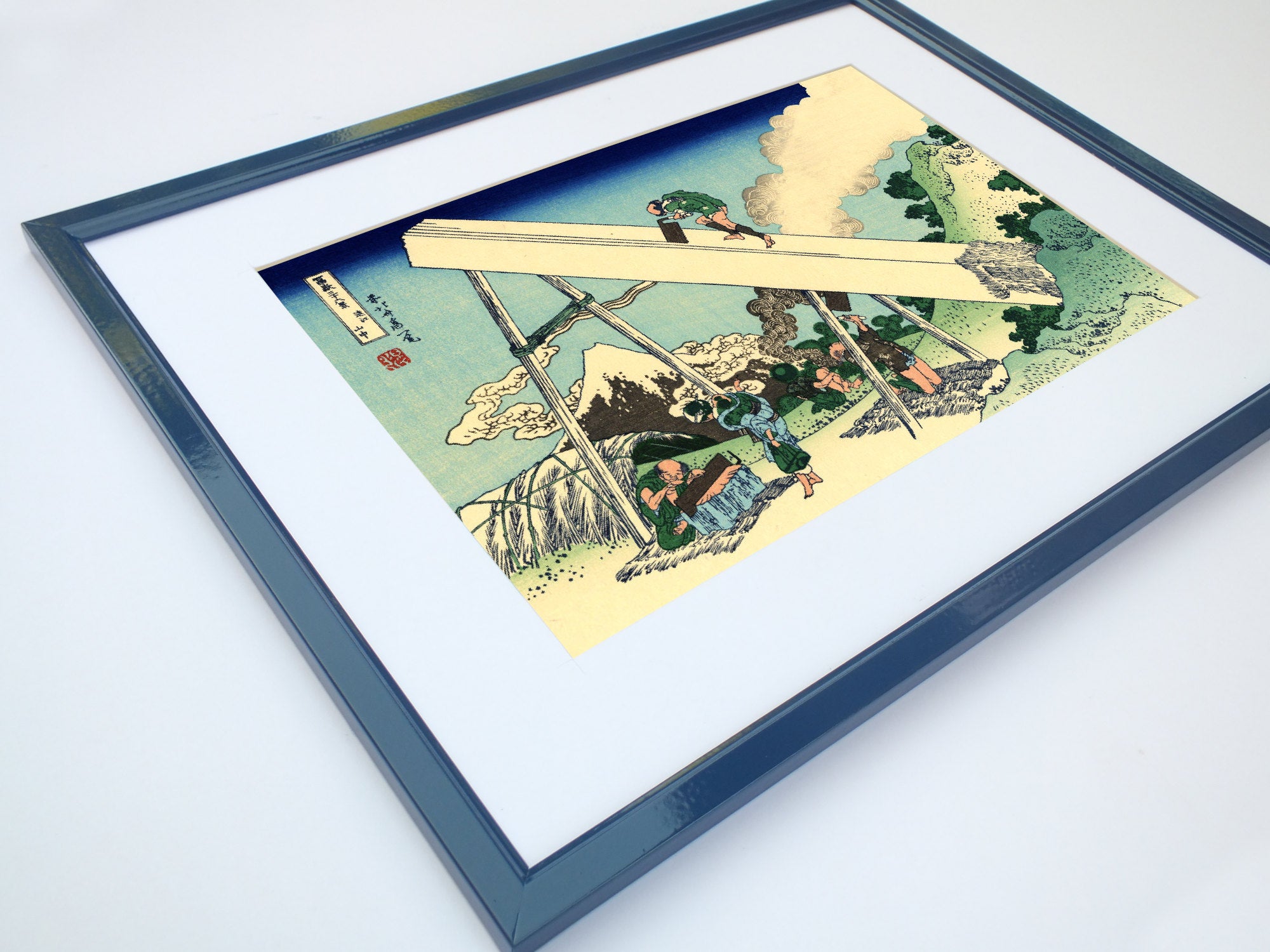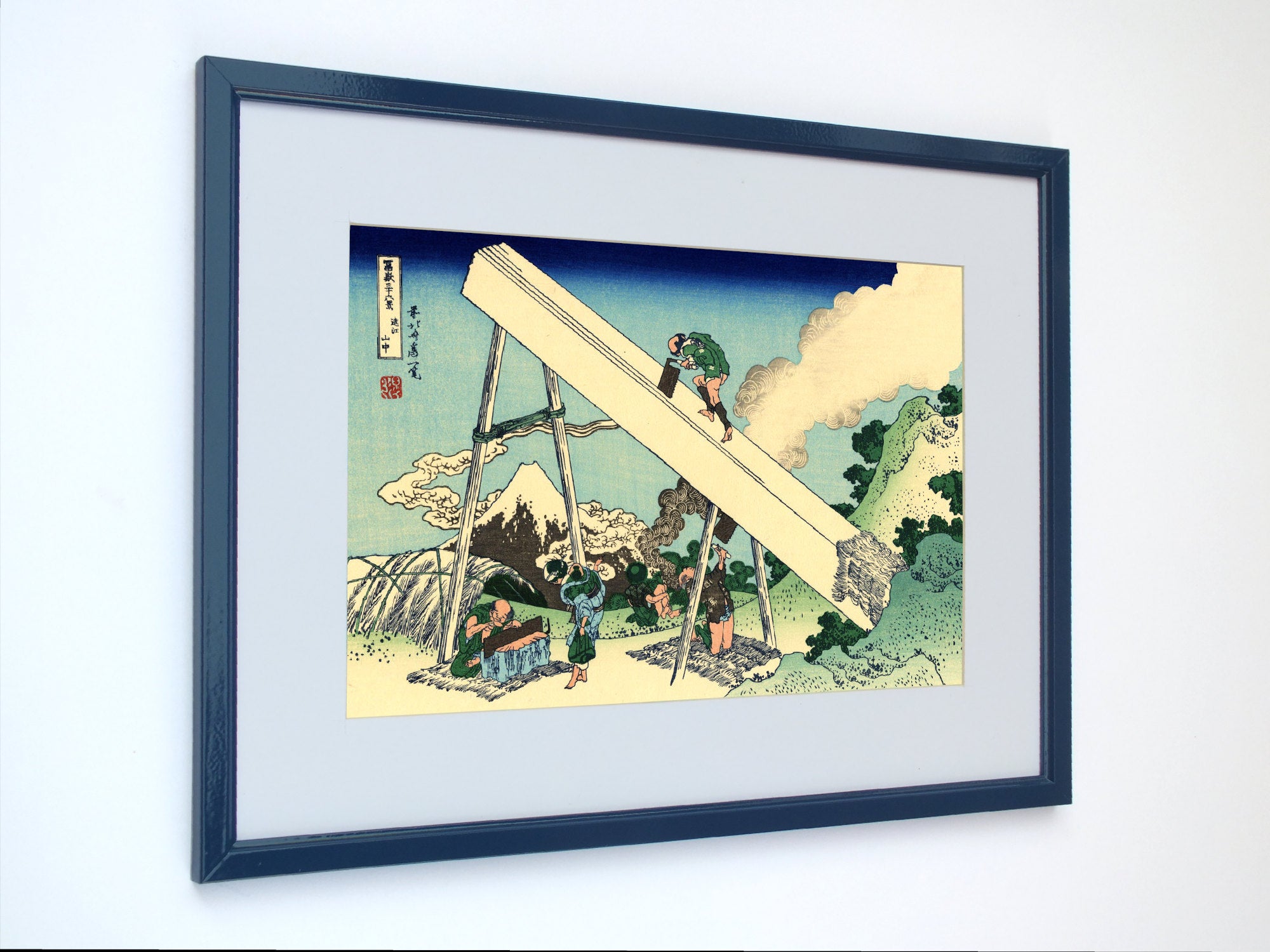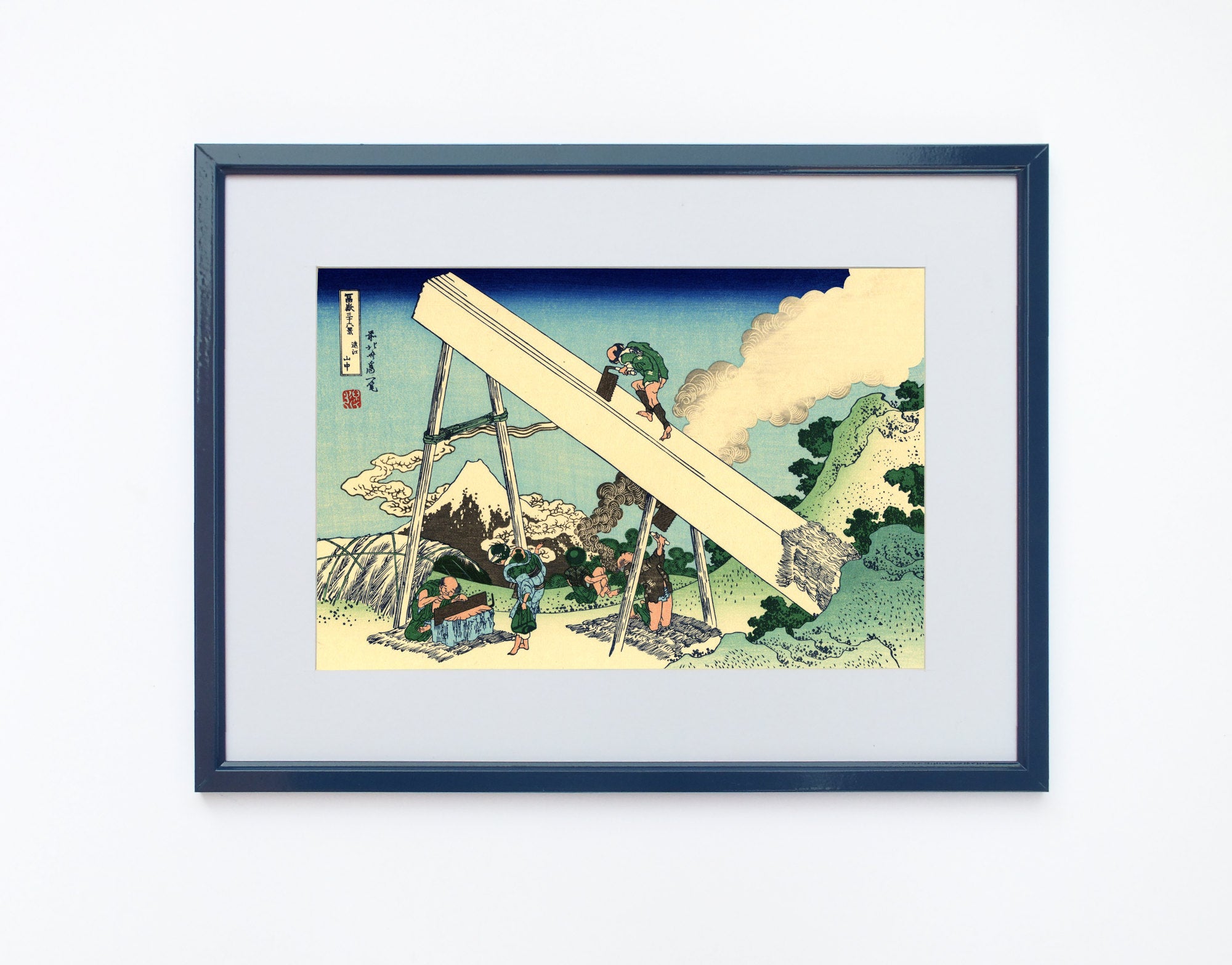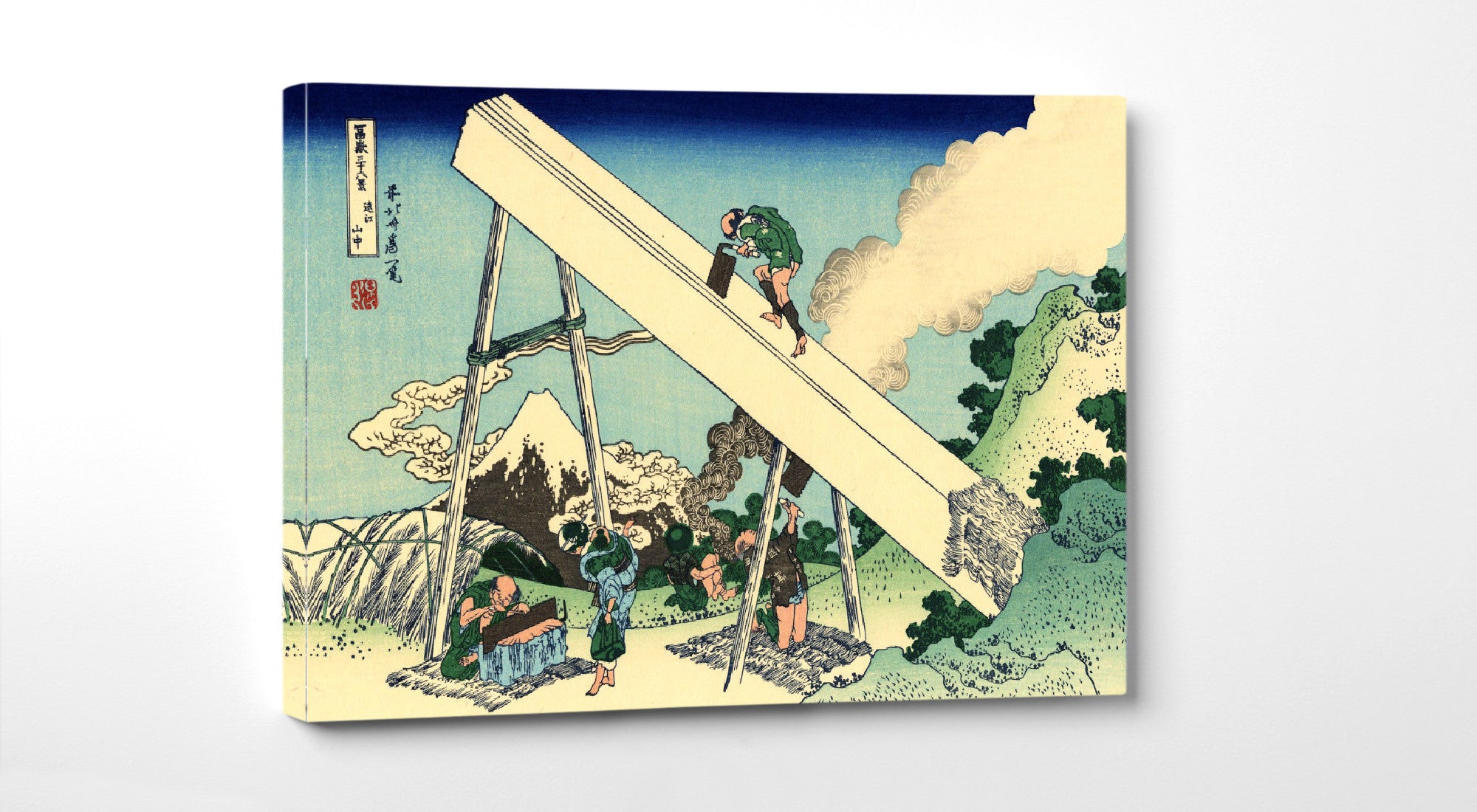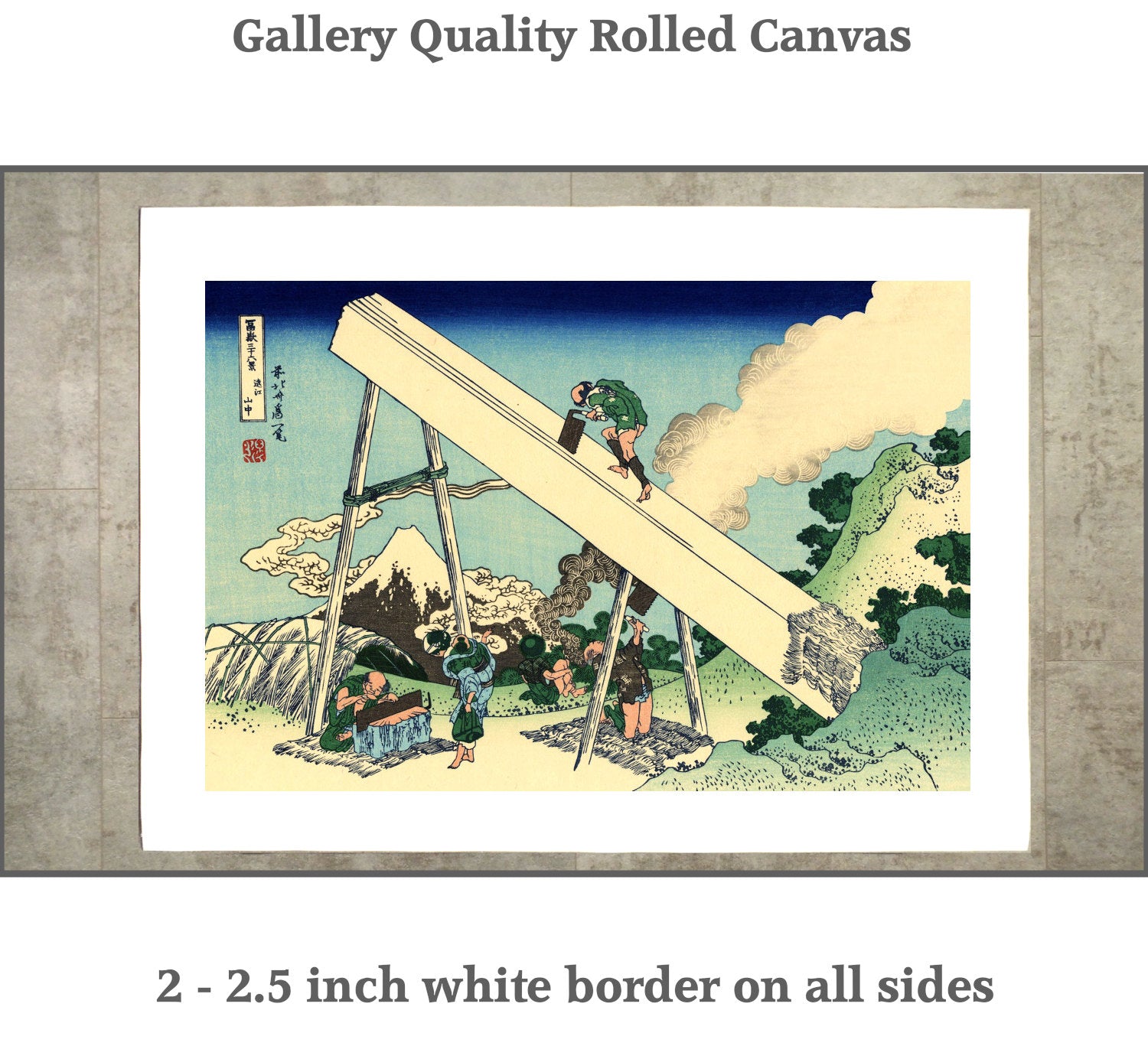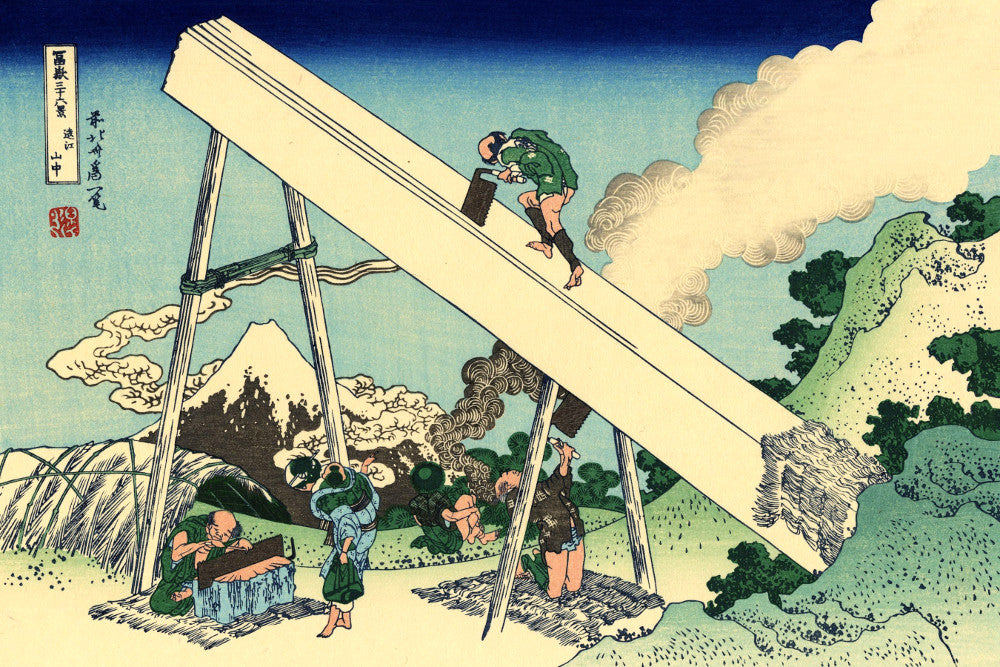Table of Contents:[hide]
Katsushika Hokusai's iconic series "Thirty-Six Views of Mount Fuji," created between 1830 and 1832, stands as a masterpiece of Japanese ukiyo-e art. However, its impact extends far beyond the borders of Japan, playing a pivotal role in shaping Western art and giving rise to the phenomenon known as Japonisme. This article explores how Hokusai's groundbreaking work influenced Western artists and art movements, forever changing the course of global art history.
The Opening of Japan and the Discovery of Ukiyo-e
For over two centuries, Japan had maintained a policy of isolation known as sakoku. This changed in 1853 when American Commodore Matthew Perry forced Japan to open its ports to foreign trade. As Japan's borders opened, a flood of Japanese art and culture began to reach the West, including ukiyo-e prints.
Among these prints, Hokusai's "Thirty-Six Views of Mount Fuji" captured the imagination of Western artists and collectors. The series, particularly "The Great Wave off Kanagawa," became emblematic of Japanese art and aesthetics in the Western mind.
Key Elements of Hokusai's Style
Several aspects of Hokusai's style in the "Thirty-Six Views" series particularly impressed Western artists:
- Bold Compositions: Hokusai's use of dramatic angles and unconventional perspectives challenged Western artistic norms.
- Flatness and Lack of Perspective: The flattened picture plane and absence of traditional Western perspective techniques offered a new way of representing space.
- Vibrant Colors: The series showcased a bold and harmonious use of color, particularly the distinctive "Prussian blue."
- Integration of Text and Image: The inclusion of calligraphy within the image was novel to Western eyes.
- Emphasis on Everyday Subjects: Hokusai's focus on ordinary people and daily life aligned with emerging trends in Western art.
36 Views of Mount Fuji, Under Mannen Bridge at Fukagawa
Influence on Impressionism
The Impressionist movement, which emerged in the 1860s, was significantly influenced by Japanese ukiyo-e prints, including Hokusai's work. Artists like Claude Monet, Edgar Degas, and Camille Pissarro found in Hokusai's prints a validation of their own efforts to capture fleeting moments and atmospheric effects.
Monet, in particular, was an avid collector of Japanese prints. His painting "La Japonaise" (1876) directly references his fascination with Japanese culture. The flattened perspective and bold use of color in many Impressionist works can be traced back to the influence of ukiyo-e prints like Hokusai's.
Post-Impressionism and Van Gogh
Vincent van Gogh, a key figure in the Post-Impressionist movement, was profoundly influenced by Japanese art, especially Hokusai's. Van Gogh collected ukiyo-e prints and even created his own copies of some, including Hokusai's "The Courtesan" (after Eisen).
The bold outlines, flat areas of color, and unconventional compositions seen in Van Gogh's later works owe much to his study of Japanese prints. His famous painting "The Starry Night" (1889) echoes the swirling patterns and stylized nature of Hokusai's "Great Wave."
Art Nouveau and Decorative Arts
The influence of Hokusai and other ukiyo-e artists extended beyond painting into the realm of decorative arts and design. The Art Nouveau movement, which emphasized organic, flowing lines and natural motifs, drew significant inspiration from Japanese art.
Artists and designers like Émile Gallé and Louis Comfort Tiffany incorporated elements of Japanese design into their glasswork and decorative objects. The stylized waves and flora seen in many Art Nouveau pieces can be traced back to motifs in Hokusai's prints.
Influence on Composition and Framing
Hokusai's innovative approach to composition had a lasting impact on Western art. His use of asymmetrical layouts, cropping, and diagonal lines challenged the traditional Western emphasis on symmetry and central focus.
Western artists began to experiment with more dynamic compositions, often leaving large areas of the canvas empty or cropping figures in unexpected ways. This approach can be seen in the works of artists like Edgar Degas and Mary Cassatt.
The Rise of Japonisme
The term "Japonisme" was coined by French art critic Philippe Burty in 1872 to describe the influence of Japanese aesthetics on Western art and culture. Hokusai's "Thirty-Six Views of Mount Fuji" played a crucial role in shaping this movement.
Japonisme extended beyond the visual arts into literature, music, and even fashion. It represented a broader fascination with Japanese culture and aesthetics that permeated Western society in the late 19th and early 20th centuries.
Long-lasting Impact
The influence of Hokusai's "Thirty-Six Views of Mount Fuji" on Western art cannot be overstated. It challenged Western artistic conventions, offered new approaches to composition and color, and helped spark a revolution in how artists perceived and represented the world.
This influence continues to be felt today. Contemporary artists still draw inspiration from Hokusai's innovative techniques and bold style. The "Great Wave" has become one of the most recognizable and reproduced images in the world, its influence extending into popular culture and digital media.
Conclusion
Hokusai's "Thirty-Six Views of Mount Fuji" series served as a bridge between Eastern and Western art traditions, catalyzing a dramatic shift in Western artistic sensibilities. By challenging established norms and introducing new aesthetic principles, Hokusai and his contemporaries opened up new possibilities for artistic expression that continue to resonate in the global art world today.
The enduring legacy of this series reminds us of the power of art to transcend cultural boundaries and spark creative revolution. As we continue to grapple with questions of artistic influence and cultural exchange in our increasingly interconnected world, the story of Hokusai's influence on Western art remains as relevant and inspiring as ever.
Related Articles
Ukiyo-e Art: A Journey Through Japanese Woodblock Prints
36 Views of Mount Fuji

